(RNS) — With no time even to wash her clothes as the Russians approached Mariupol a year ago, in southern Ukraine, Kalakeli Devi Dasi fled her native city with only a small suitcase filled with her dirty laundry. She also took with her a letter she was unable to deliver to her mother before Kalakeli and her friends joined a large convoy of cars heading southwest to the city of Berdyansk.
“It was very scary and we did not know what to expect,” said Kalakeli of the escape. “We saw much destruction. I saw burnt and torn bodies. It was a terrible and frightening sight. … We kept chanting the holy names of the Lord the whole way.”
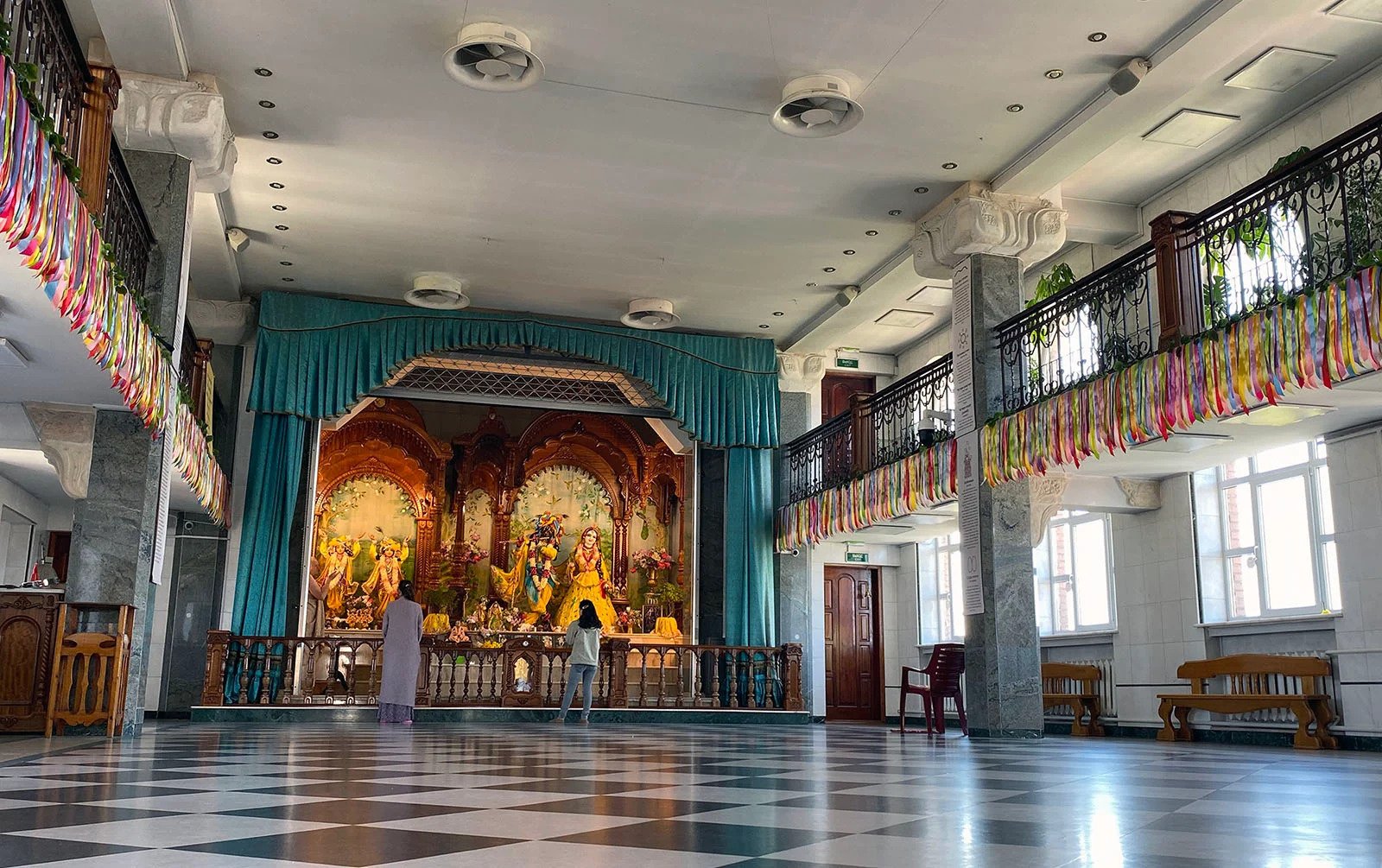
Kalakeli is one of an estimated 15,000 Hare Krishnas who call Ukraine home, many of whom have continued their daily practice and serve their neighbors, even as several of their roughly 30 ISKCON temples have been damaged or destroyed and their communities scattered.
The Hare Krishna movement, whose formal name is the International Society of Krishna Consciousness, or ISKCON, has been active in Eastern Europe since 1971, when ISKCON’s founder, A.C. Bhaktivedanta Swami Prabhupada, traveled to the Soviet Union in the company of Shyamsundar Das, a close friend of Beatle George Harrison.
Prabhupada arrived in New York in 1965 from Calcutta to spread in the West faith in the Hindu deity Lord Krishna. Related to the nearly 500-year-old Krishna consciousness movement in India, ISKCON is a monotheistic tradition within Hinduism whose main spiritual text is the Bhagavad Gita. Its adherents practice vegetarianism and meditation, Bhakti yoga and public chanting of Krishna’s names, and in the U.S. it is best known for its groups of saffron-clad devotees chanting mantras in public spaces or passing out literature on the street.
Having planted the seeds of ISKCON in the U.S., Prabhupada went to the Soviet Union in 1971 to teach the faith. From there, the theology spread underground by word of mouth, despite the Communist Party’s anti-religious agenda, eventually finding its way to Ukraine.
Other Hare Krishnas from abroad followed Prabhupada to continue to nurture the movement in the former Soviet Union. One of them, Niranjana Swami, a convert to ISKCON from Massachusetts, entered the U.S.S.R. under the guise of a tourist in the late 1980s but broke away from his tour at night to lecture in small, packed apartments, teaching as many as 100 people on an evening.
“I felt these people were so sincerely looking for God, because it had been suppressed in their lives for so long by the regime, that I felt the regime actually did much to expand God consciousness,” said Niranjana Swami. “Anything beyond the party line was, to them, seen as a potential message from the divine.”
He was in Russia when the Soviet Union collapsed. “I happened to be in Moscow when Yeltsin was standing on the tanks around the parliament building.”
Now 70 and a governing body commissioner for ISKCON, Niranjana Swami oversees communities in Moldova, Belarus, Lithuania and Ukraine, traveling widely and visiting Ukraine when he can.
When the war broke out in Ukraine in 2022, local devotees turned to Niranjana Swami for support and guidance, and he began lecturing via Zoom. His collection of lectures about the war were recently compiled and published in a book titled, “Krishna Protects His Devotees.”
Niranjana Swami also helped mobilize the worldwide ISKCON community to raise thousands of dollars for those suffering from the effects of the war. Share Your Care, based in Kyiv, aims to help Hare Krishnas and their families relocate from conflict zones, supplement their loss of income and distribute food. Since the war began, an estimated 2 million plates of food have been distributed by ISKCON to Ukrainians in need.
The war has claimed the lives of at least five Hare Krishna devotees, and devastation in Kramatorsk and Bakhmut has cost the local communities its temples. In the face of this violence, deities have been relocated while larger temple rooms have been closed and their basements converted into bomb shelters.
Temple services and programs have resumed in cities in safer locales, while on the streets of Kyiv and other cities west of there, public chanting and book distribution have also resumed.
Much of this activity is overseen by Acyuta Priya, ISKCON’s zonal supervisor for Ukraine. Born to a staunchly Communist family when Ukraine was still a Soviet state, he joined the underground movement in 1980. “Of course I hated the Communist regime, because it wasn’t allowing me to dedicate my life to God,” he said.
The war has ended his normally itinerant existence; he is currently staying in a contact’s basement sauna in Chernivtsi, though he travels to various cities when possible. According to Acyuta Priya, 71 of the nearly 100 Hare Krishna community groups are still operating, serving Hare Krishnas and their neighbors. He said they continue to see new people joining the movement.
“People just come, they want to help and they have this volunteer spirit,” said Acyuta Priya. “I will tell you honestly, I am native Ukrainian, here from my birth, and I have never seen people be so united. It was unexpected for me.”
He attributes the Hare Krishnas’ resilience to their faith. “You have to understand that the Lord controls everything, and we need to see this war as an opportunity to raise up and to grow, and to grow mostly by giving and not just be in survival mode… There is a need to dedicate yourself to a higher cause, and it should be practical, not just theoretical,” said Acyuta Priya.
But some, like Kalakeli, have found homes outside the country. She moved frequently during the early weeks of the invasion, moving from Berdyansk to Zaporizhia, then to Dnipro, before finally leaving Ukraine and finding shelter with a community of fellow devotees in Denmark.
For nearly two months, Kalakeli was unable to contact or locate her mother, sister and nephews back in Mariupol.
“My life became just an existence. Only ‘kirtan’ (devotional singing) dulled my pain for a while,” said Kalakeli. “Totally desperate, I began to have thoughts of going back and looking for my family.”
In April of last year, she was finally able to connect with her family via phone. They had all managed to stay safe back in Mariupol, but their home was destroyed in the war. They recently joined Kalakeli in Copenhagen.
“The war taught us a lot,” said Kalakeli. “The main thing I have learned is that no one can take God away from me. In such difficult situations, there was nothing else we could do but trust in Krishna. Love for God will end all wars.”

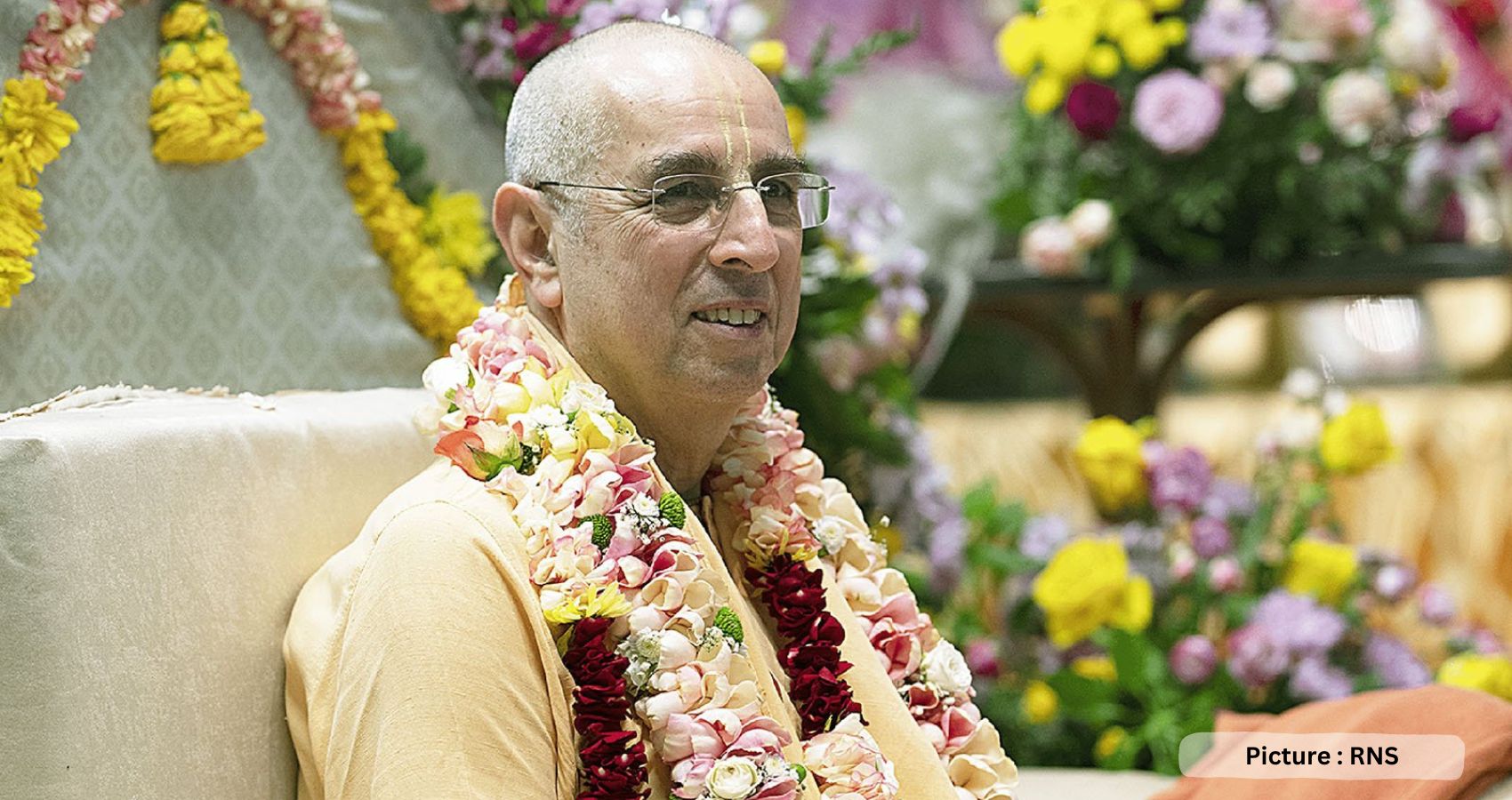
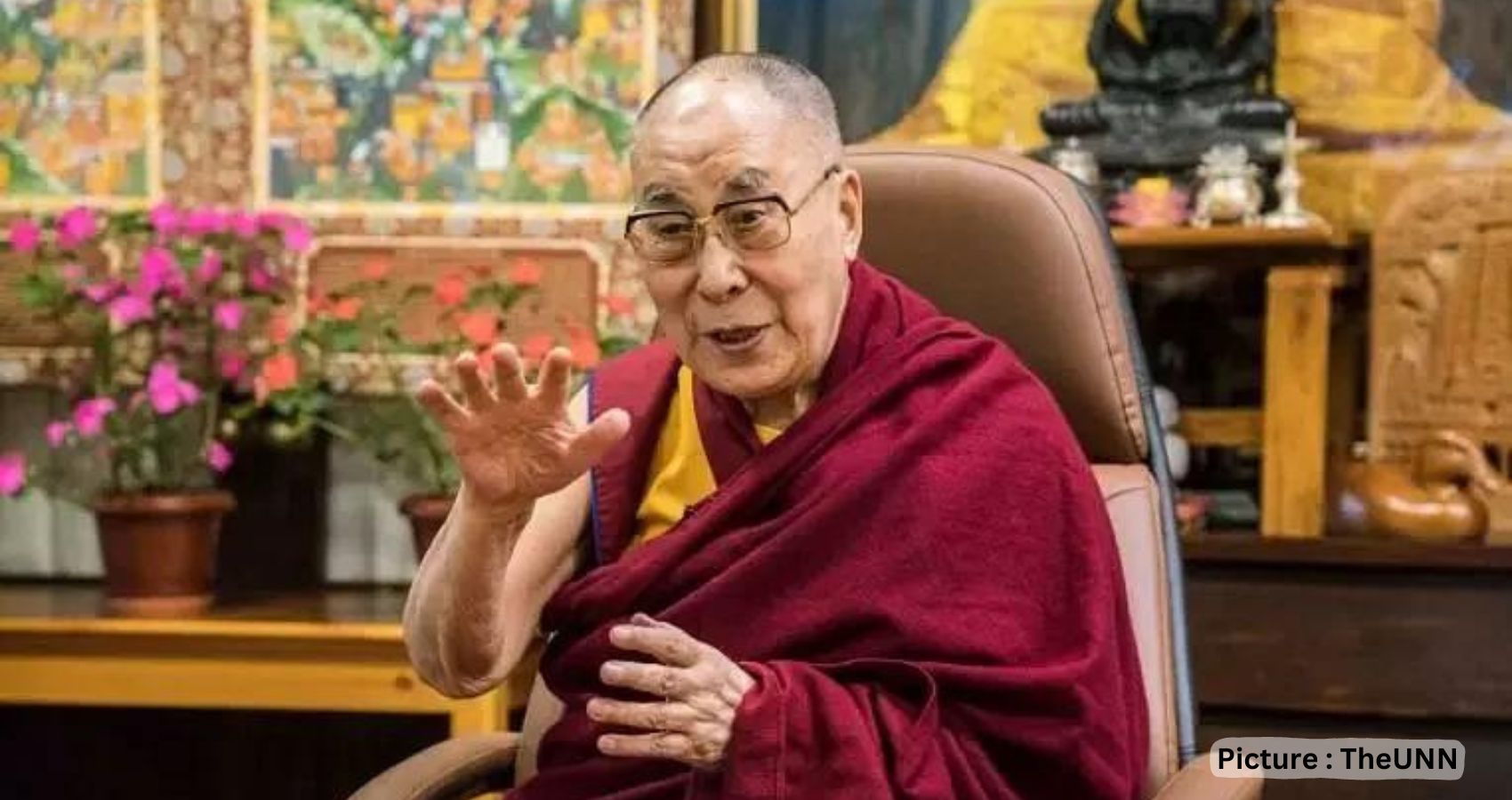
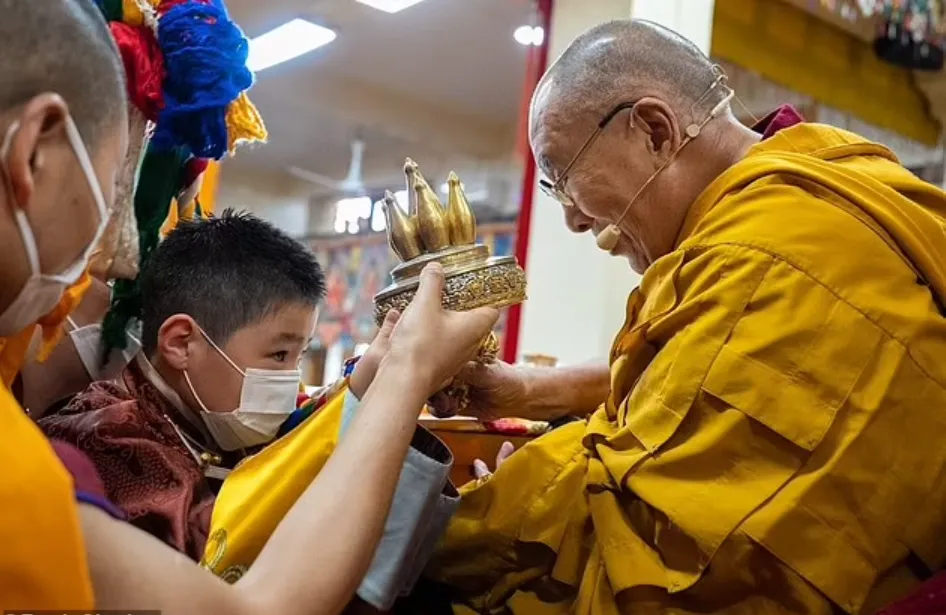
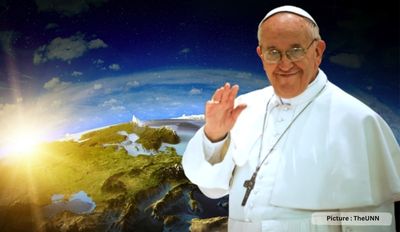

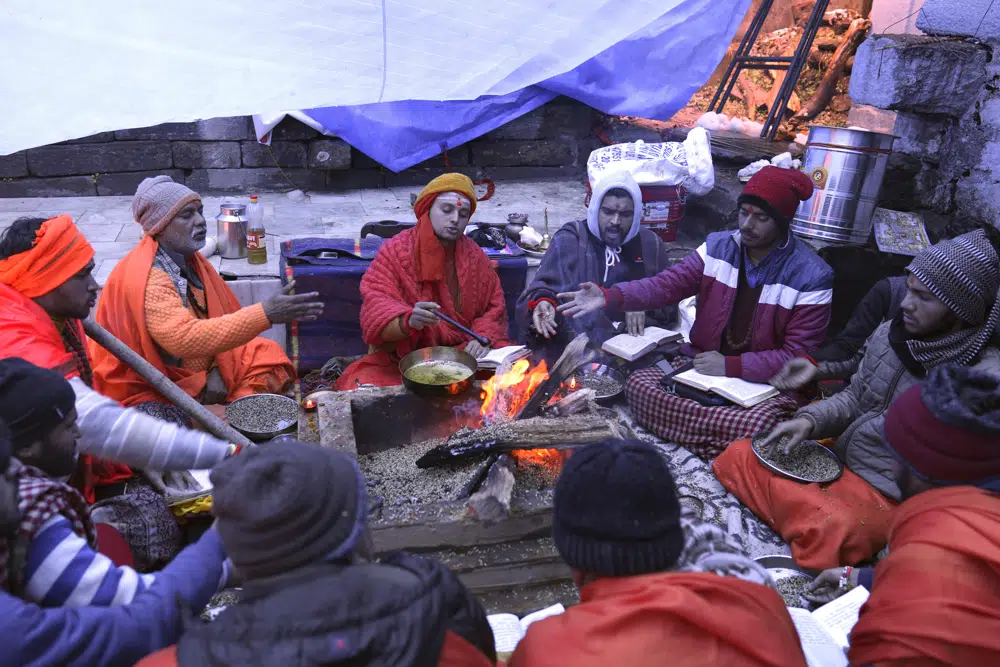
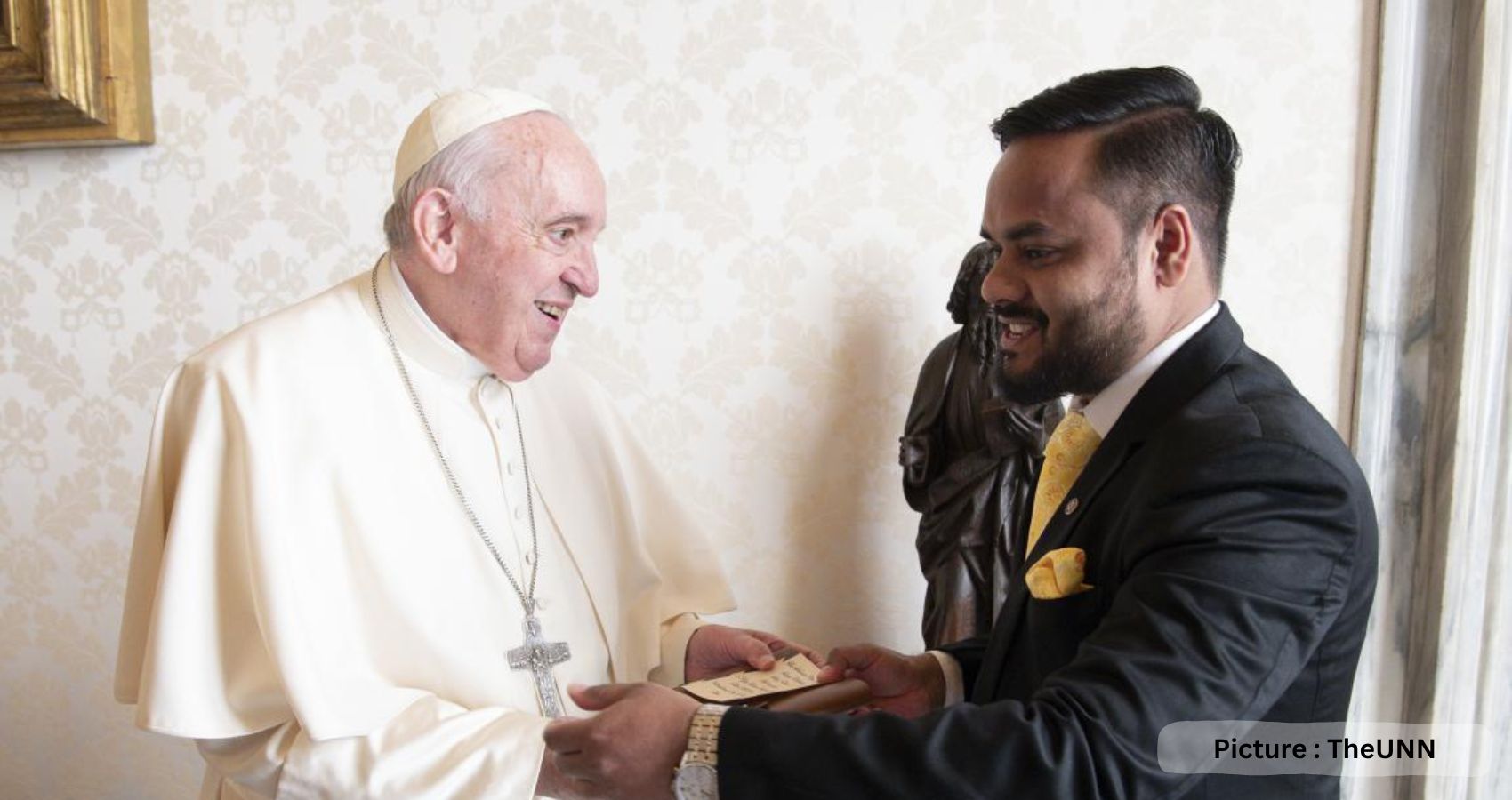
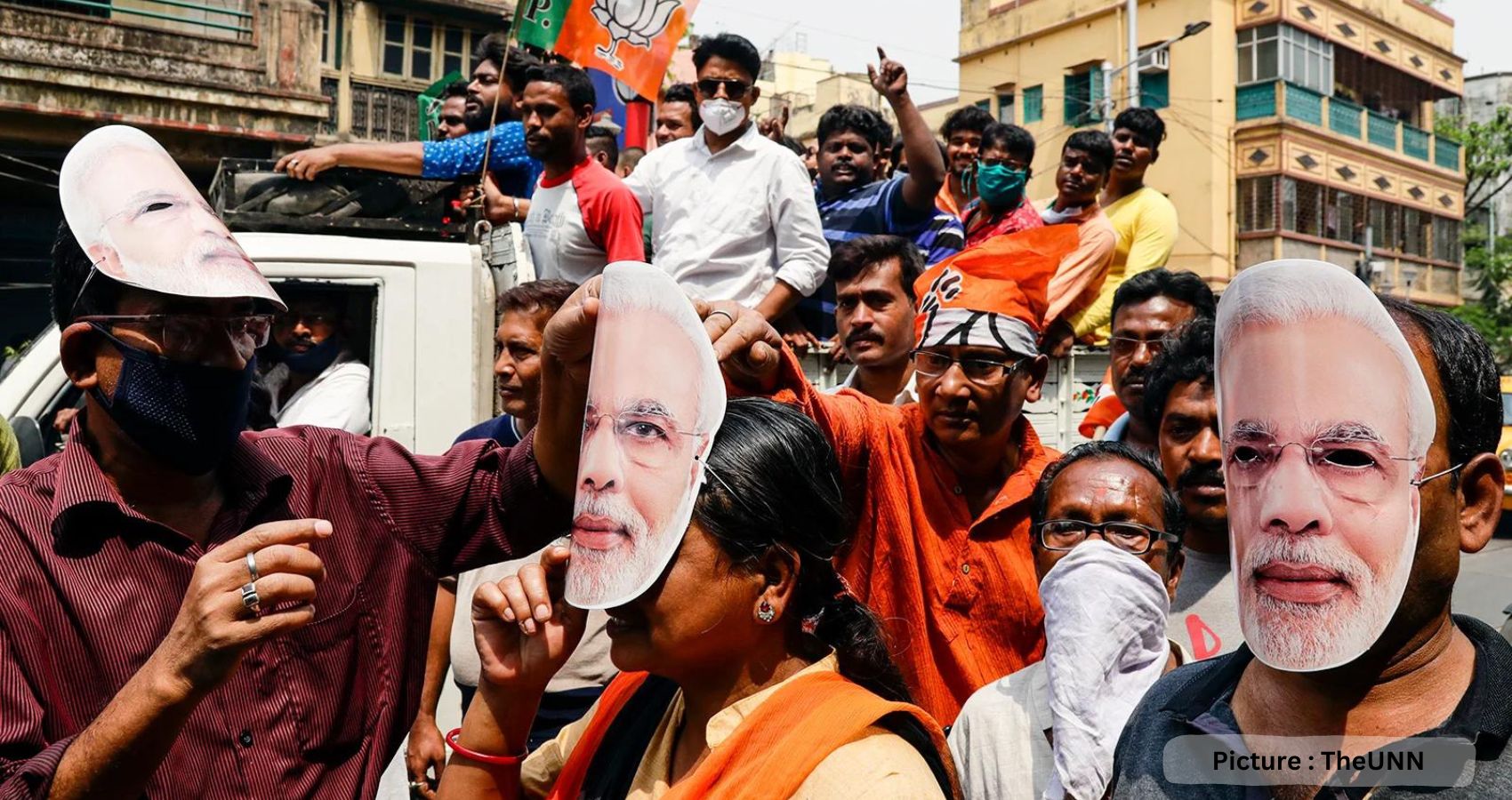
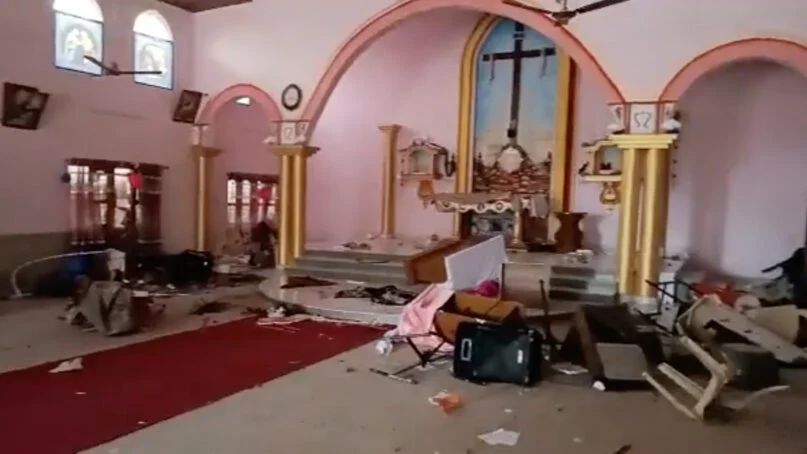
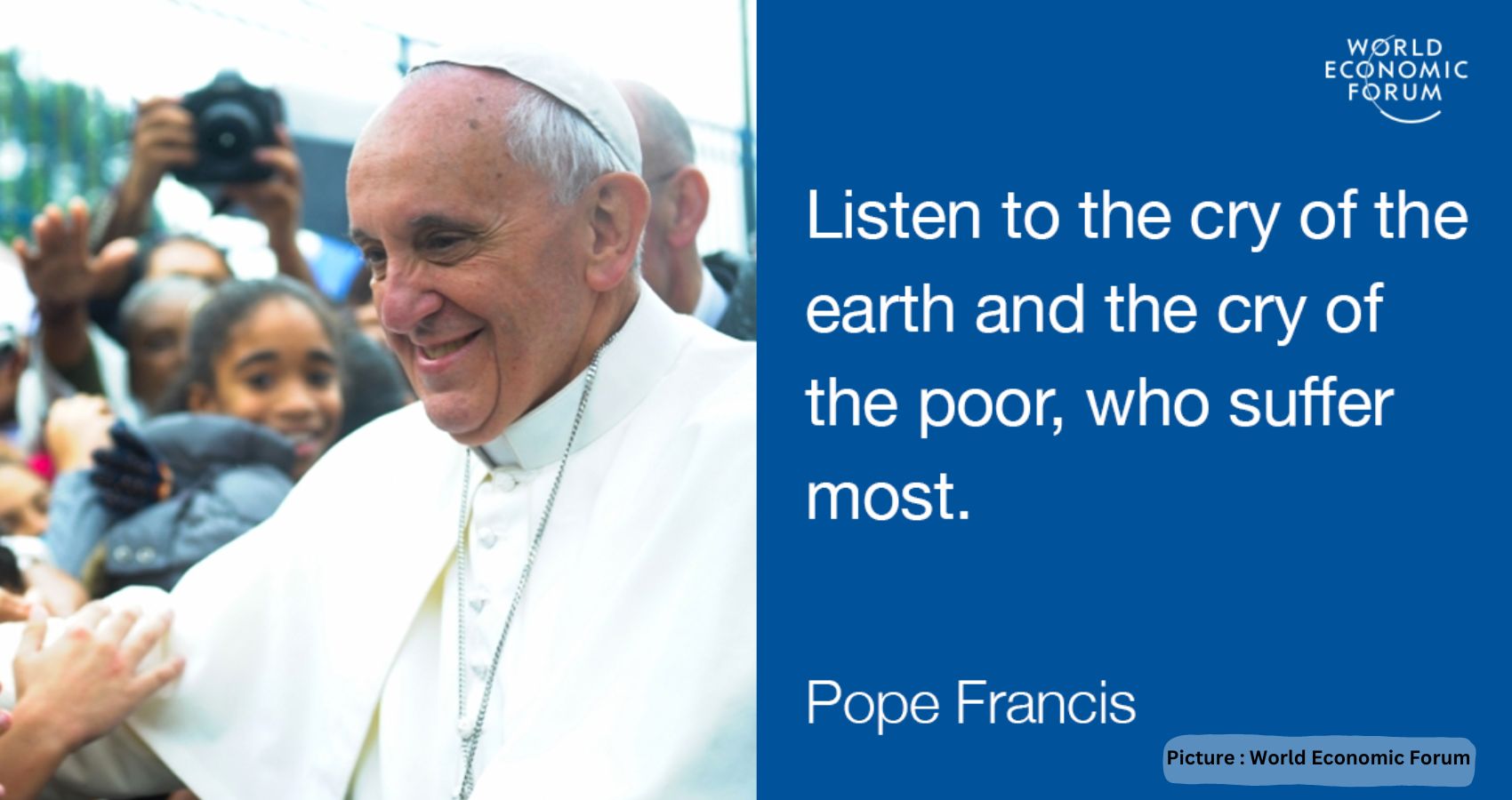

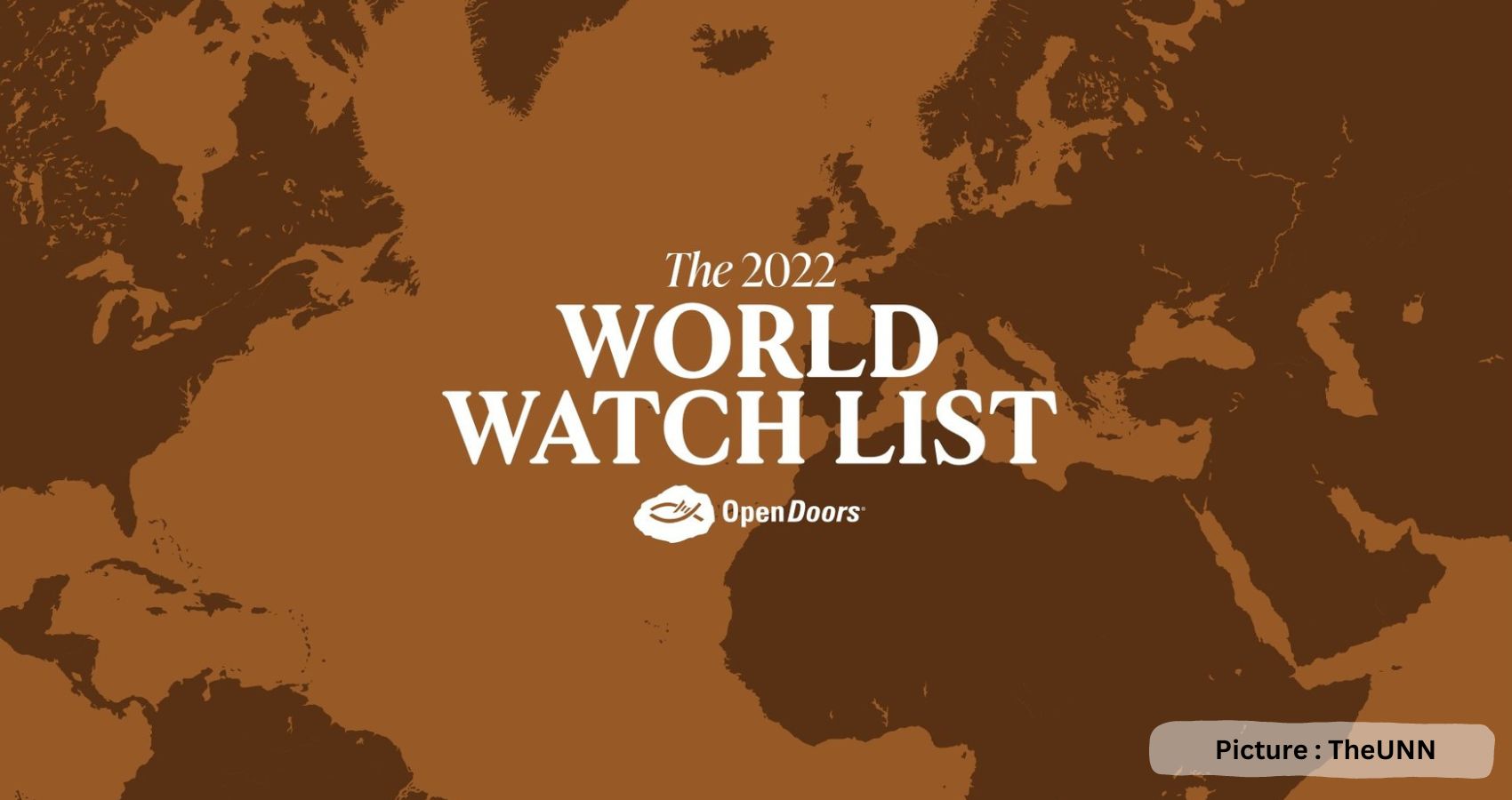
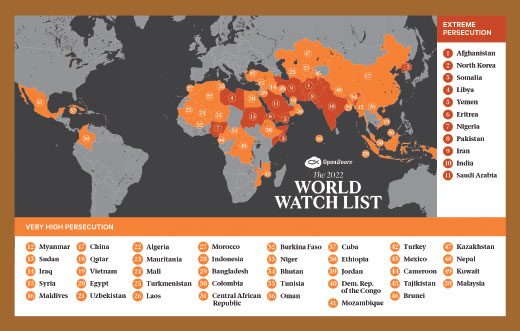
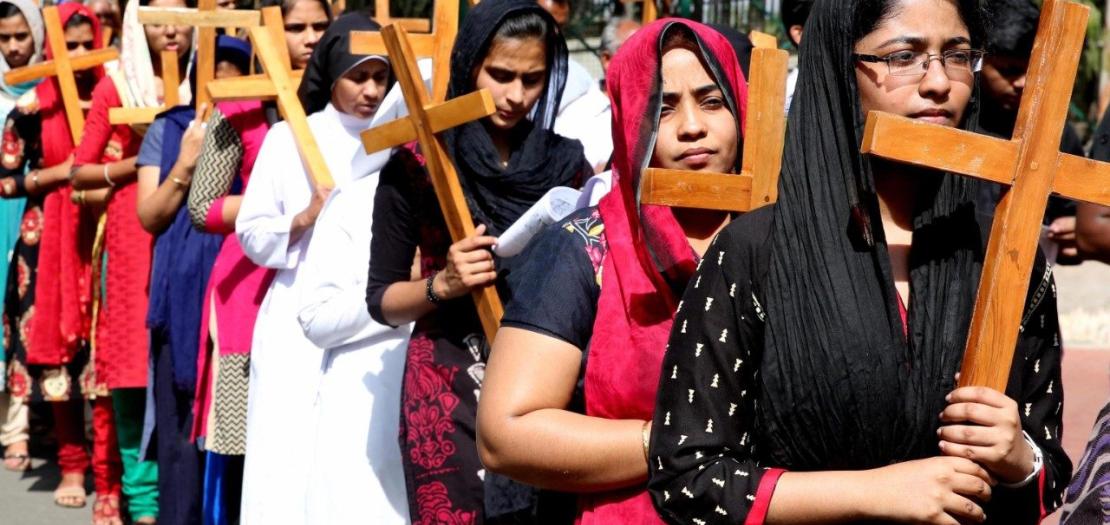
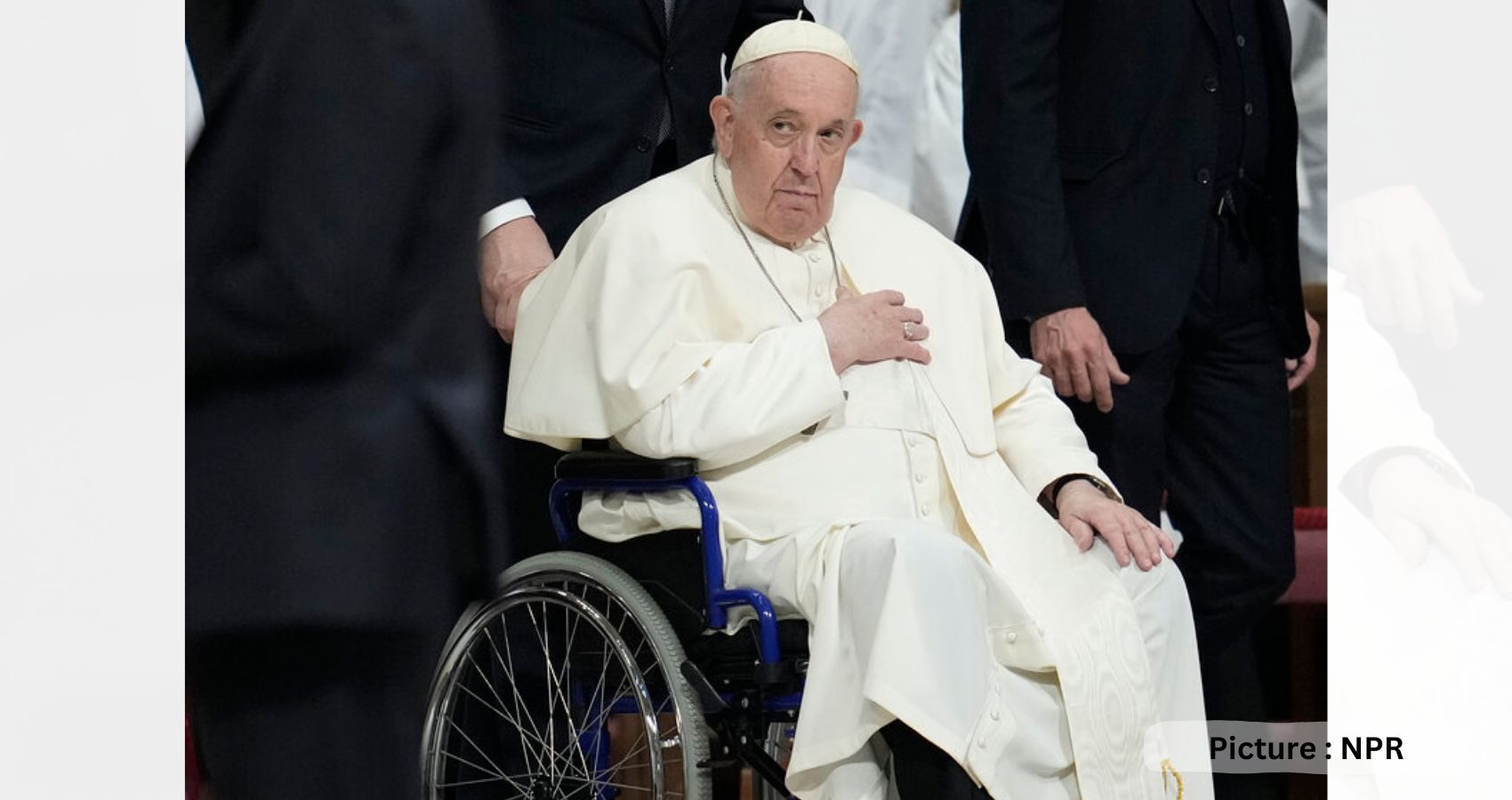
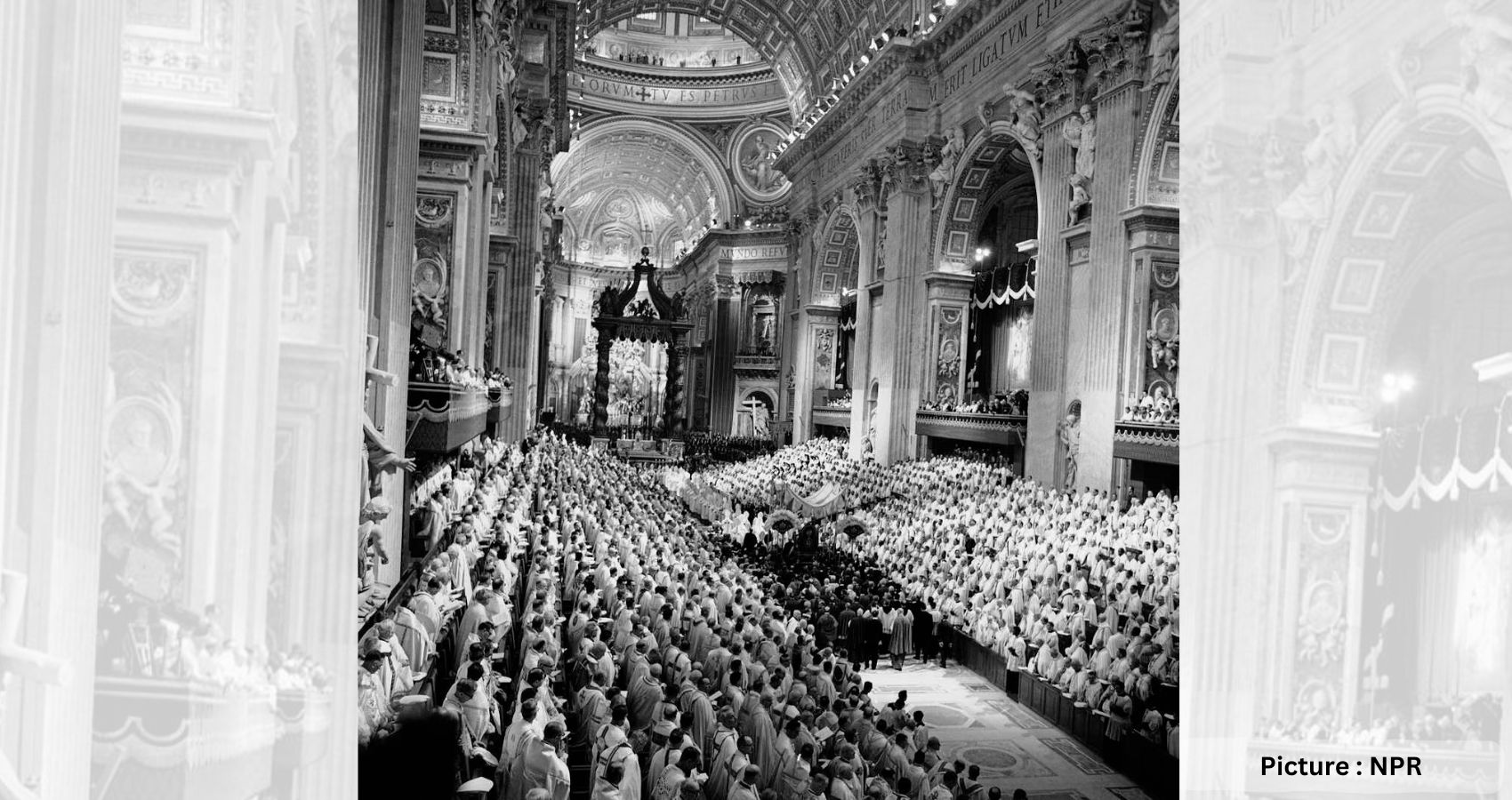
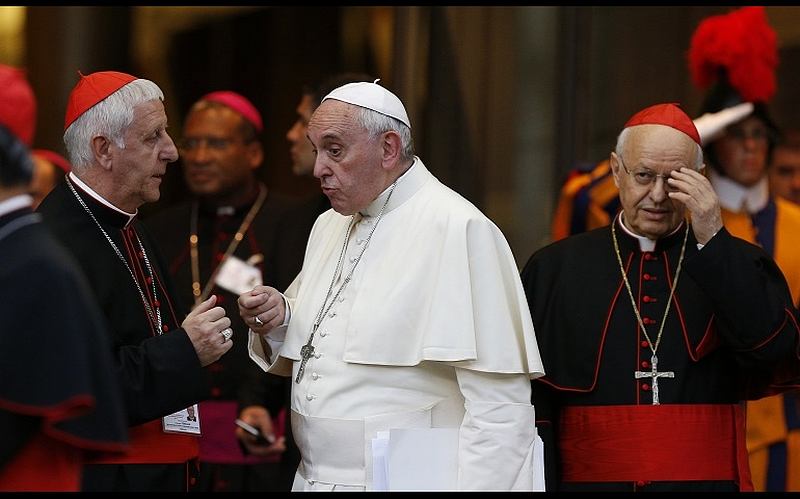
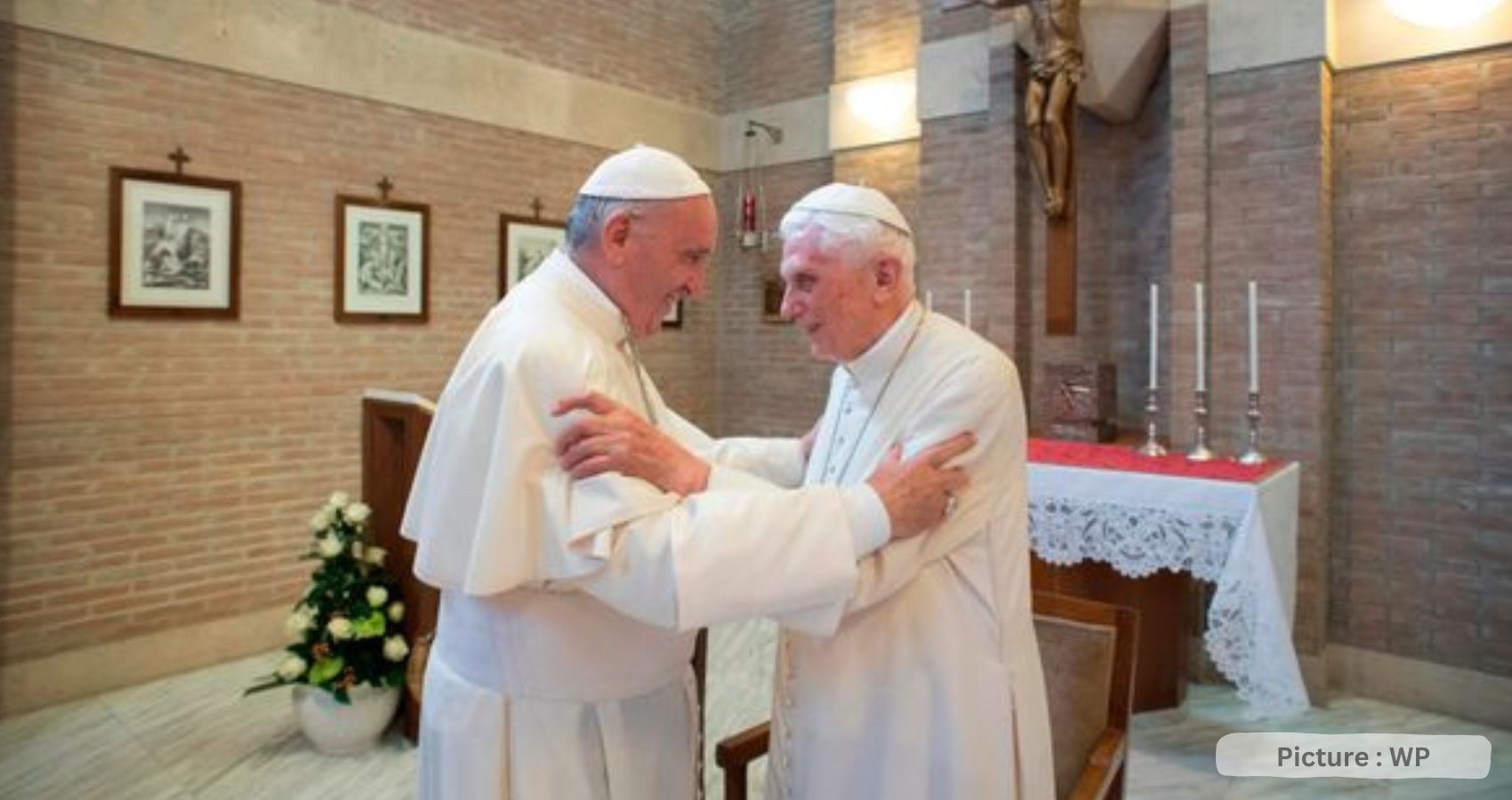
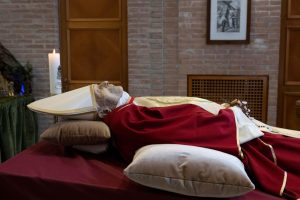
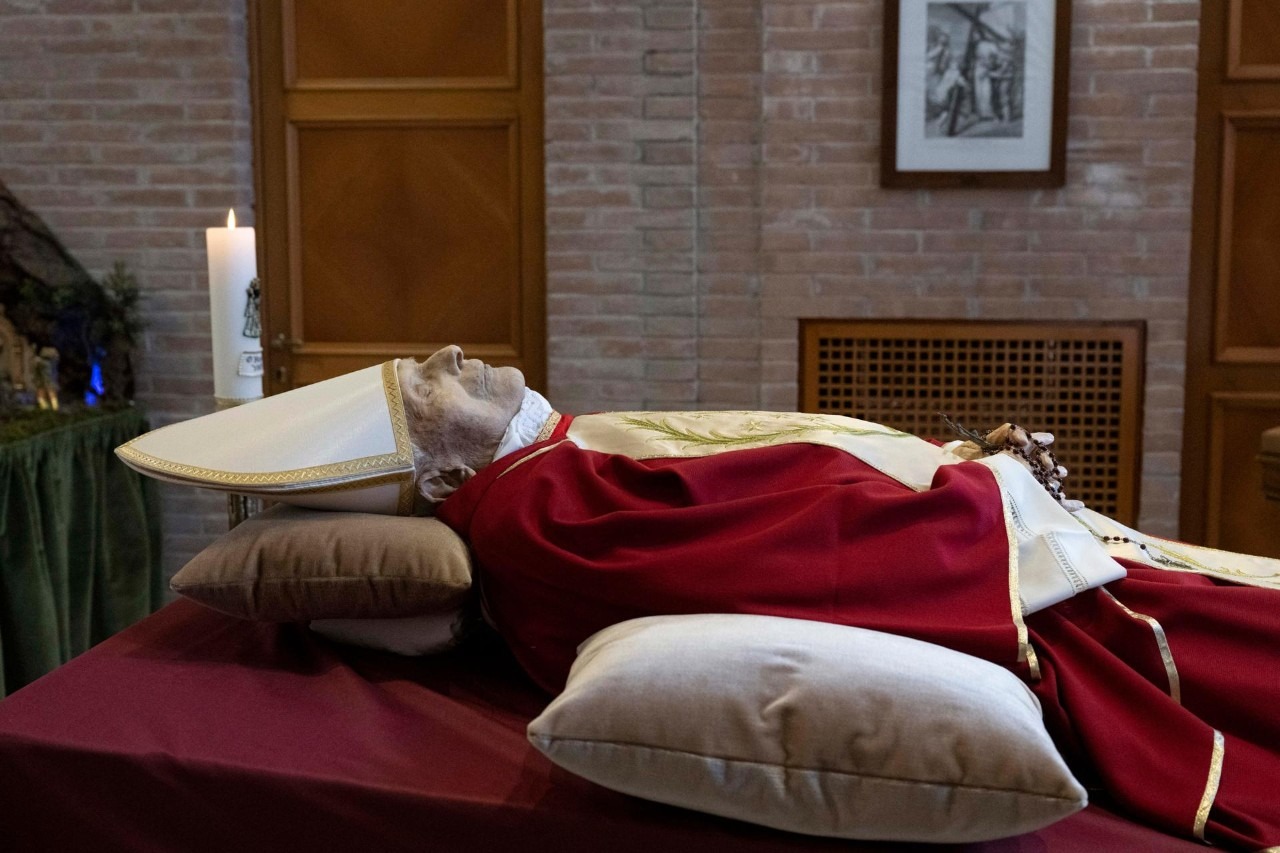 ate of the Anglican Communion. In a
ate of the Anglican Communion. In a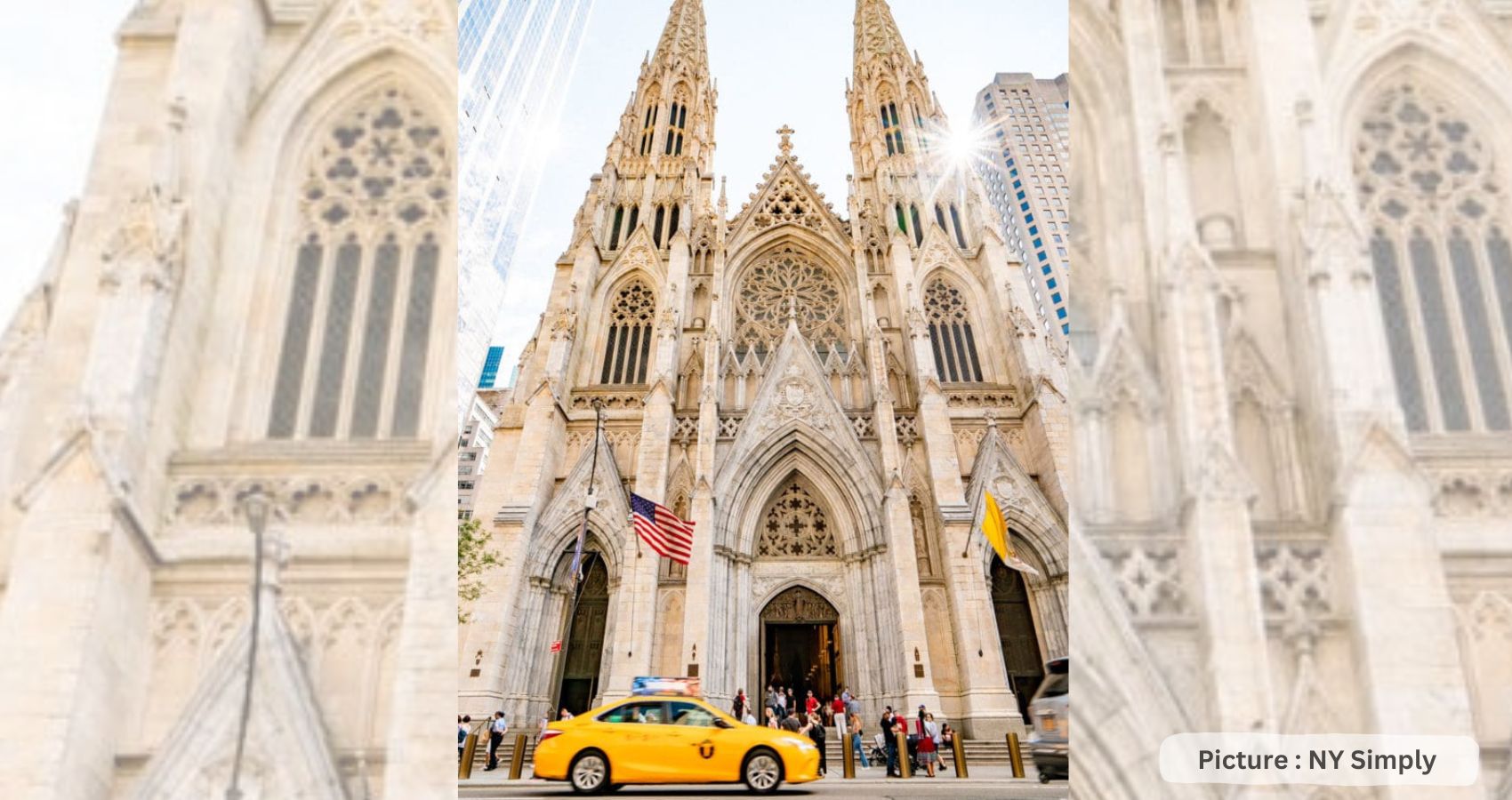
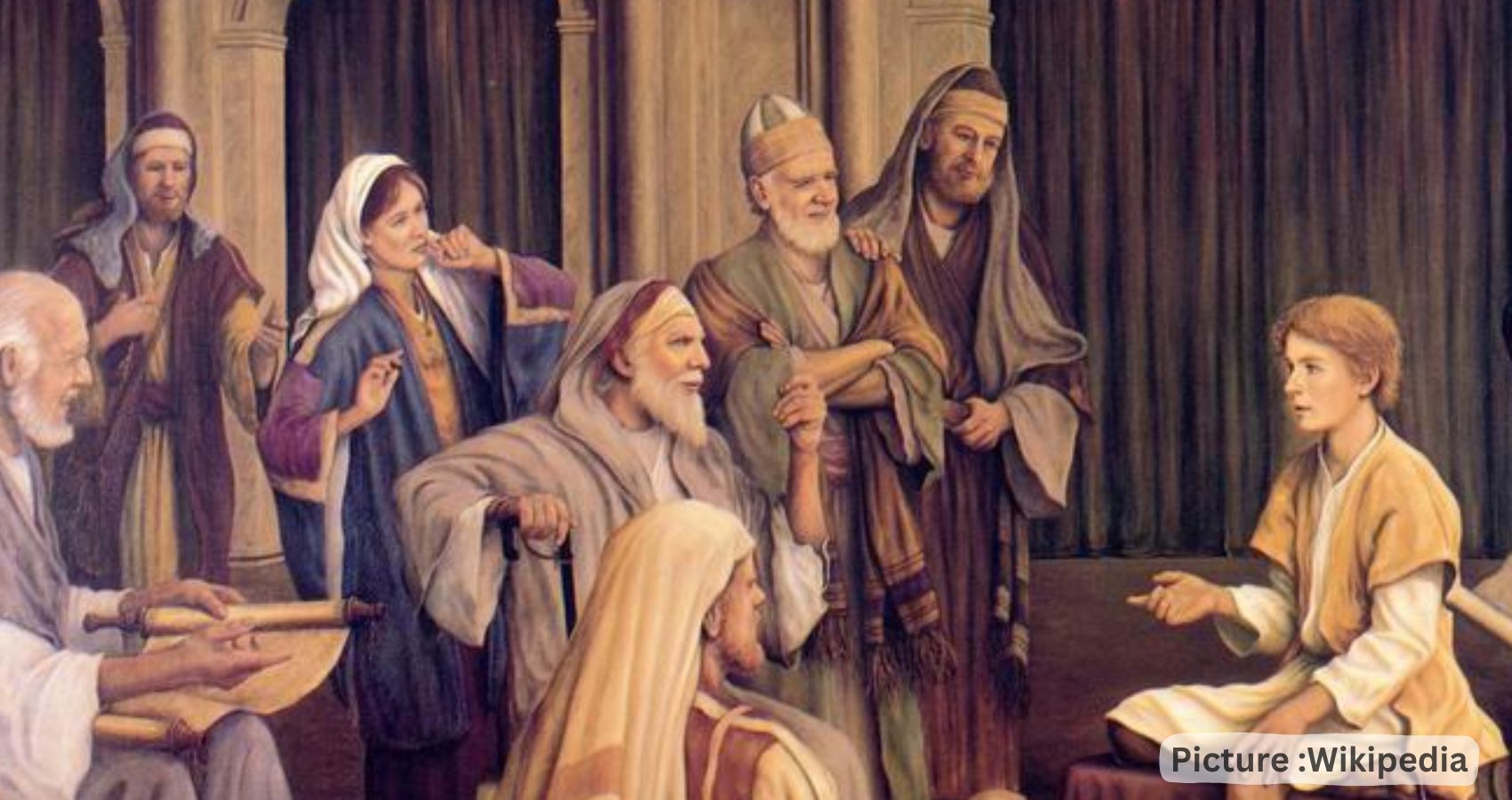
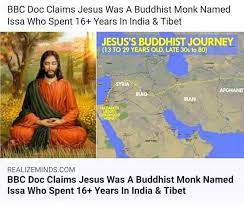
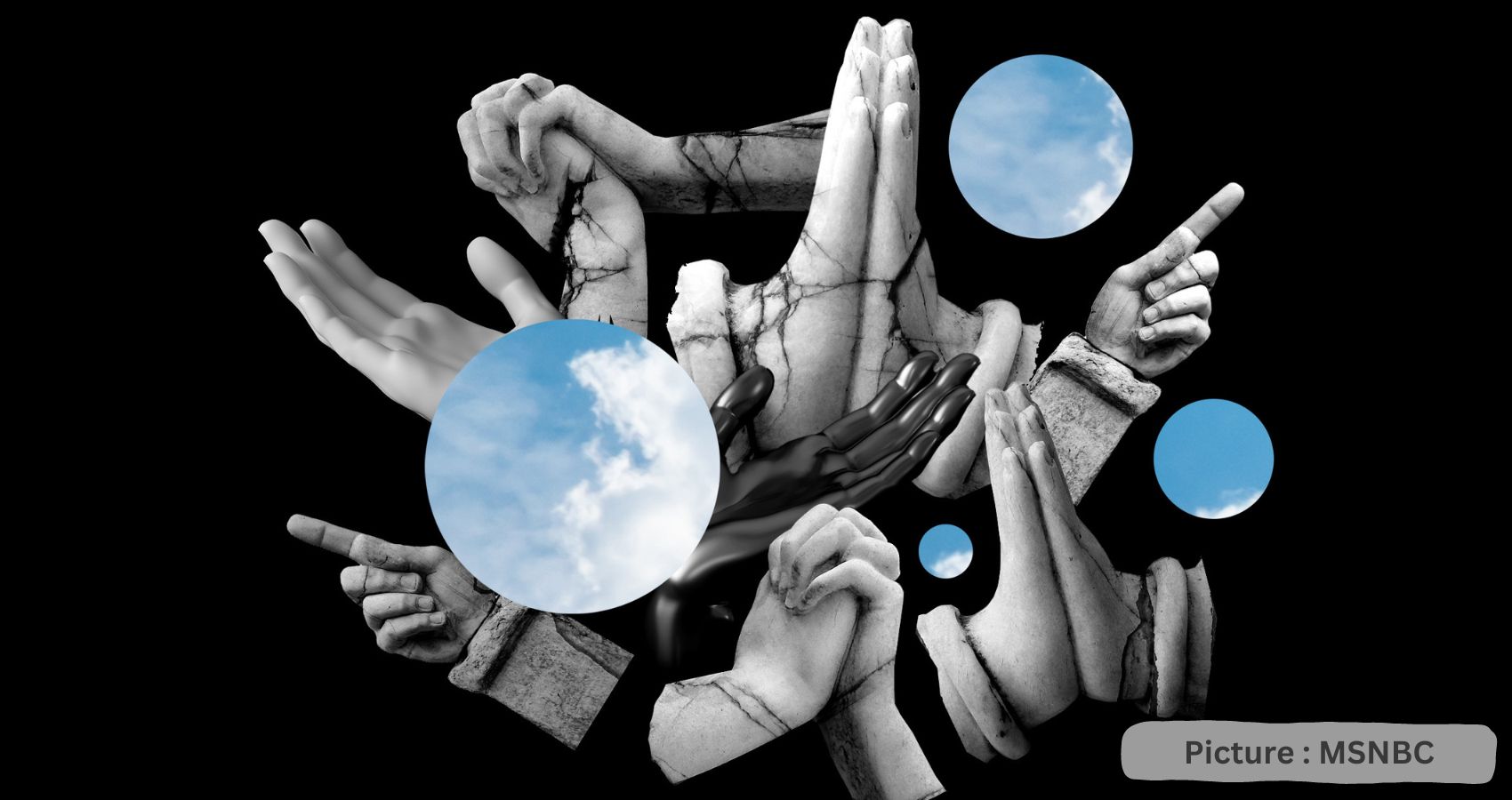
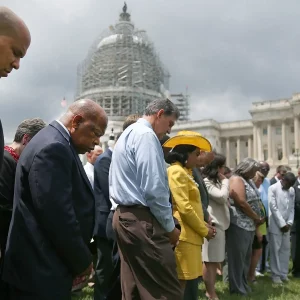
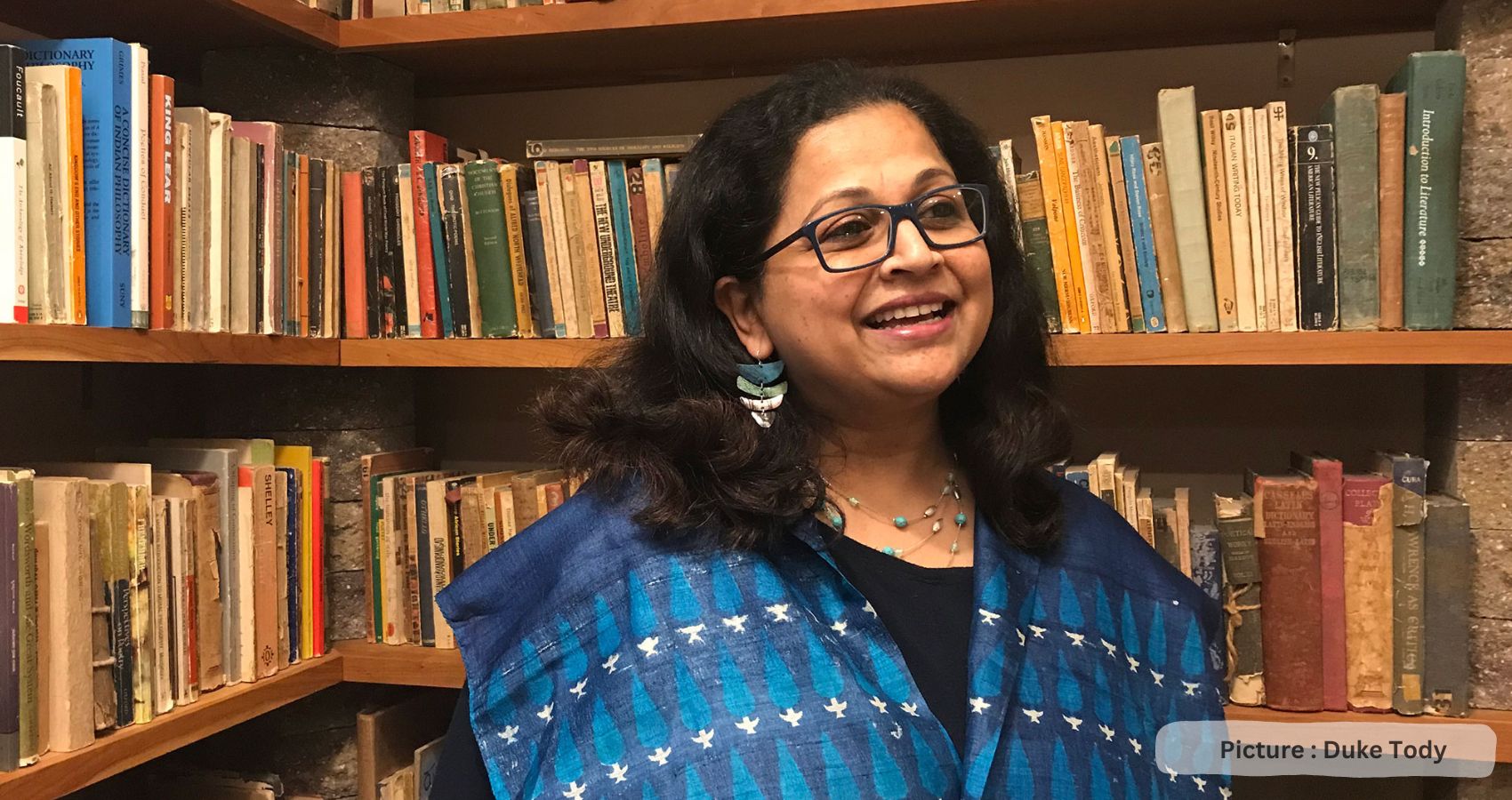
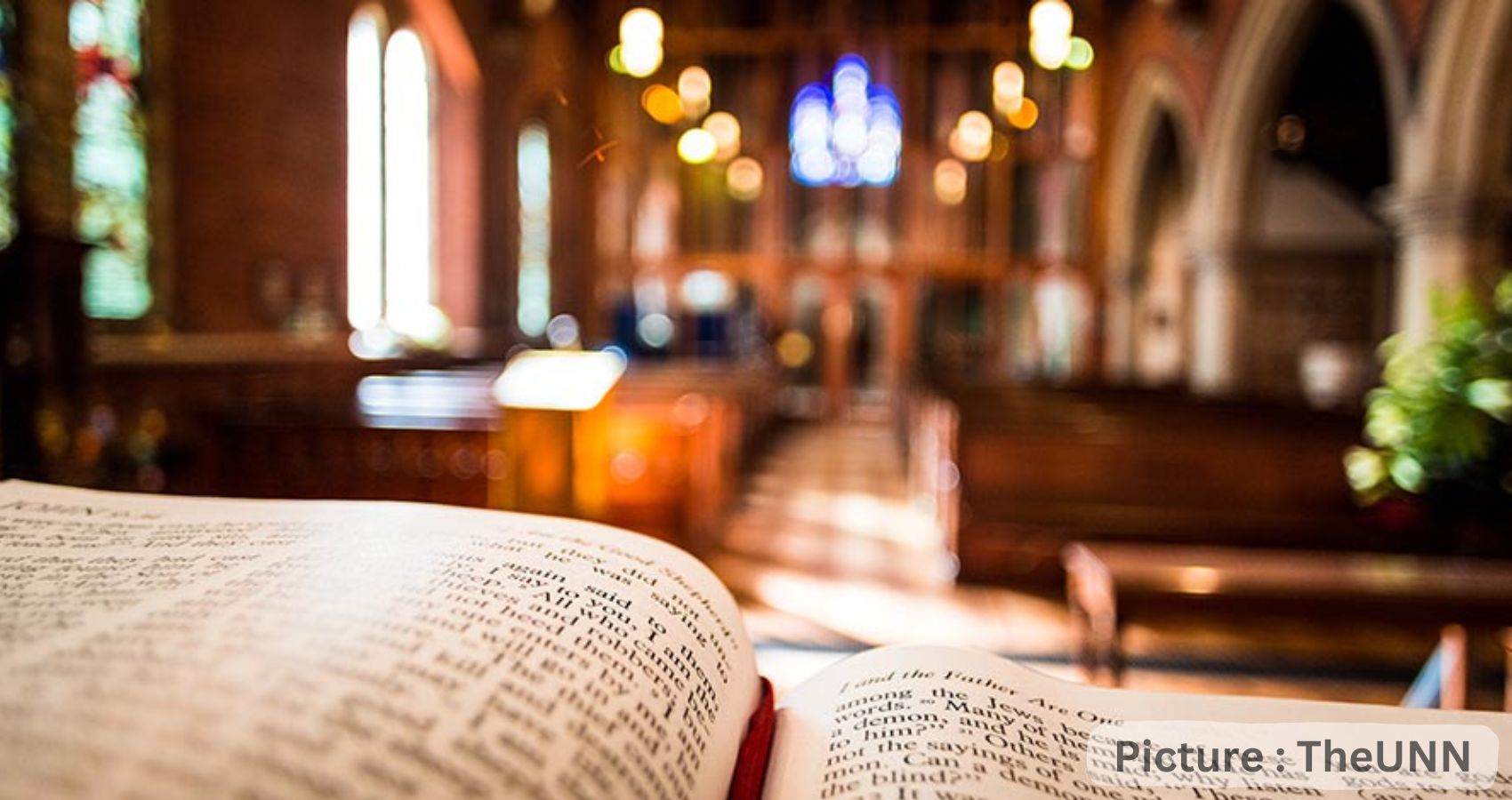
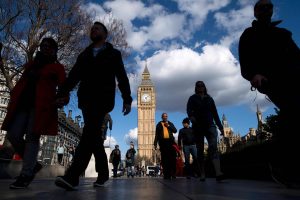
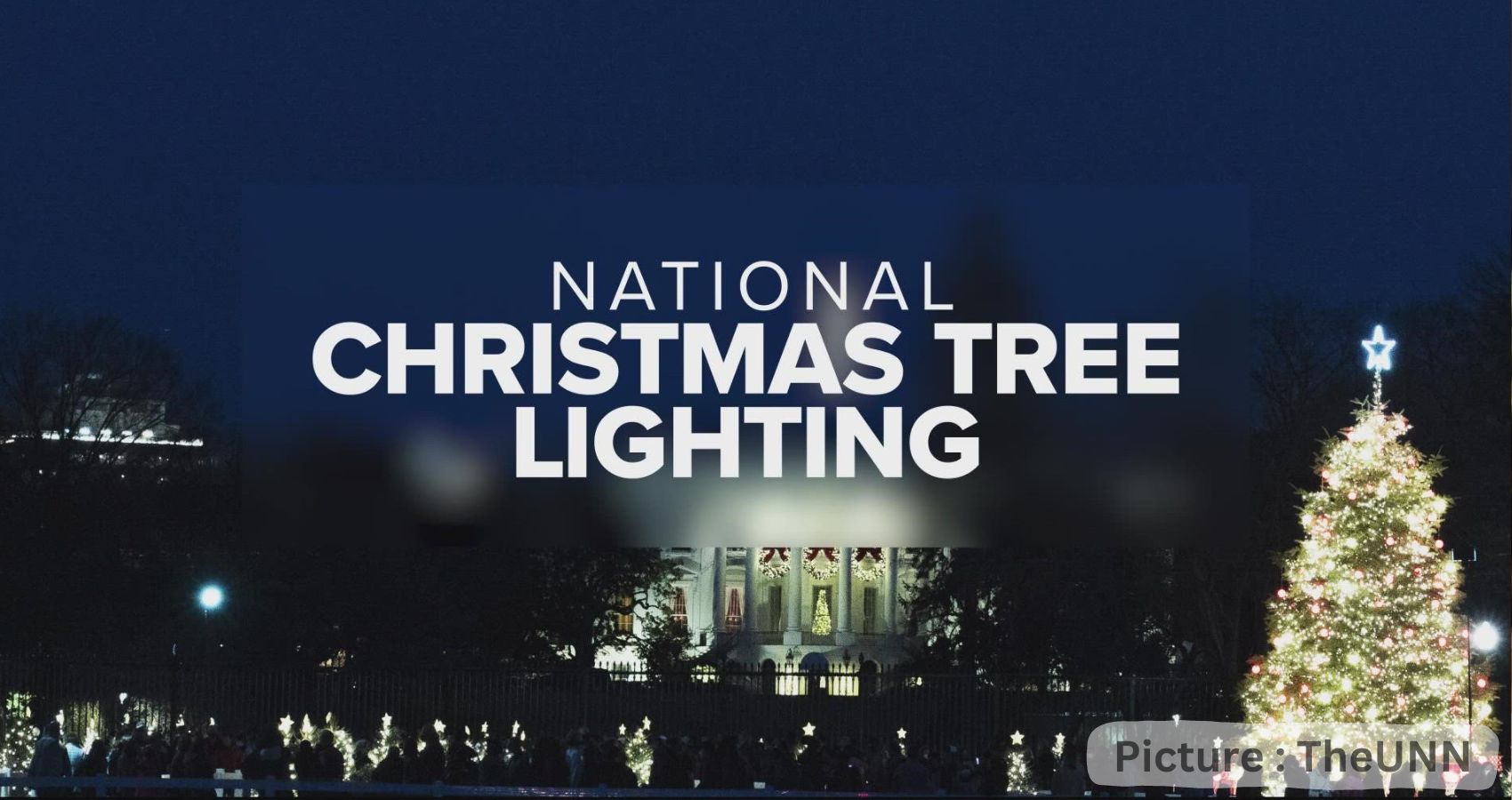
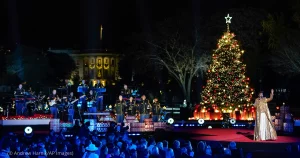
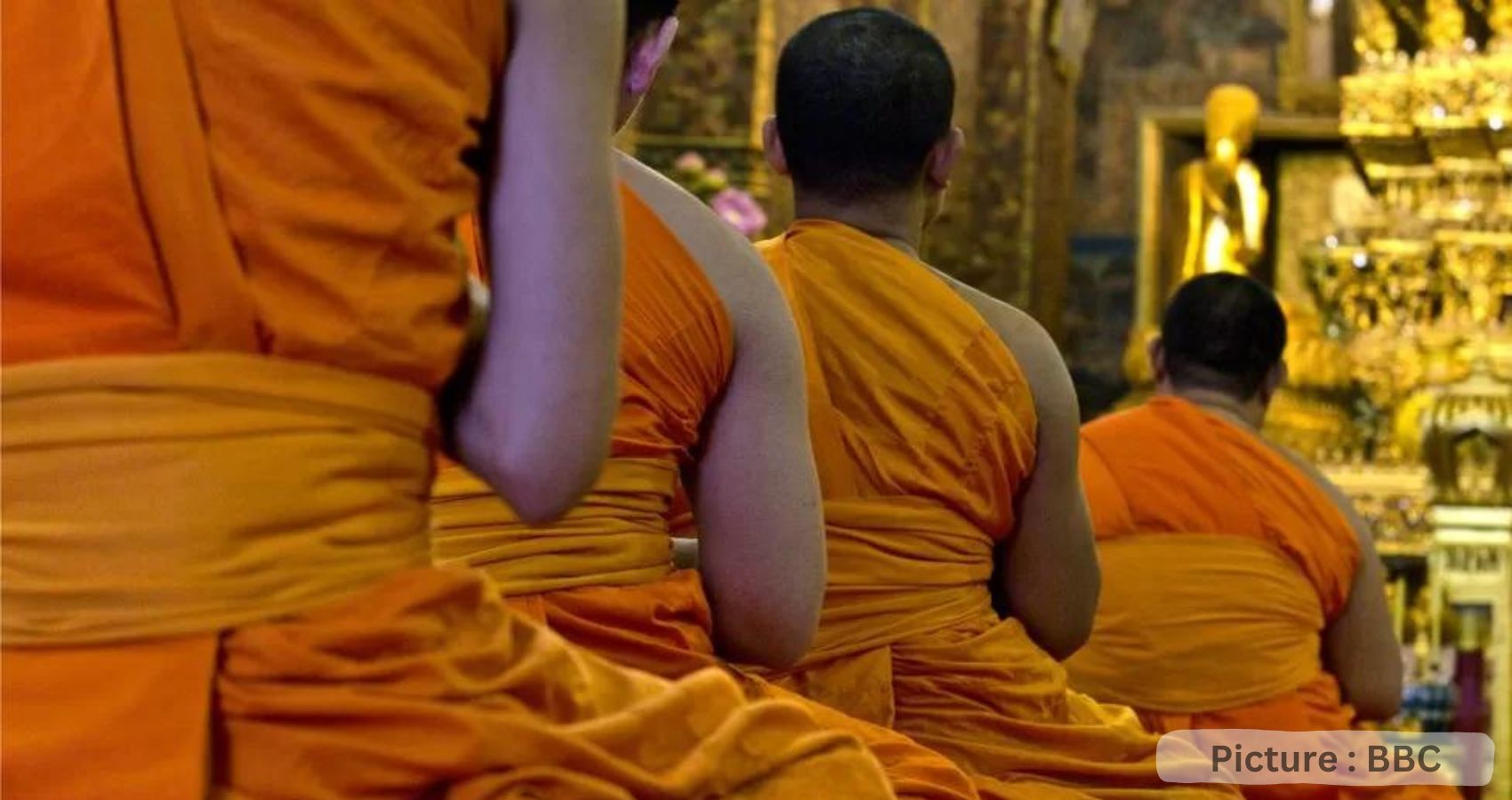

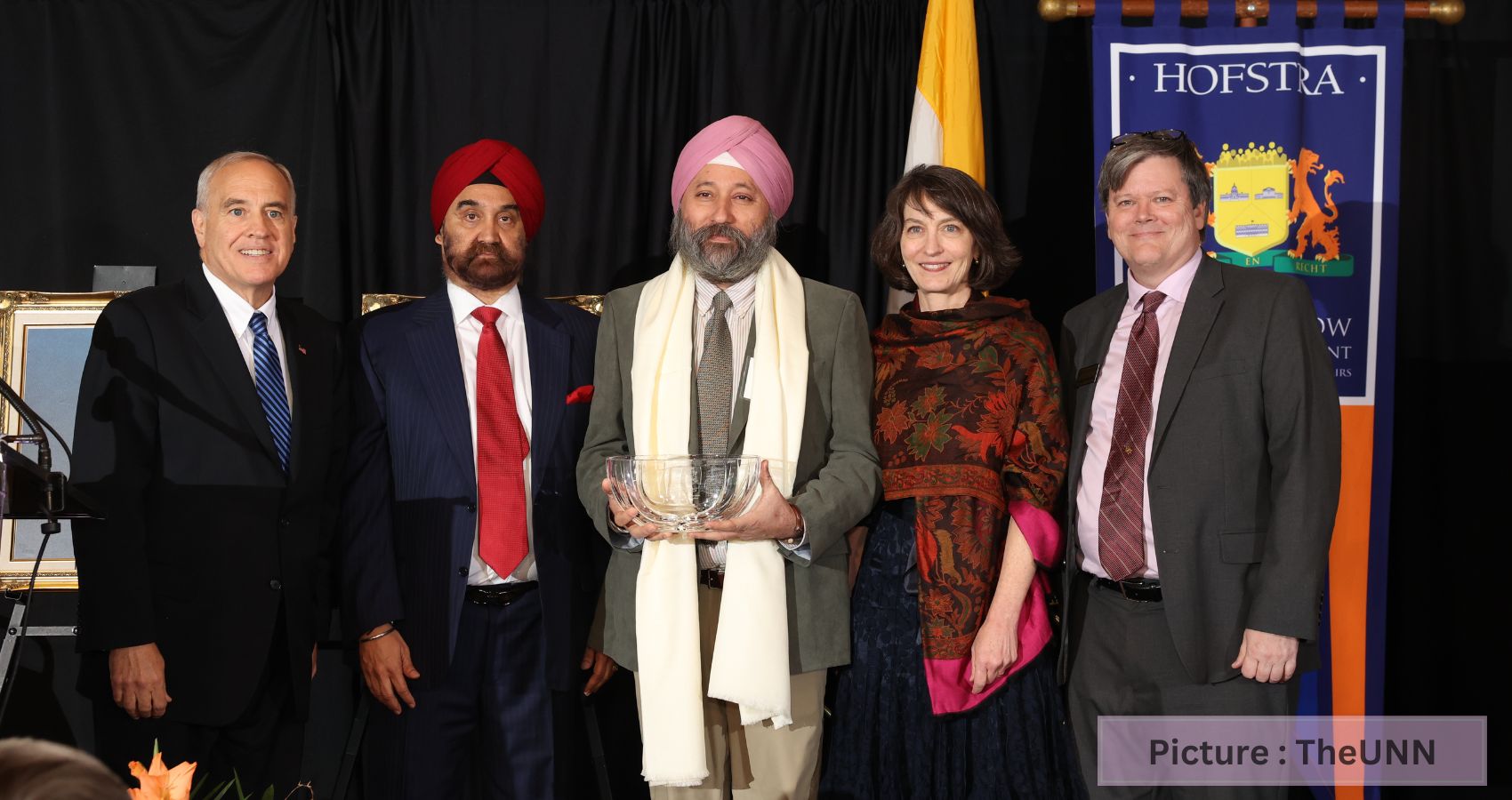
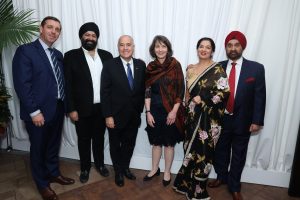
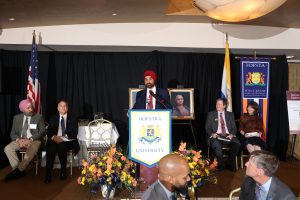
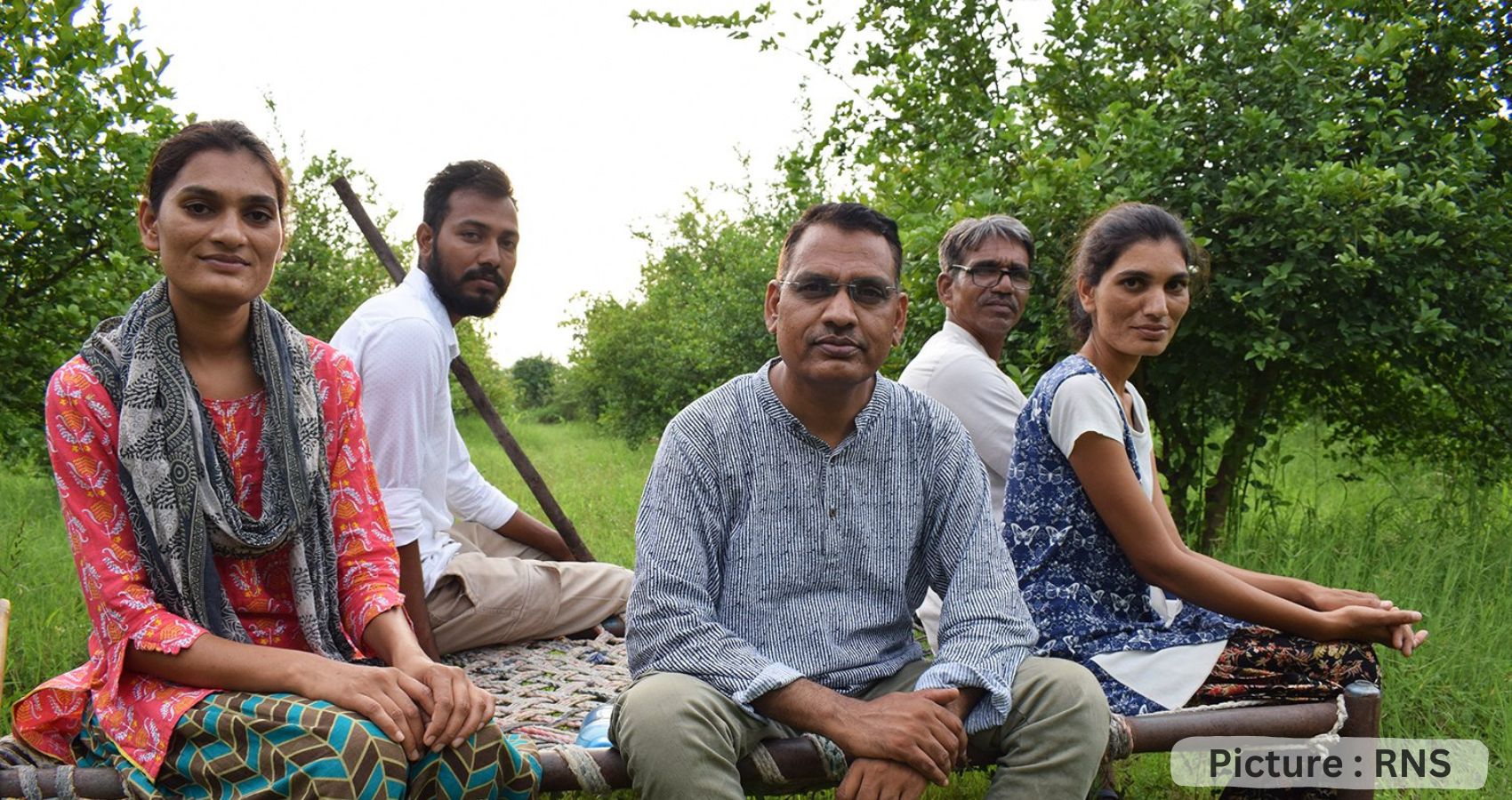
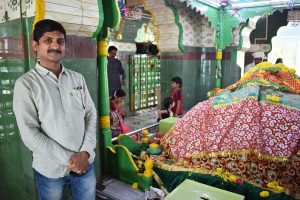
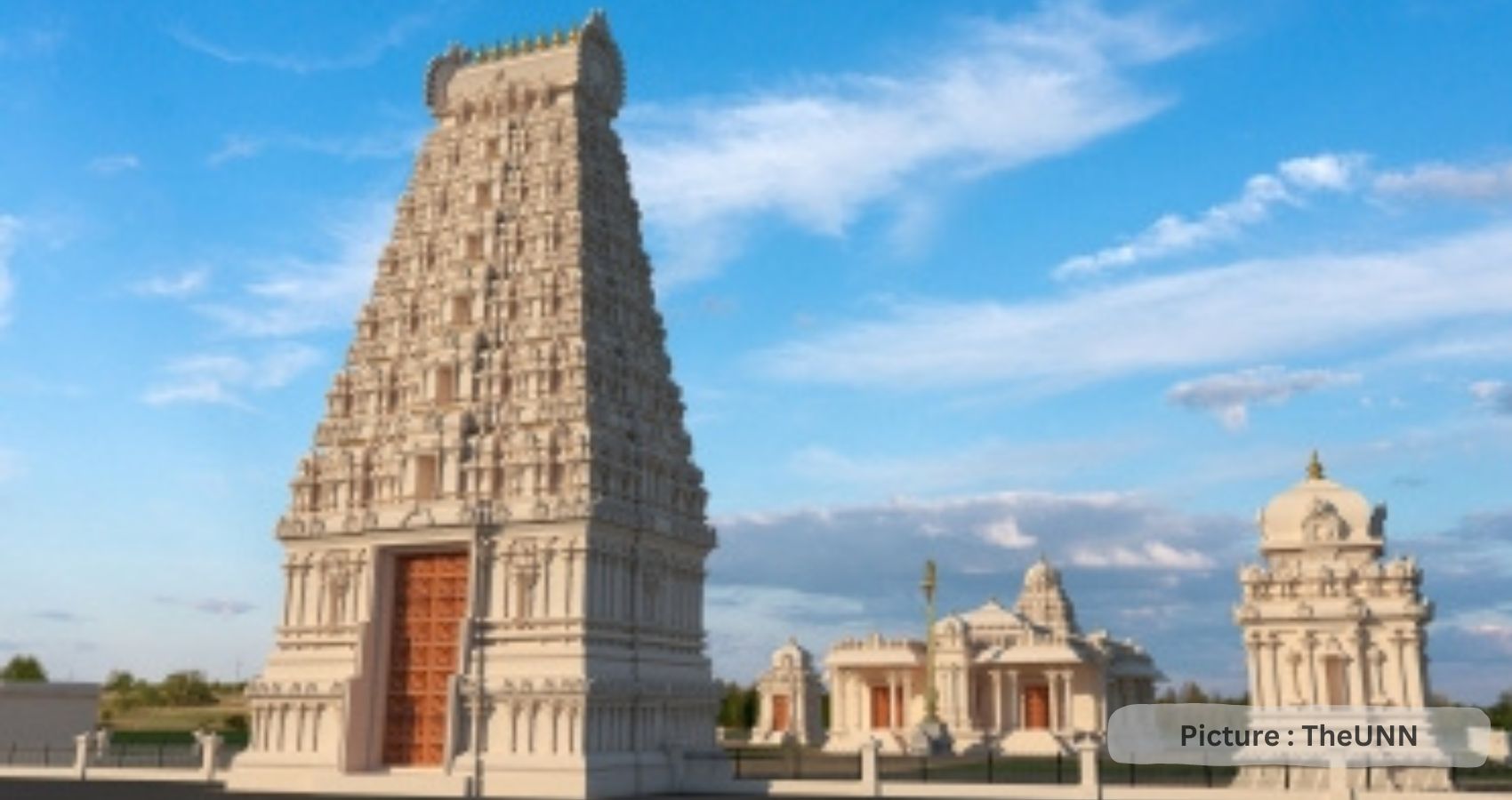
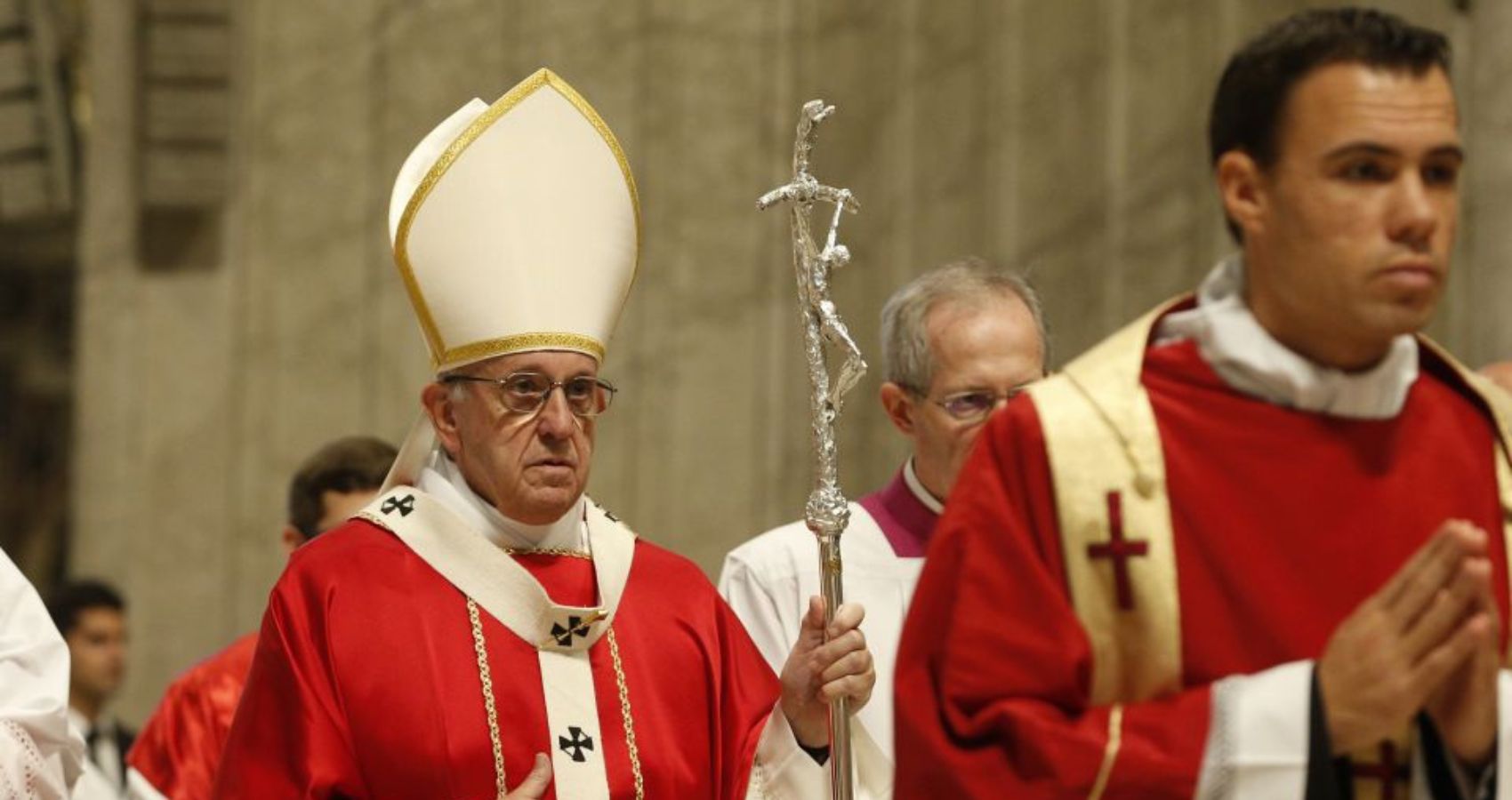
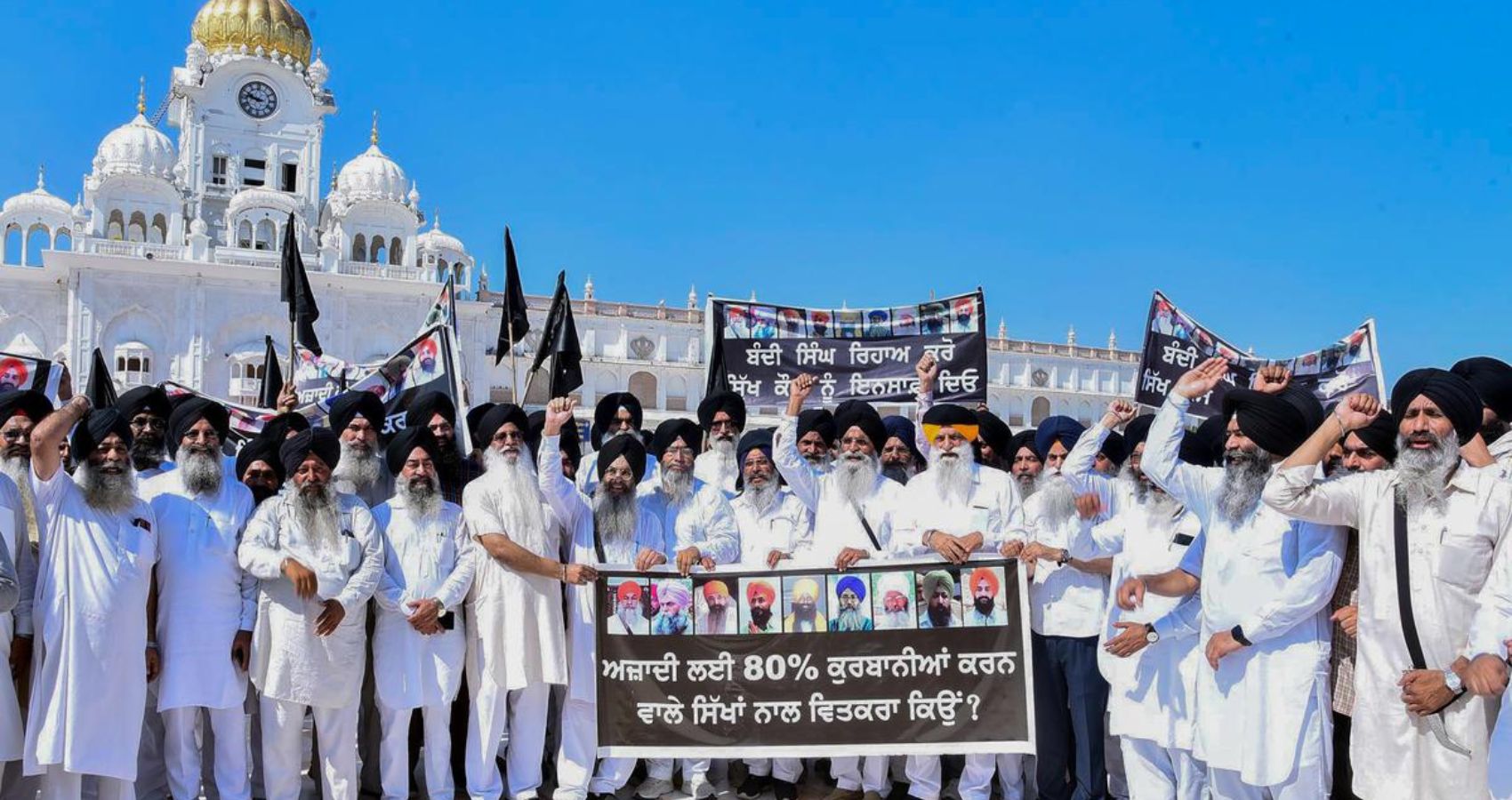
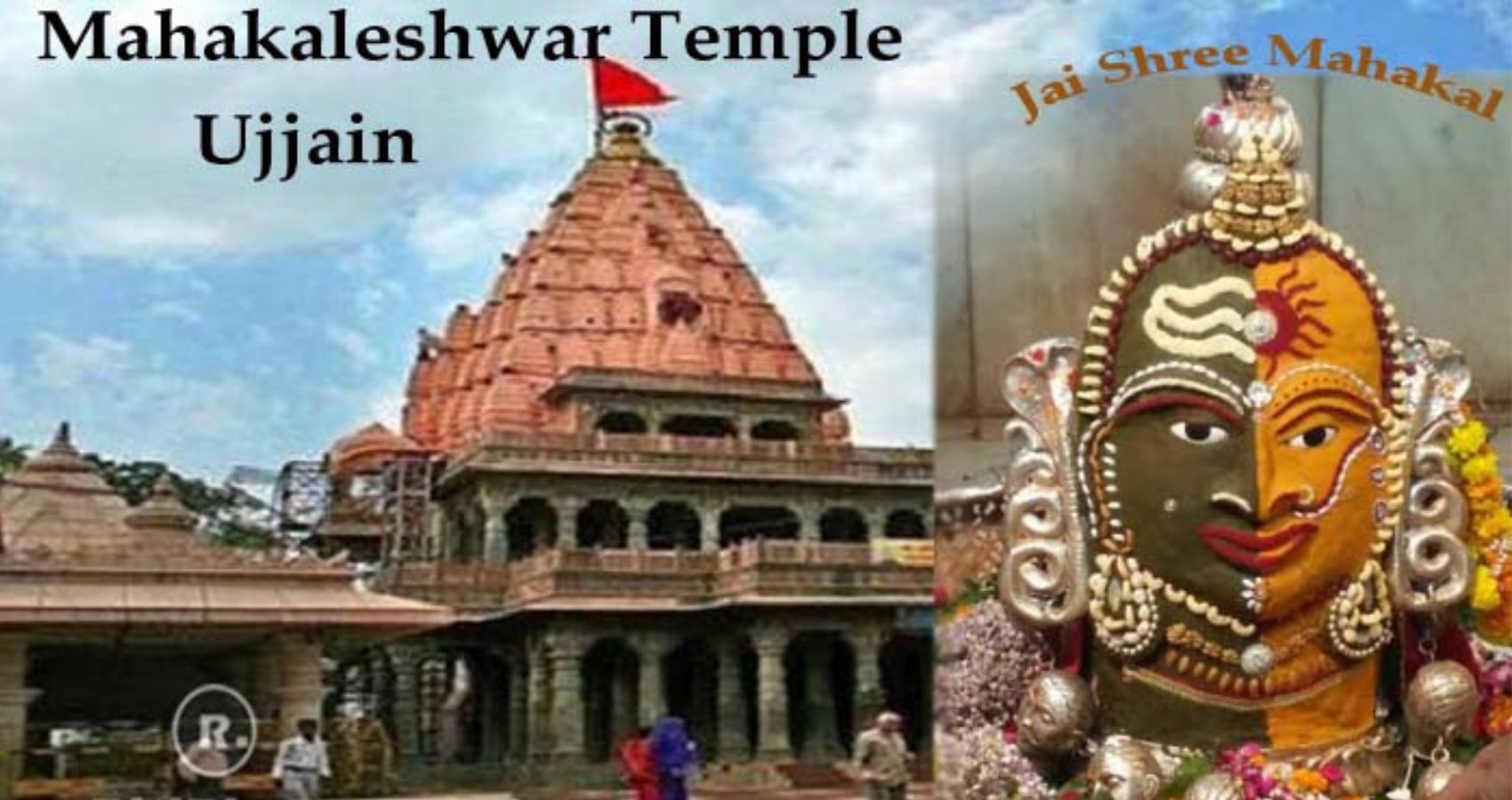
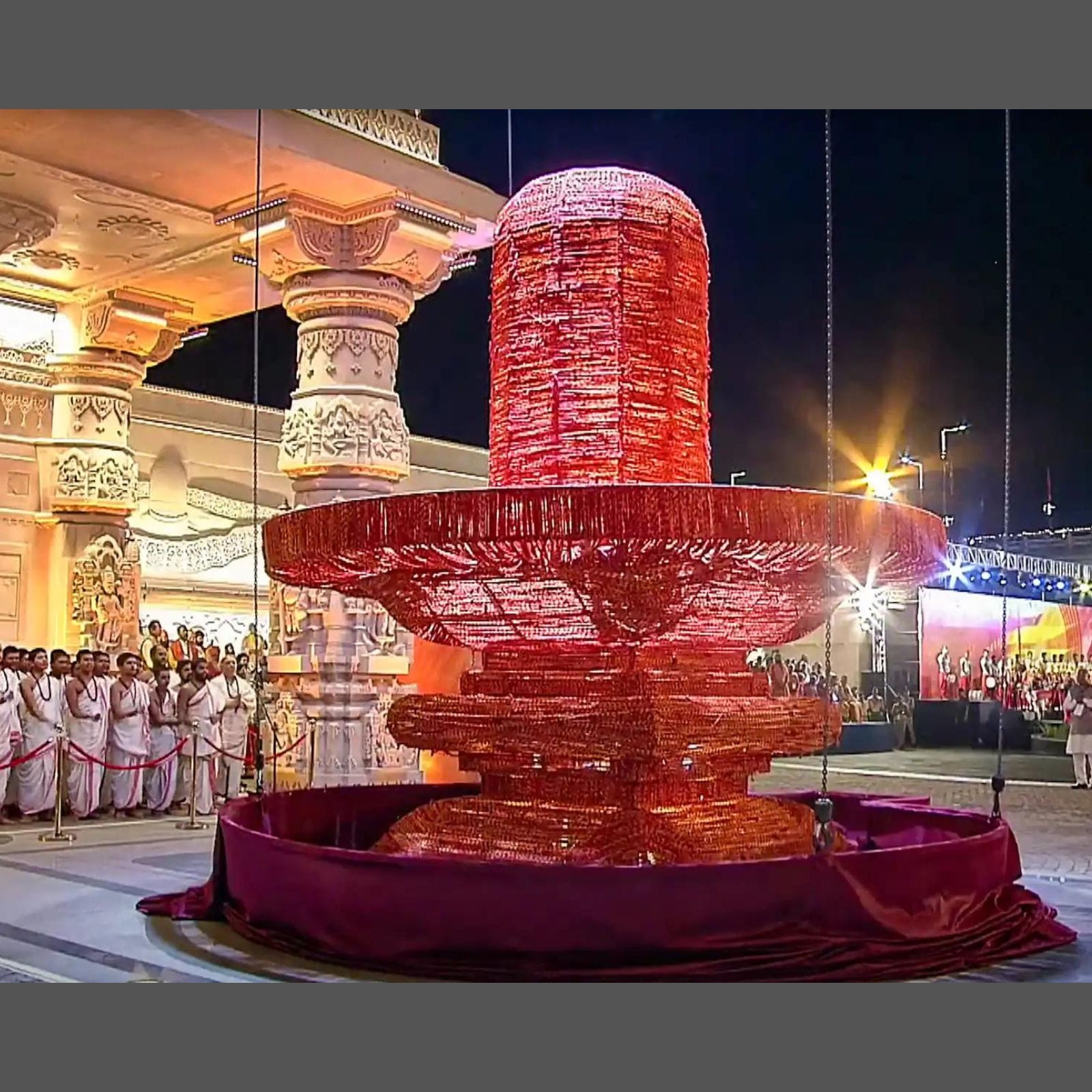 These jyotirlingas, or shrines, are believed to be the most sacred abodes of Shiva. According to the Puranas, the Hindu god pierced the world as an endless pillar of light called the jyotirlinga. Barring the the Mahakaleshwar jyotirlinga in Ujjain, the other 11 jyotirlinga sites are Somnath and Dwarka’s Nageswar in Gujarat; Mallikarjuna at Srisailam in Andhra Pradesh; Omkareshwar in Madhya Pradesh; Kedarnath in Uttarakhand; Bhimashankar, Triambakeshwar and Aurangabad’s Grishneshwar in Maharashtra; Viswanath at Varanasi in Uttar Pradesh; Baidyanath Temple in Jharkhand’s Deoghar; and Rameshwar at Rameswaram in Tamil Nadu.
These jyotirlingas, or shrines, are believed to be the most sacred abodes of Shiva. According to the Puranas, the Hindu god pierced the world as an endless pillar of light called the jyotirlinga. Barring the the Mahakaleshwar jyotirlinga in Ujjain, the other 11 jyotirlinga sites are Somnath and Dwarka’s Nageswar in Gujarat; Mallikarjuna at Srisailam in Andhra Pradesh; Omkareshwar in Madhya Pradesh; Kedarnath in Uttarakhand; Bhimashankar, Triambakeshwar and Aurangabad’s Grishneshwar in Maharashtra; Viswanath at Varanasi in Uttar Pradesh; Baidyanath Temple in Jharkhand’s Deoghar; and Rameshwar at Rameswaram in Tamil Nadu.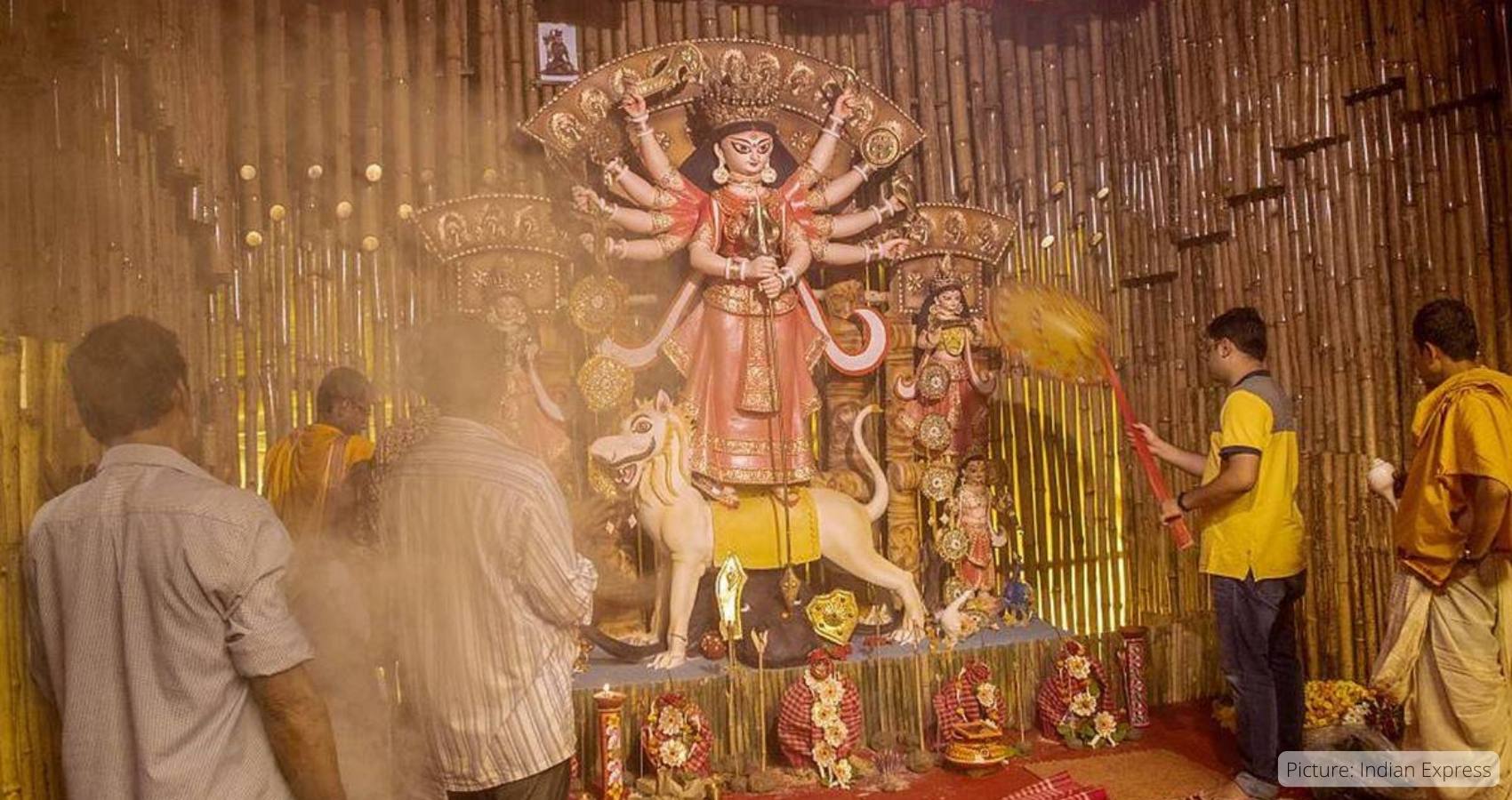
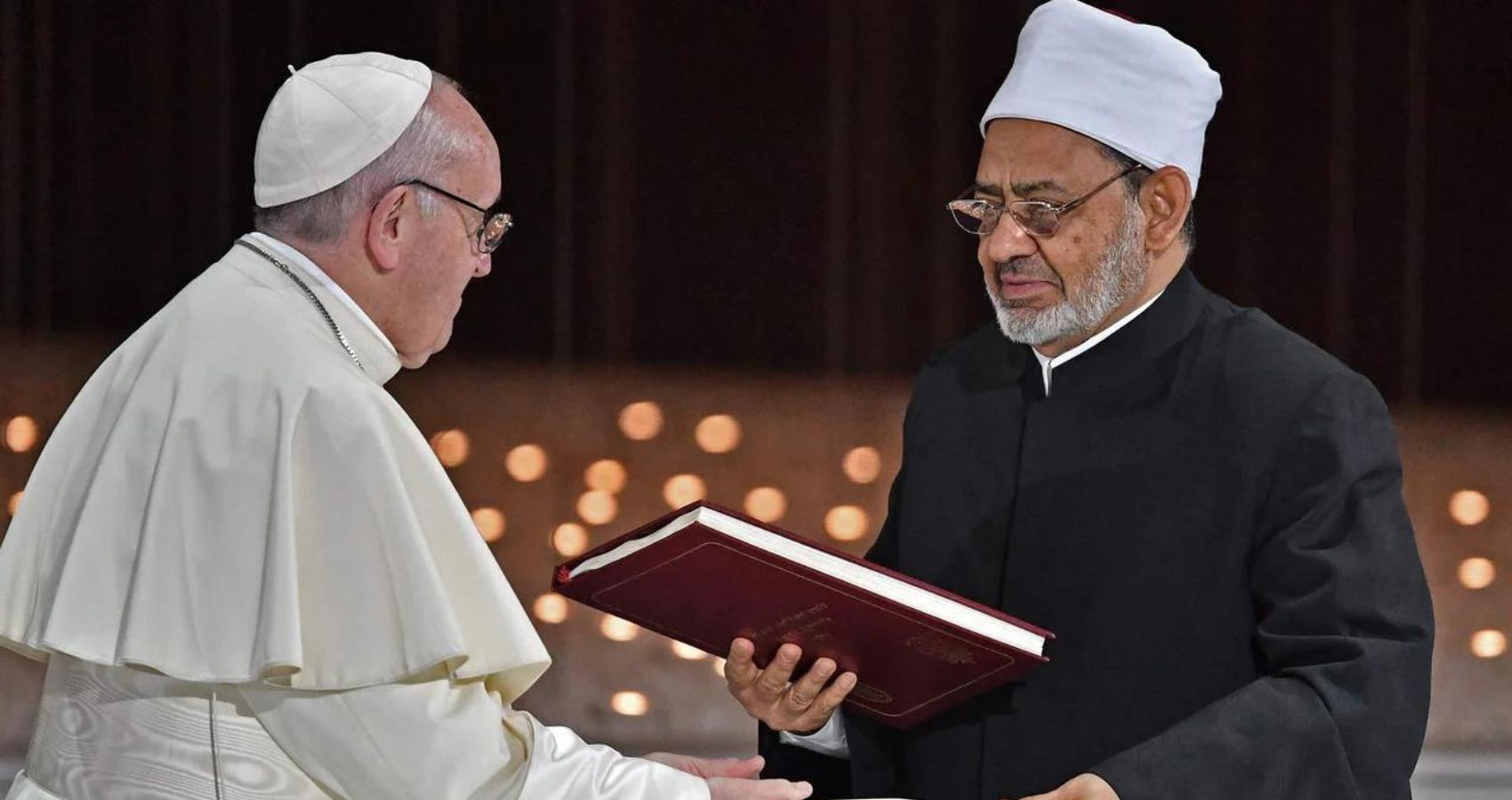




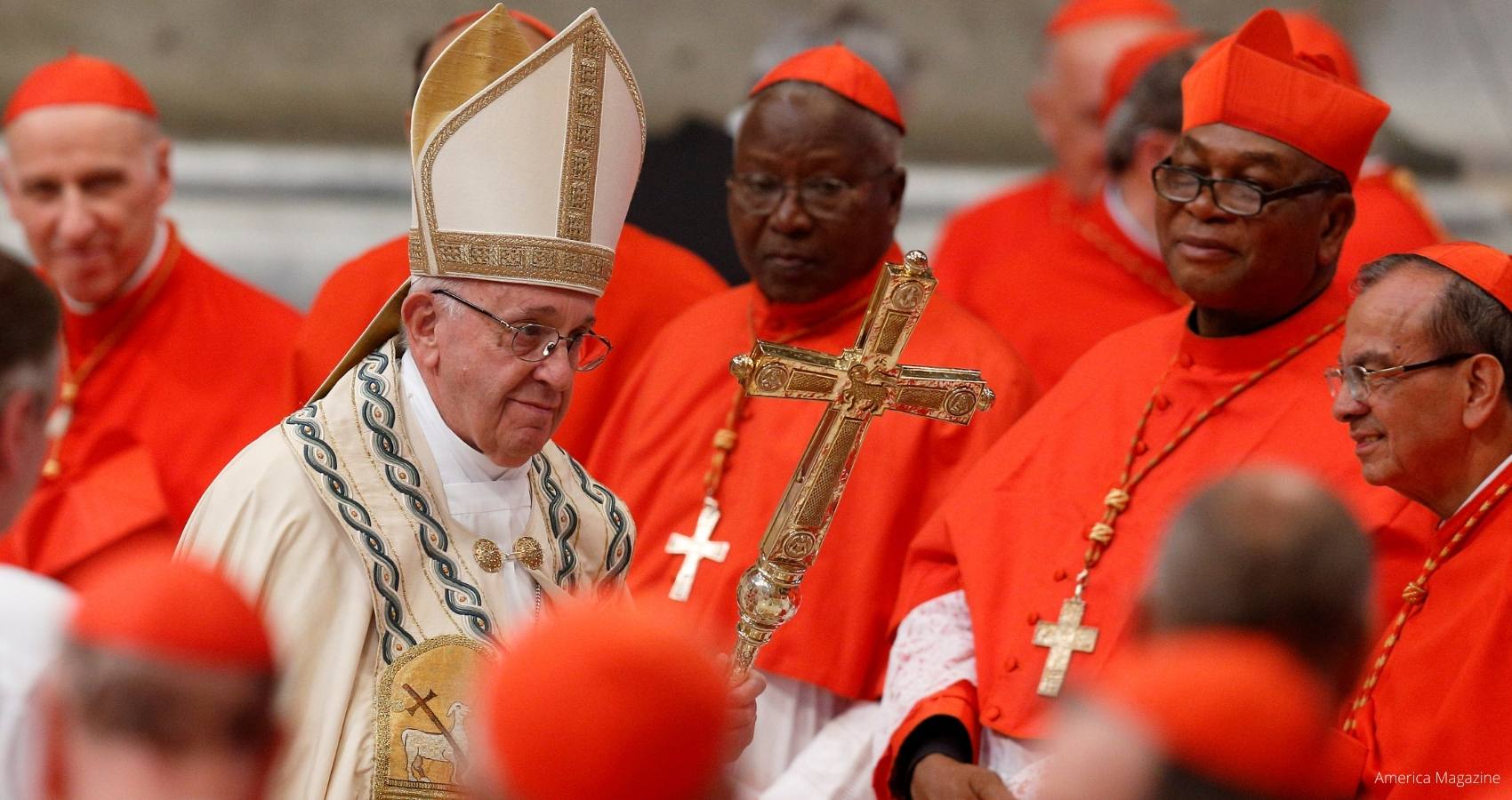
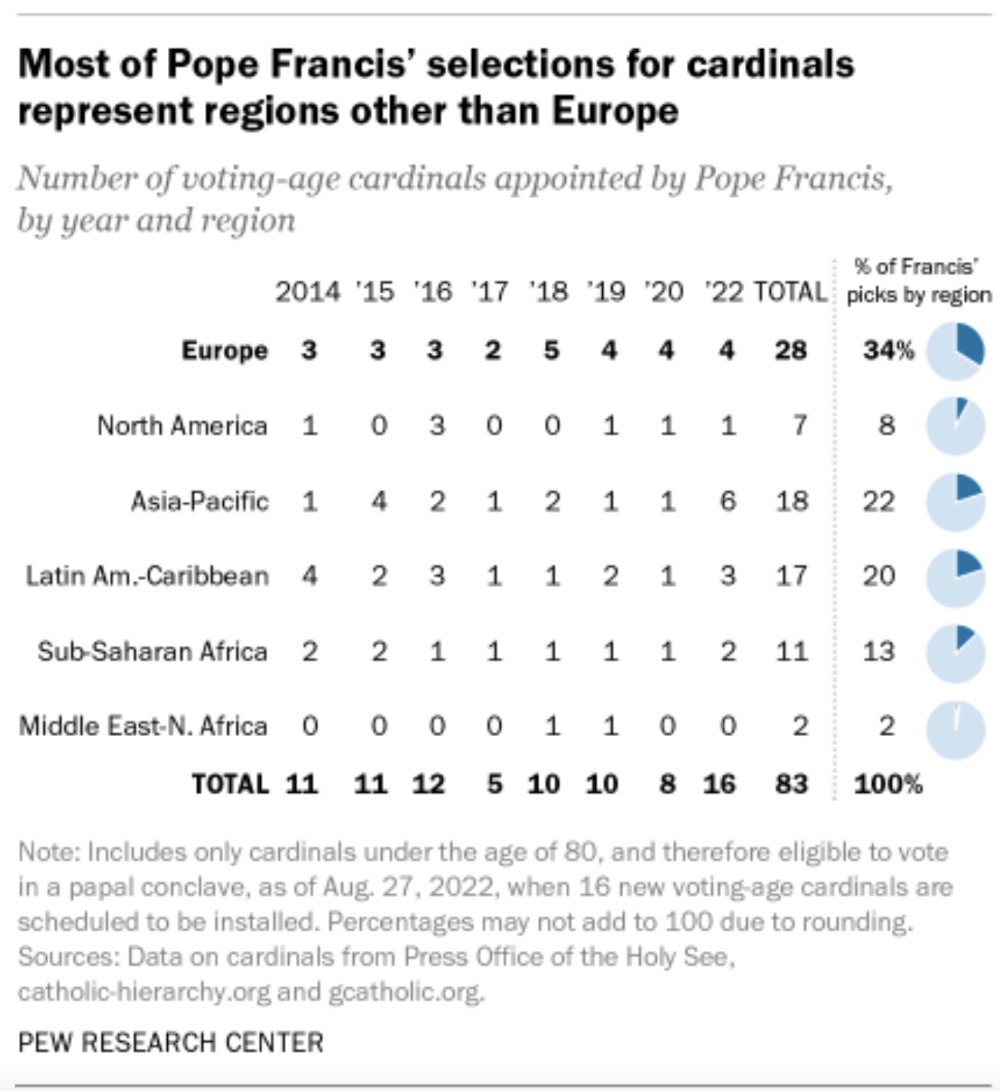
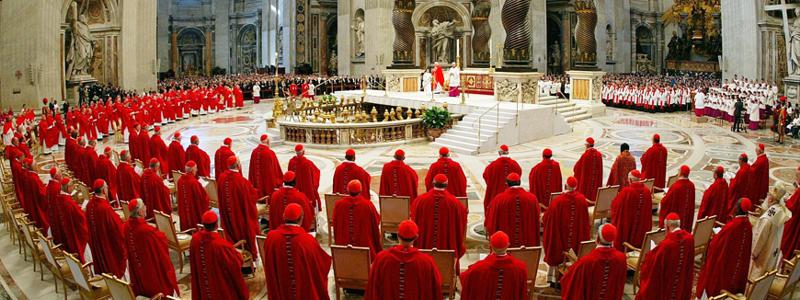 Francis, an Argentinian who is the first pope from outside Europe since the eighth century, still has picked more cardinals from Europe than from any other region. Of the 83 newly appointed or currently eligible voting cardinals Francis has named so far during his papacy, 34% are from Europe, 22% from the Asia-Pacific region, 20% from Latin America and the Caribbean, 13% from sub-Saharan Africa, 8% from North America and 2% from the Middle East-North Africa region. Altogether, these cardinals appointed by Francis will make up a majority (63%) of the 132 voting members of the College of Cardinals after the Aug. 27 installation ceremony.
Francis, an Argentinian who is the first pope from outside Europe since the eighth century, still has picked more cardinals from Europe than from any other region. Of the 83 newly appointed or currently eligible voting cardinals Francis has named so far during his papacy, 34% are from Europe, 22% from the Asia-Pacific region, 20% from Latin America and the Caribbean, 13% from sub-Saharan Africa, 8% from North America and 2% from the Middle East-North Africa region. Altogether, these cardinals appointed by Francis will make up a majority (63%) of the 132 voting members of the College of Cardinals after the Aug. 27 installation ceremony.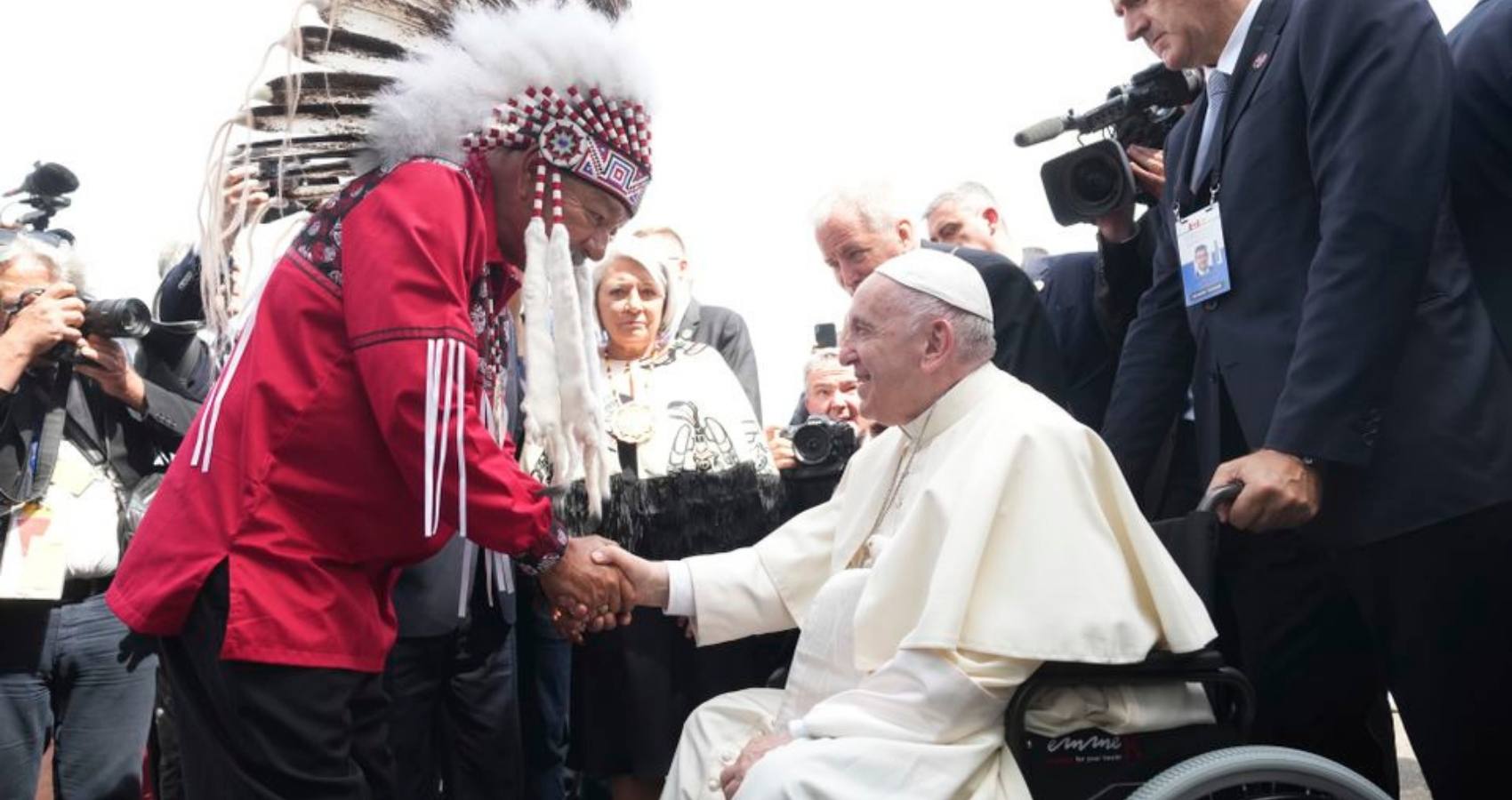
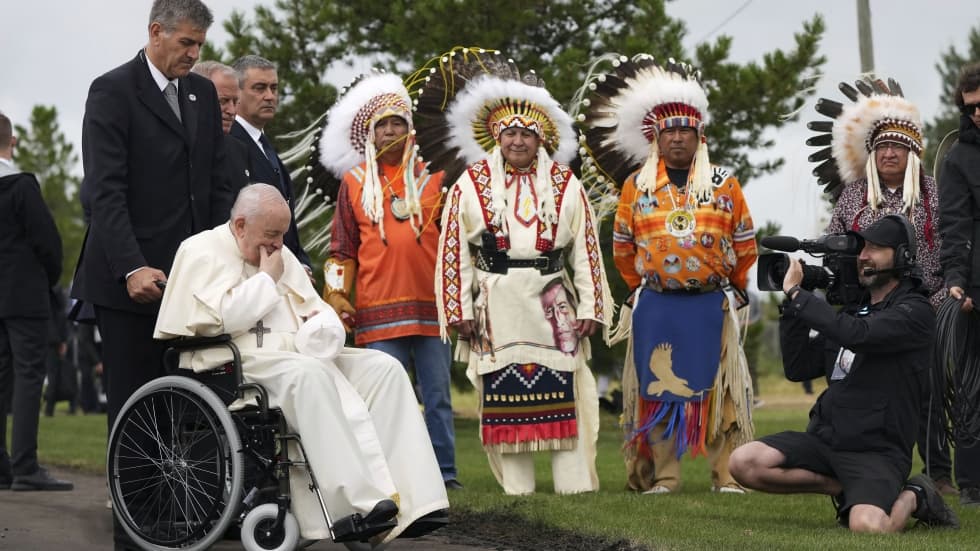 The morning after he arrived in the country, Francis traveled to the lands of four Cree nations to pray at a cemetery. Four chiefs then escorted the pontiff in his wheelchair to powwow ceremonial grounds where he delivered the long-sought apology and was given a feathered headdress.
The morning after he arrived in the country, Francis traveled to the lands of four Cree nations to pray at a cemetery. Four chiefs then escorted the pontiff in his wheelchair to powwow ceremonial grounds where he delivered the long-sought apology and was given a feathered headdress.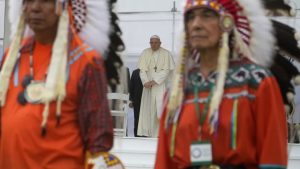 Despite the solemnity of the event, the atmosphere seemed at times joyful: Chiefs processed into the site venue to a hypnotic drumbeat, elders danced and the crowd cheered and chanted war songs, victory songs and finally a healing song.
Despite the solemnity of the event, the atmosphere seemed at times joyful: Chiefs processed into the site venue to a hypnotic drumbeat, elders danced and the crowd cheered and chanted war songs, victory songs and finally a healing song.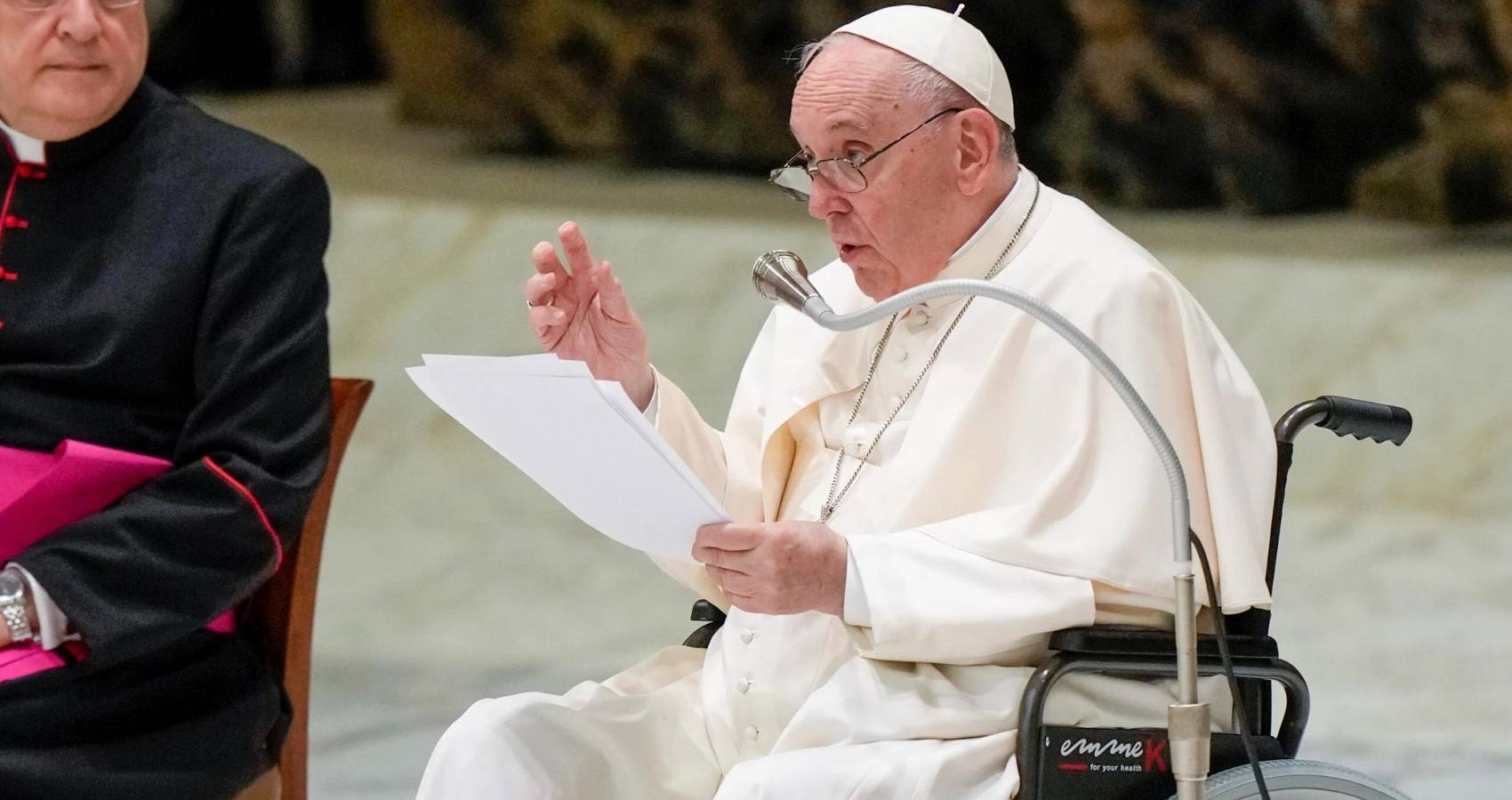
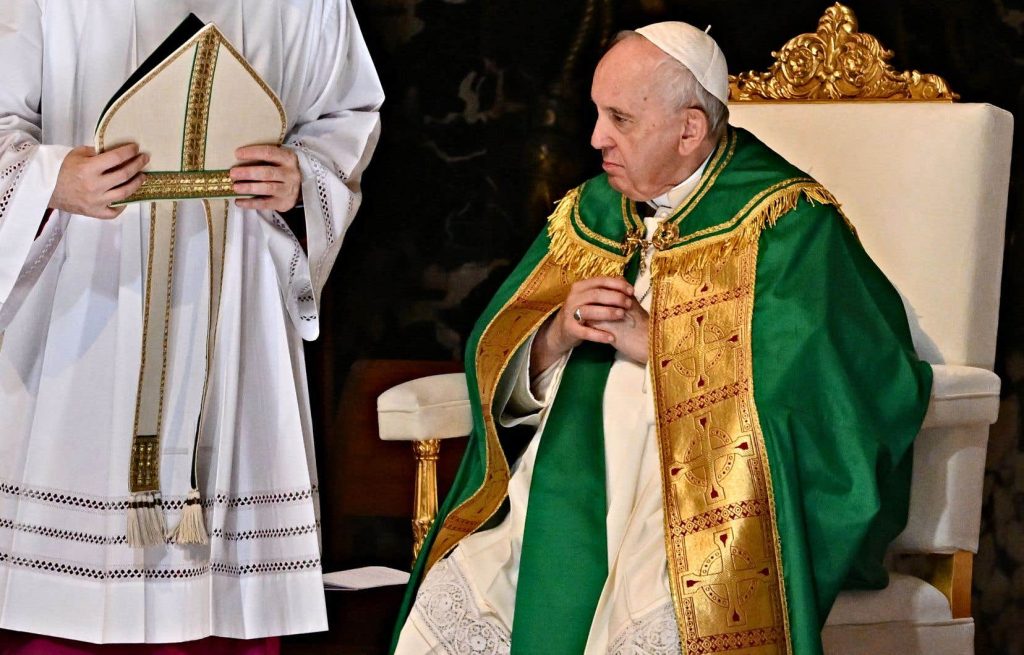 Francis admitted his health struggles have “certainly limited” him in his role recently, namely in leading him to postpone a planned trip to two countries in Africa, but he insisted he has no intention of stepping down at the moment.
Francis admitted his health struggles have “certainly limited” him in his role recently, namely in leading him to postpone a planned trip to two countries in Africa, but he insisted he has no intention of stepping down at the moment.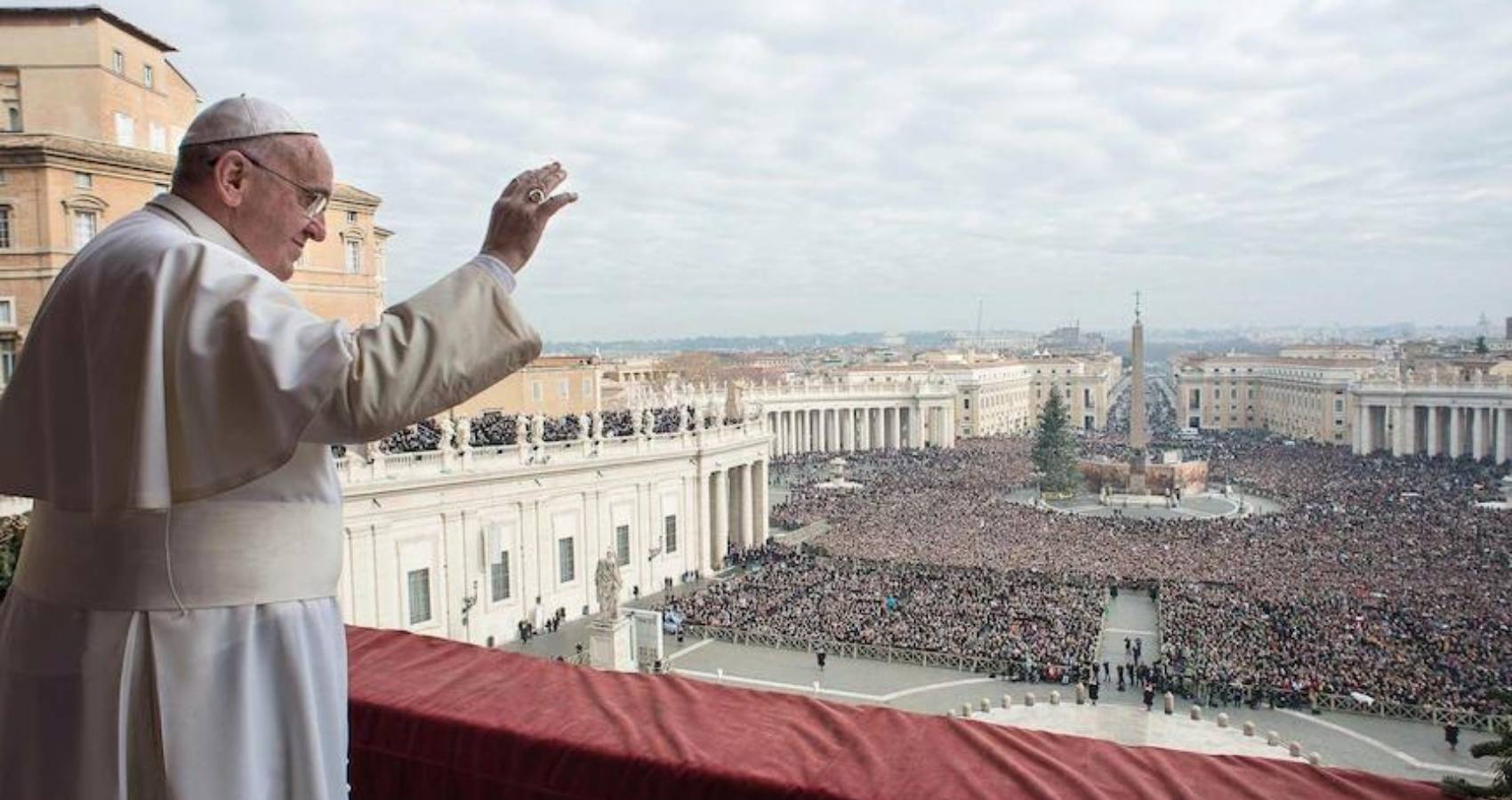
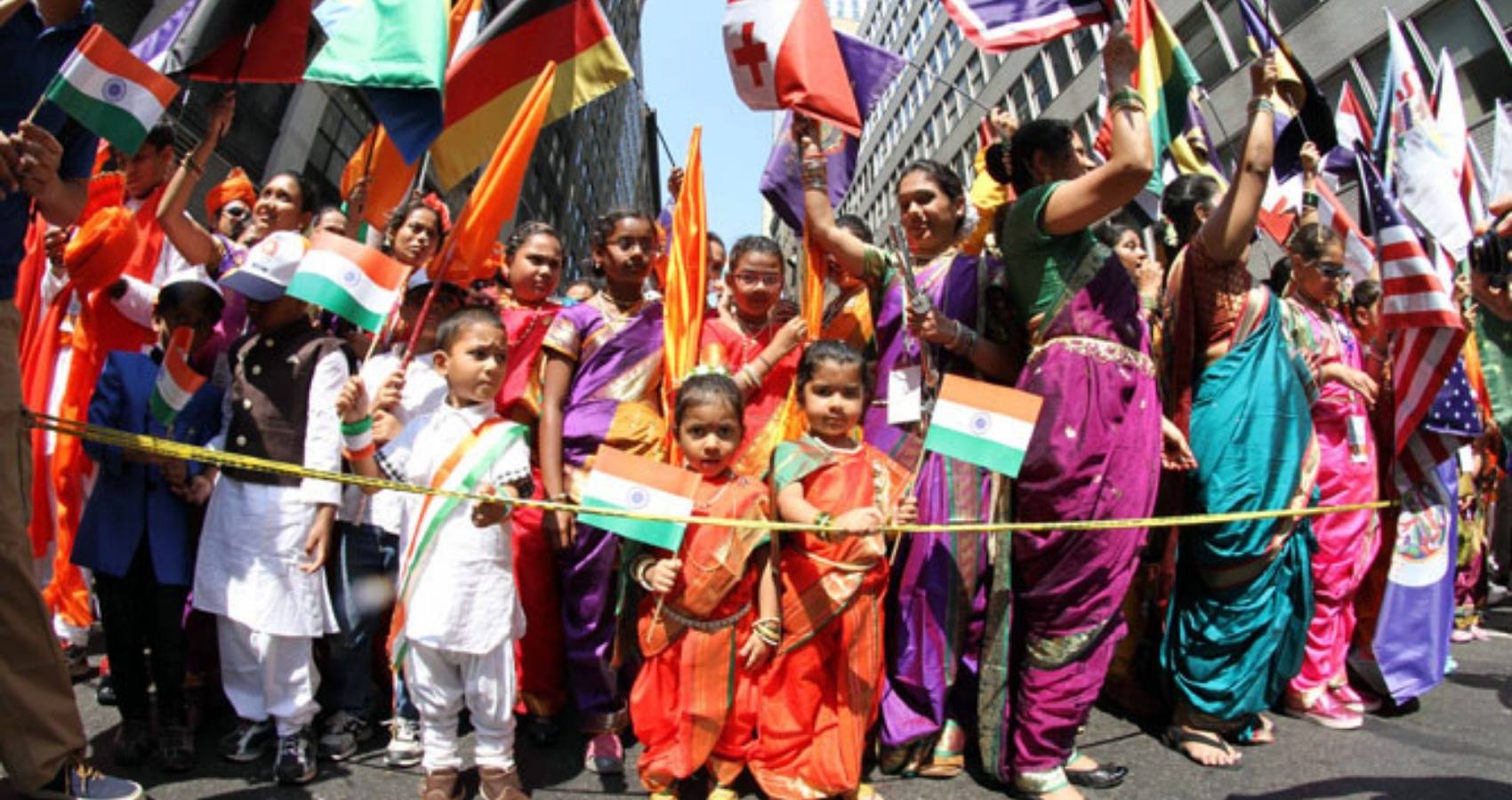
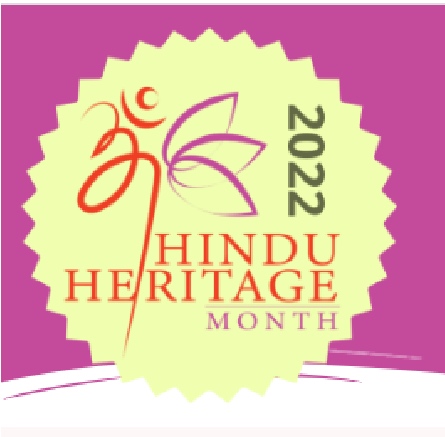 Echoing Bansal’s sentiments, Amitabh Mittal, General Secretary, World Hindu Council of America said, “I encourage our brothers and sisters in Dharma to spread the message of Hindu Heritage Month around the world.”
Echoing Bansal’s sentiments, Amitabh Mittal, General Secretary, World Hindu Council of America said, “I encourage our brothers and sisters in Dharma to spread the message of Hindu Heritage Month around the world.”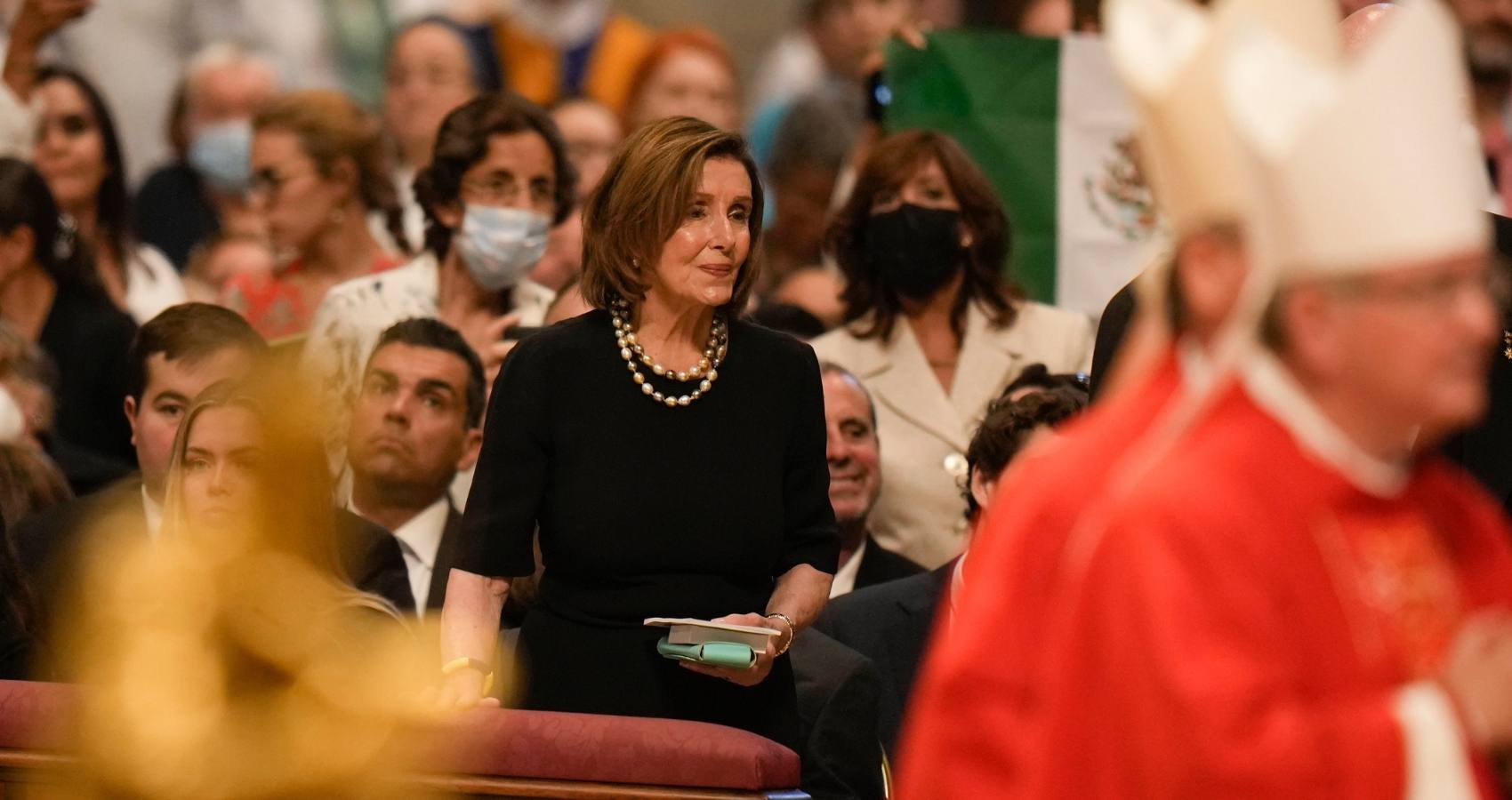
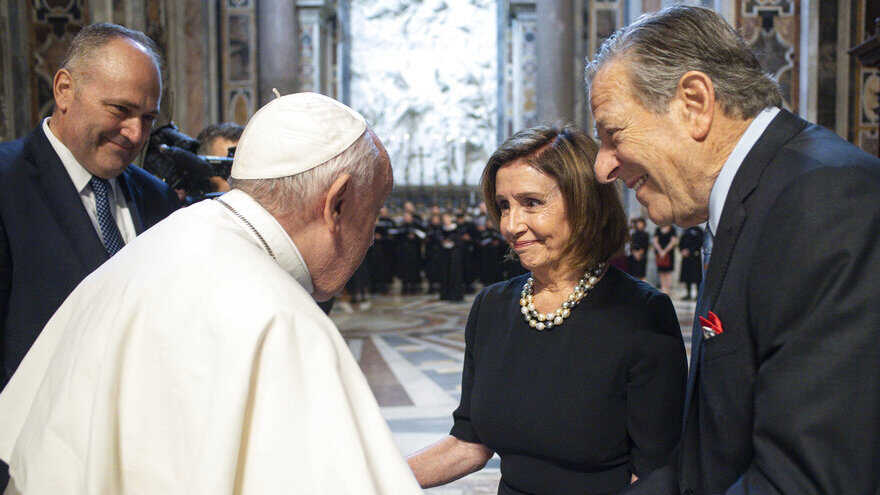
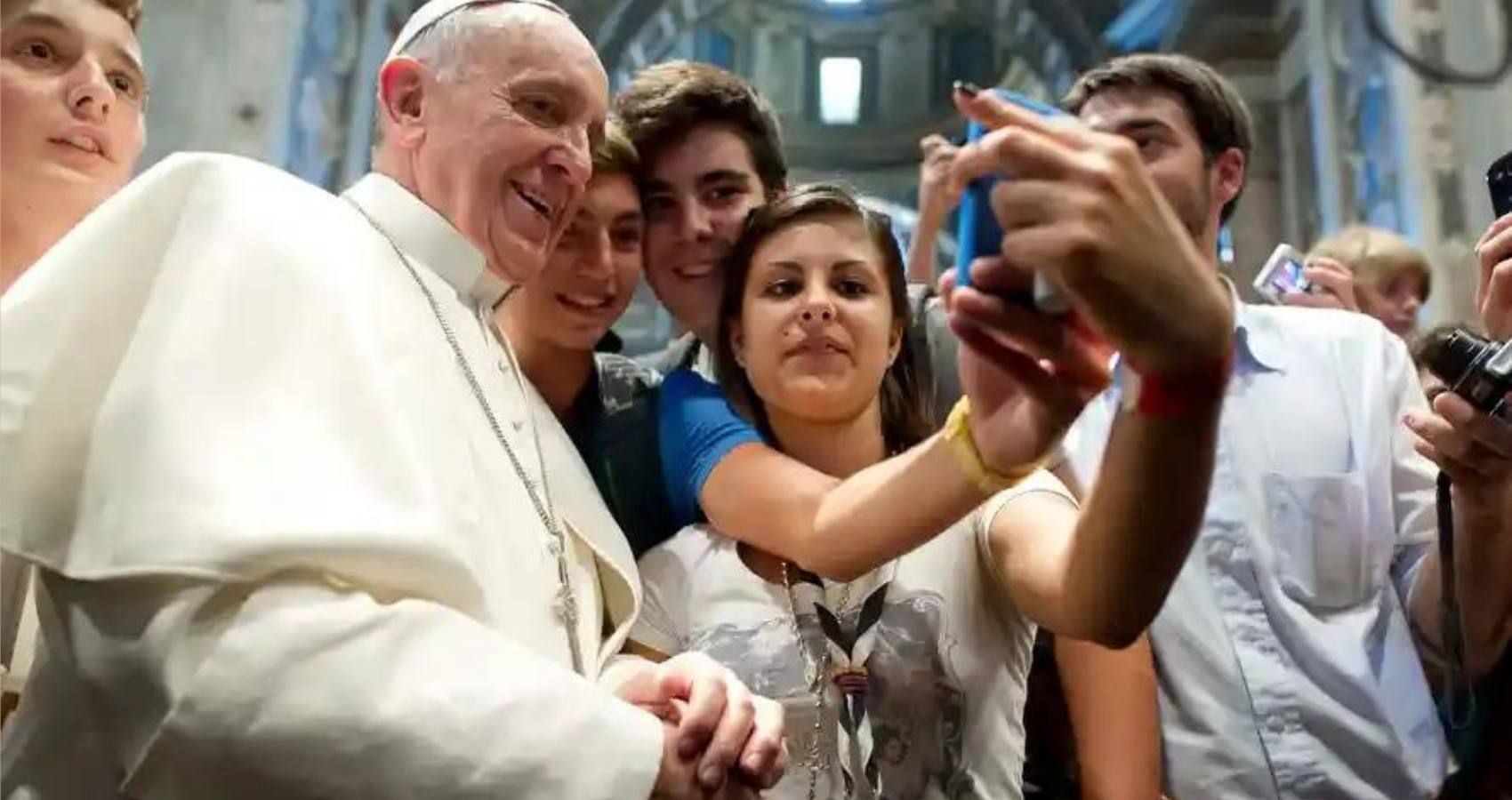
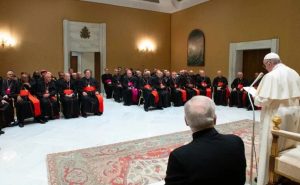 A year ago, Francis reintroduced the restrictions on celebrating the Old Latin Mass, which had been allowed by his predecessor Pope Benedict XVI in 2007. Unlike that document, which was aimed at bishops and priests, “Desiderio Desideravi” is addressed to all the Catholic faithful.
A year ago, Francis reintroduced the restrictions on celebrating the Old Latin Mass, which had been allowed by his predecessor Pope Benedict XVI in 2007. Unlike that document, which was aimed at bishops and priests, “Desiderio Desideravi” is addressed to all the Catholic faithful. 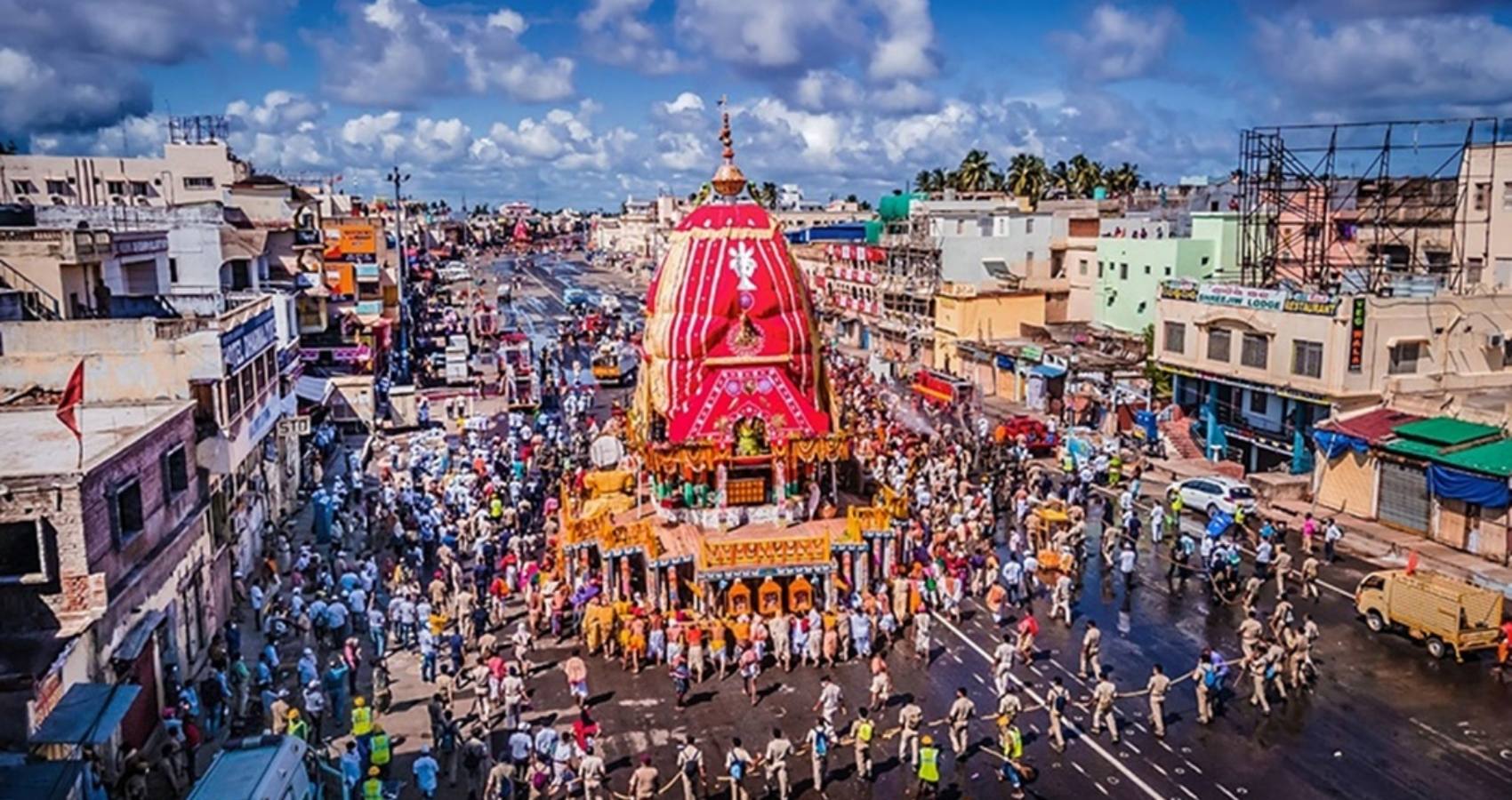
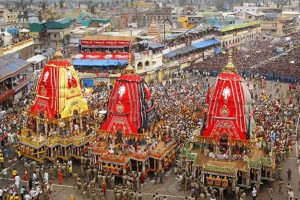
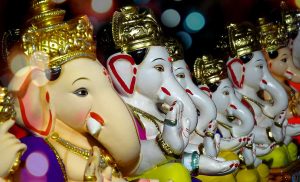
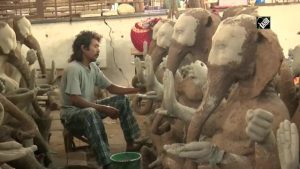 These idols are inexpensive and can be bought by all Kanta said, and added “Apart from Bhopal, I get orders from other places, including Pune and Delhi. People are really keen on buying these idols. Many people want to learn how to make them too.”
These idols are inexpensive and can be bought by all Kanta said, and added “Apart from Bhopal, I get orders from other places, including Pune and Delhi. People are really keen on buying these idols. Many people want to learn how to make them too.”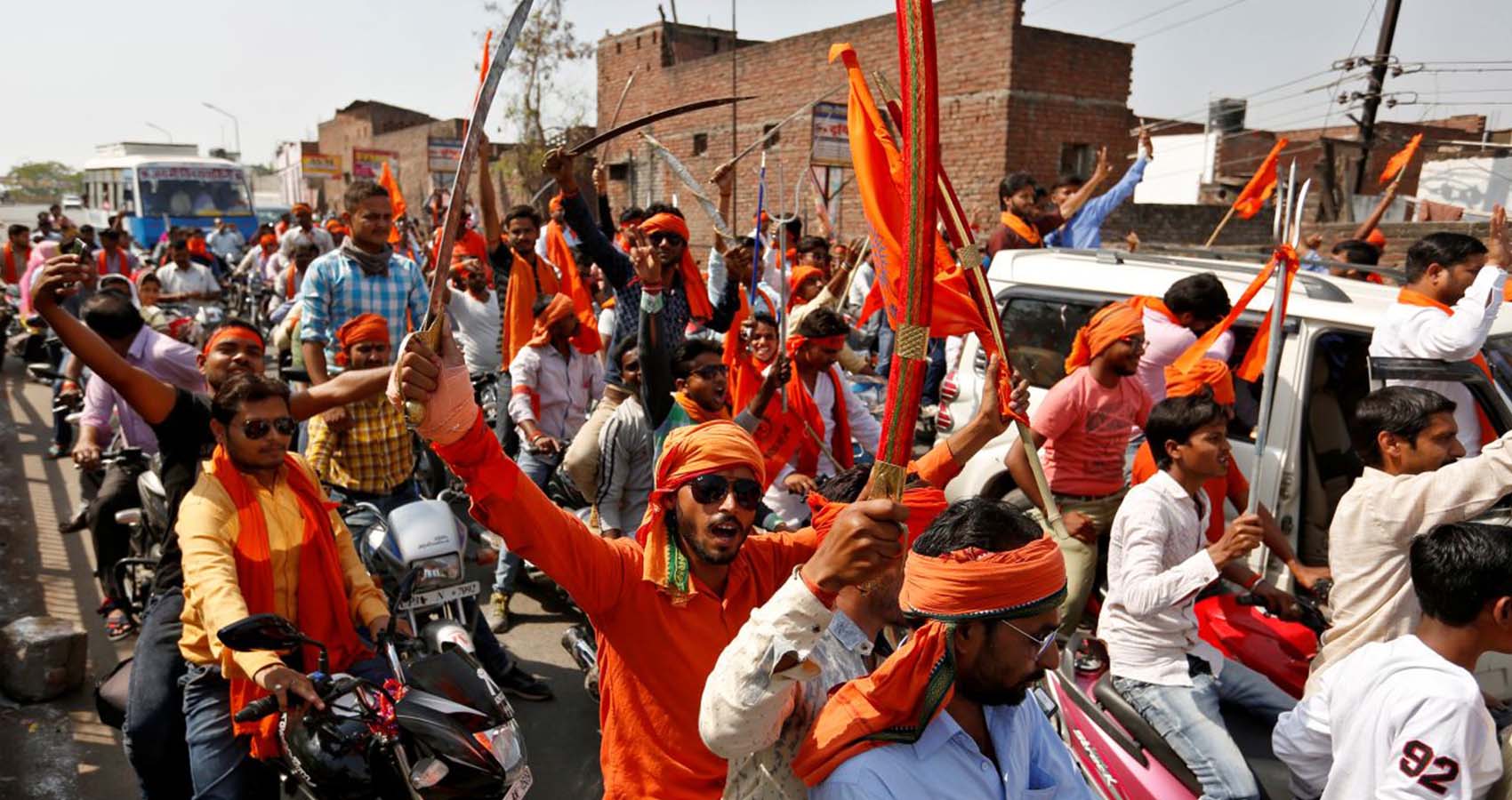
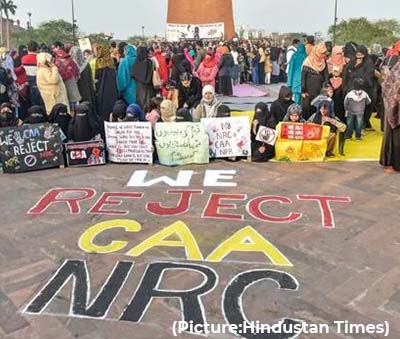 When one of my cousins in Mumbai attended a Catholic school in the 1970s and 1980s, his circle of friends included people of numerous religions — Hindus, Muslims and Parsis, among others. They would go to each other’s homes and to each other’s houses of worship — even to pray, if there was an exam coming up!
When one of my cousins in Mumbai attended a Catholic school in the 1970s and 1980s, his circle of friends included people of numerous religions — Hindus, Muslims and Parsis, among others. They would go to each other’s homes and to each other’s houses of worship — even to pray, if there was an exam coming up!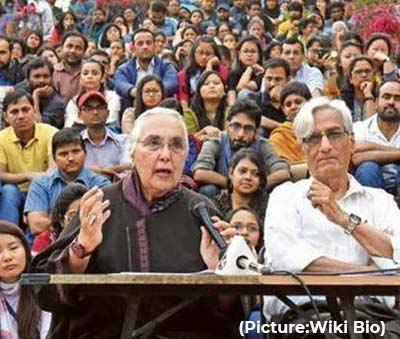 In short, if you’re someone in the Hindu diaspora who has economic or social power and you don’t speak up against state-sanctioned violence and discrimination in India, you might as well be participating in it. If you’re against discrimination here, then you’ve got to be against discrimination there.
In short, if you’re someone in the Hindu diaspora who has economic or social power and you don’t speak up against state-sanctioned violence and discrimination in India, you might as well be participating in it. If you’re against discrimination here, then you’ve got to be against discrimination there.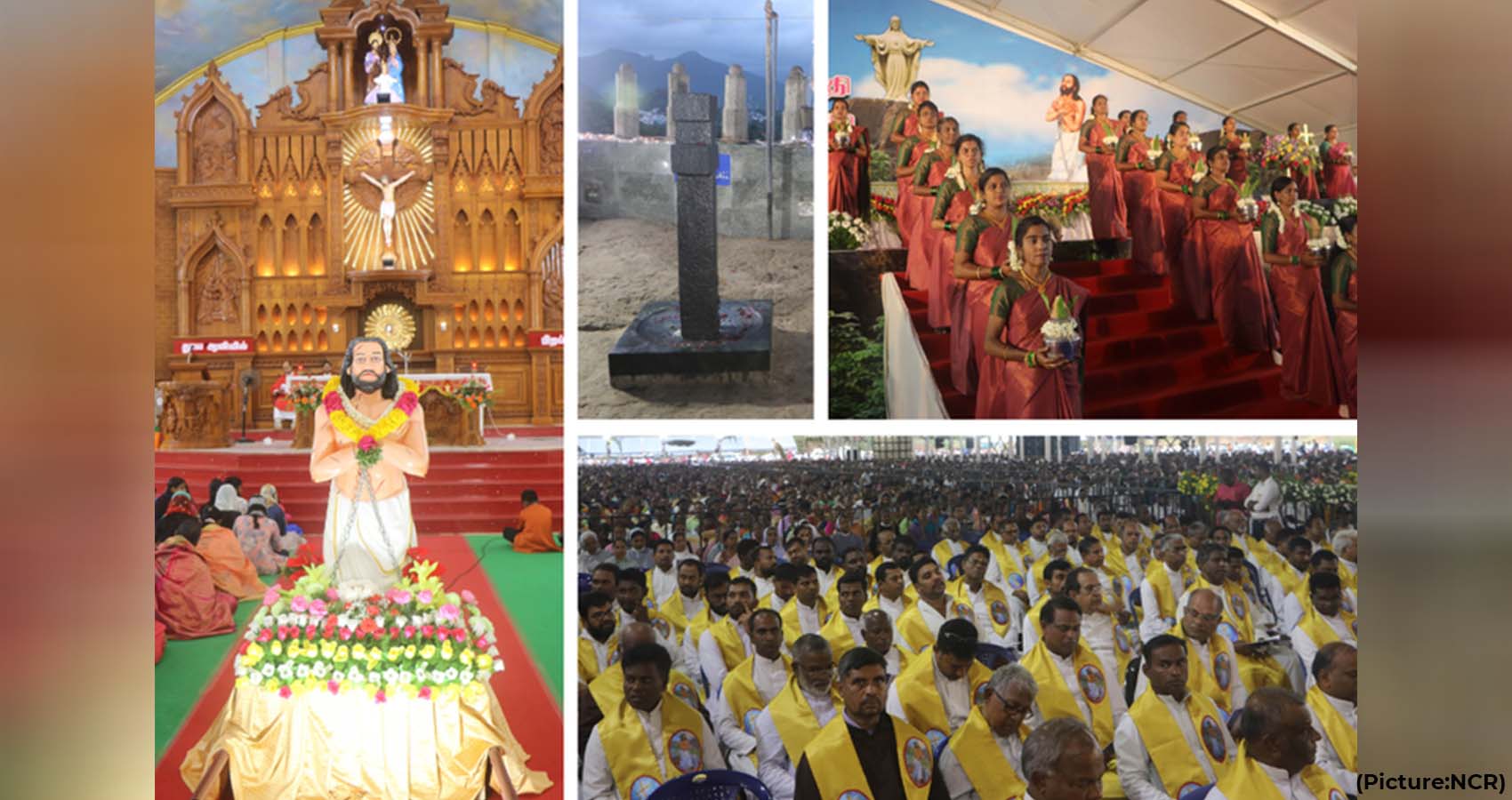
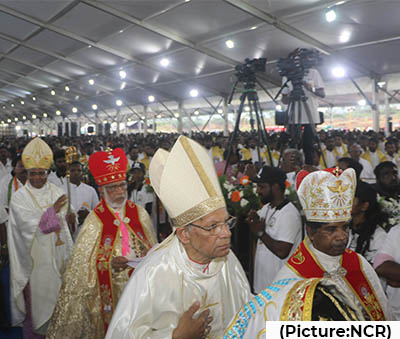 Indicating the esteem with which St. Devasahayam is revered, in attendance were four ministers of the Tamil Nadu state cabinet, led by the speaker of the state legislature, and Hindu leaders.
Indicating the esteem with which St. Devasahayam is revered, in attendance were four ministers of the Tamil Nadu state cabinet, led by the speaker of the state legislature, and Hindu leaders.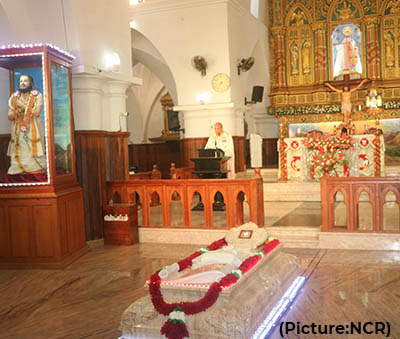 He recalled, “Finally seeing my pitiable condition of being carried around like a baby, my mother relented. It was after weeks of stay and prayer at the care center [at the martyrdom spot] I had a vision of a man in a beard coming and asking me for water. I told him, ‘I cannot walk.’ He said, ‘You can walk’ — and, amazingly, I walked, after months, to bring water for him. But he was gone. Only then I realized it was the saint.”
He recalled, “Finally seeing my pitiable condition of being carried around like a baby, my mother relented. It was after weeks of stay and prayer at the care center [at the martyrdom spot] I had a vision of a man in a beard coming and asking me for water. I told him, ‘I cannot walk.’ He said, ‘You can walk’ — and, amazingly, I walked, after months, to bring water for him. But he was gone. Only then I realized it was the saint.”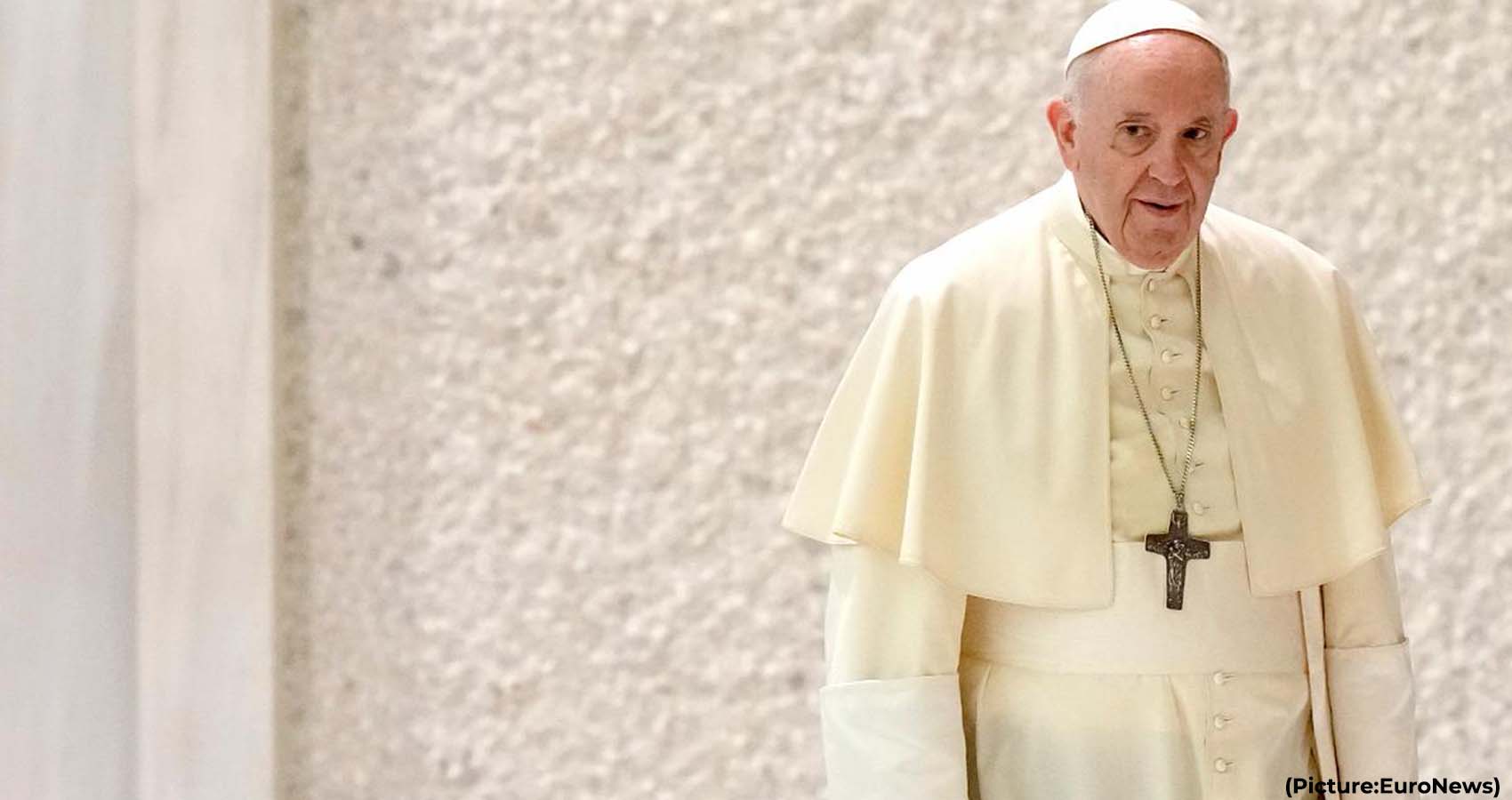
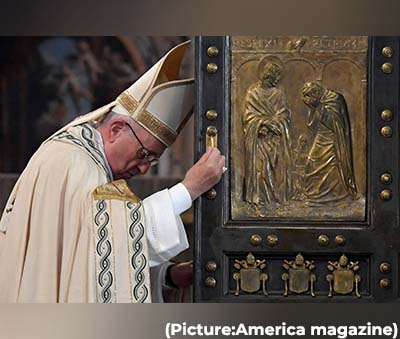 Notable was the timing: The Vatican and the rest of Italy are usually on holiday in August to mid-September, with all but essential business closed. Calling a major consistory in late August to create new cardinals, gathering churchmen for two days of talks on implementing his reform and making a symbolically significant pastoral visit suggests Francis might have out-of-the-ordinary business in mind.
Notable was the timing: The Vatican and the rest of Italy are usually on holiday in August to mid-September, with all but essential business closed. Calling a major consistory in late August to create new cardinals, gathering churchmen for two days of talks on implementing his reform and making a symbolically significant pastoral visit suggests Francis might have out-of-the-ordinary business in mind.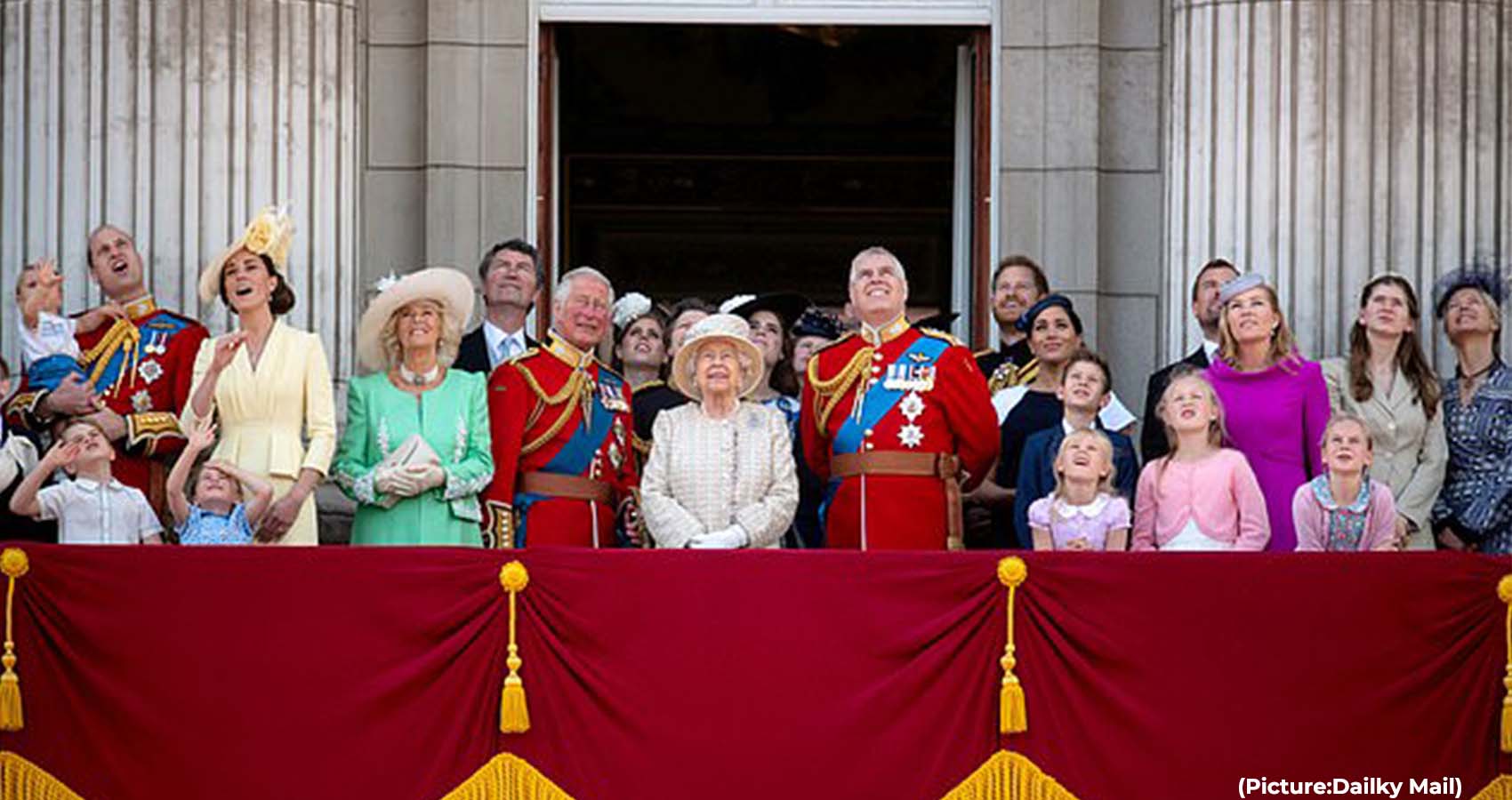
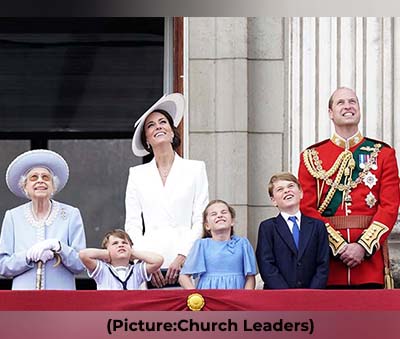 When Elizabeth came to the throne in 1952, Britain was still being rebuilt after the end of World War II and its heavy bombing campaigns; Winston Churchill was prime minister and the country still had an empire. The young queen’s coronation suggested a new era — as the millions of television sets purchased to watch the live broadcast of the ceremony from London’s Westminster Abbey signaled.
When Elizabeth came to the throne in 1952, Britain was still being rebuilt after the end of World War II and its heavy bombing campaigns; Winston Churchill was prime minister and the country still had an empire. The young queen’s coronation suggested a new era — as the millions of television sets purchased to watch the live broadcast of the ceremony from London’s Westminster Abbey signaled.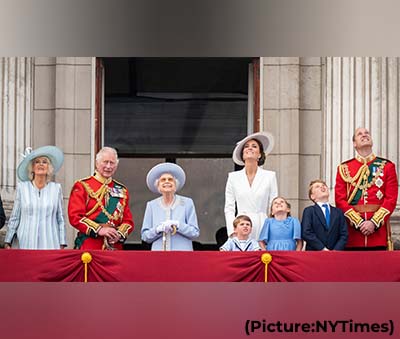 Today, the role of Supreme Governor indicates the British monarch retains a constitutional role regarding the established Church of England but does not govern or manage it. The modern Elizabeth has left that to the bishops, although she addresses general synods and has a role as a listener and guide to her primate, the Archbishop of Canterbury.
Today, the role of Supreme Governor indicates the British monarch retains a constitutional role regarding the established Church of England but does not govern or manage it. The modern Elizabeth has left that to the bishops, although she addresses general synods and has a role as a listener and guide to her primate, the Archbishop of Canterbury.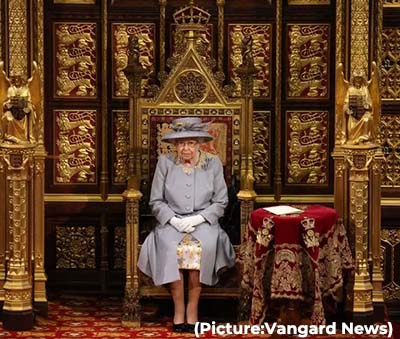 As she planned her coronation with dress fittings, selecting music and getting the crown jewels from their display in the Tower of London, there were also sessions with then-Archbishop of Canterbury Geoffrey Fisher, who provided her with a book of special prayers — a volume she keeps to this day among her most treasured possessions.
As she planned her coronation with dress fittings, selecting music and getting the crown jewels from their display in the Tower of London, there were also sessions with then-Archbishop of Canterbury Geoffrey Fisher, who provided her with a book of special prayers — a volume she keeps to this day among her most treasured possessions.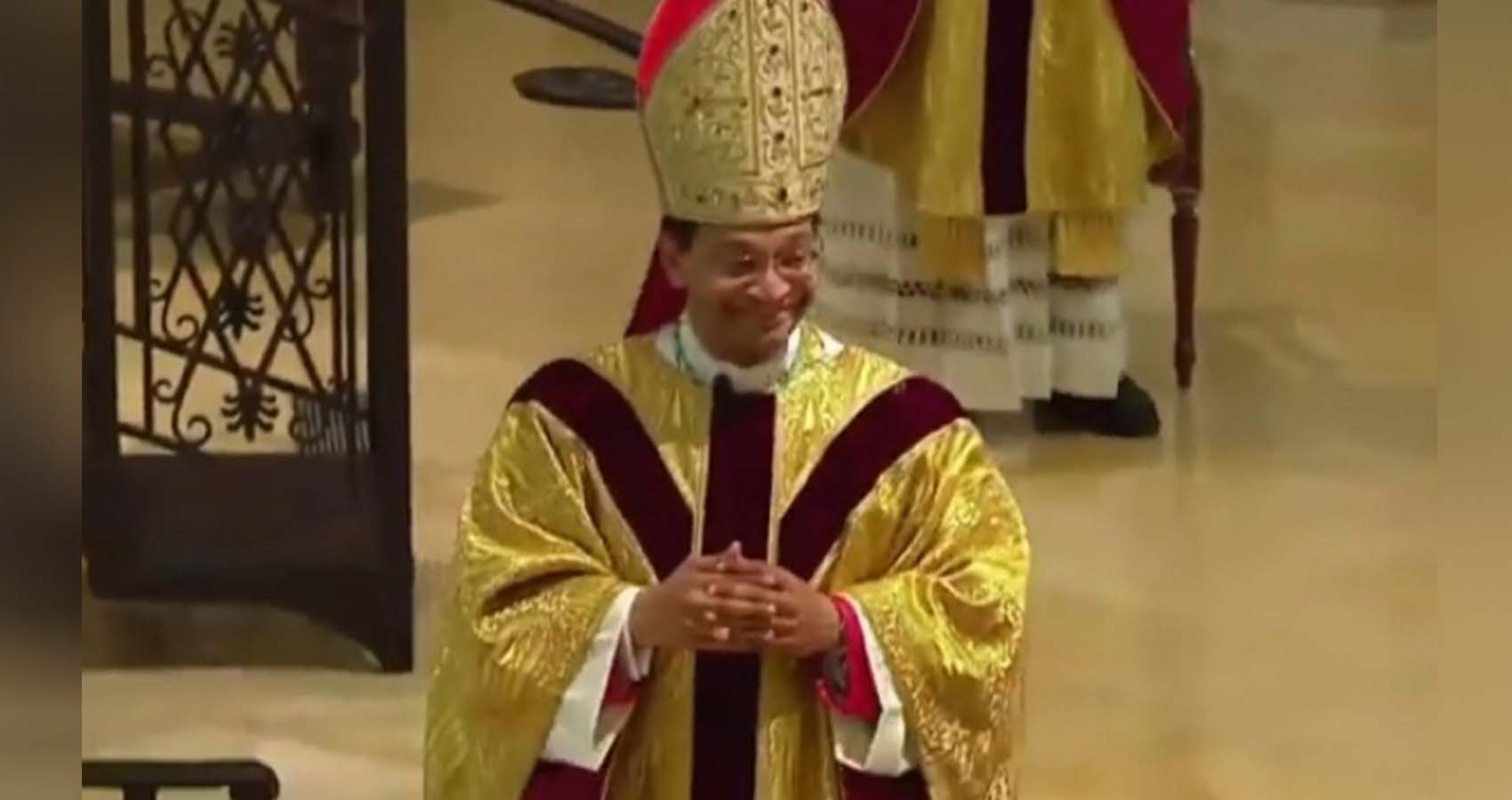
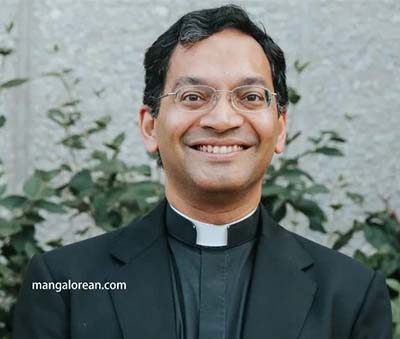 “I promise to work hard for you, to spill my blood for you,” he pledged. “But I bring to your attention that this year, in the Diocese of Columbus, there will be more bishops than priests ordained.
“I promise to work hard for you, to spill my blood for you,” he pledged. “But I bring to your attention that this year, in the Diocese of Columbus, there will be more bishops than priests ordained.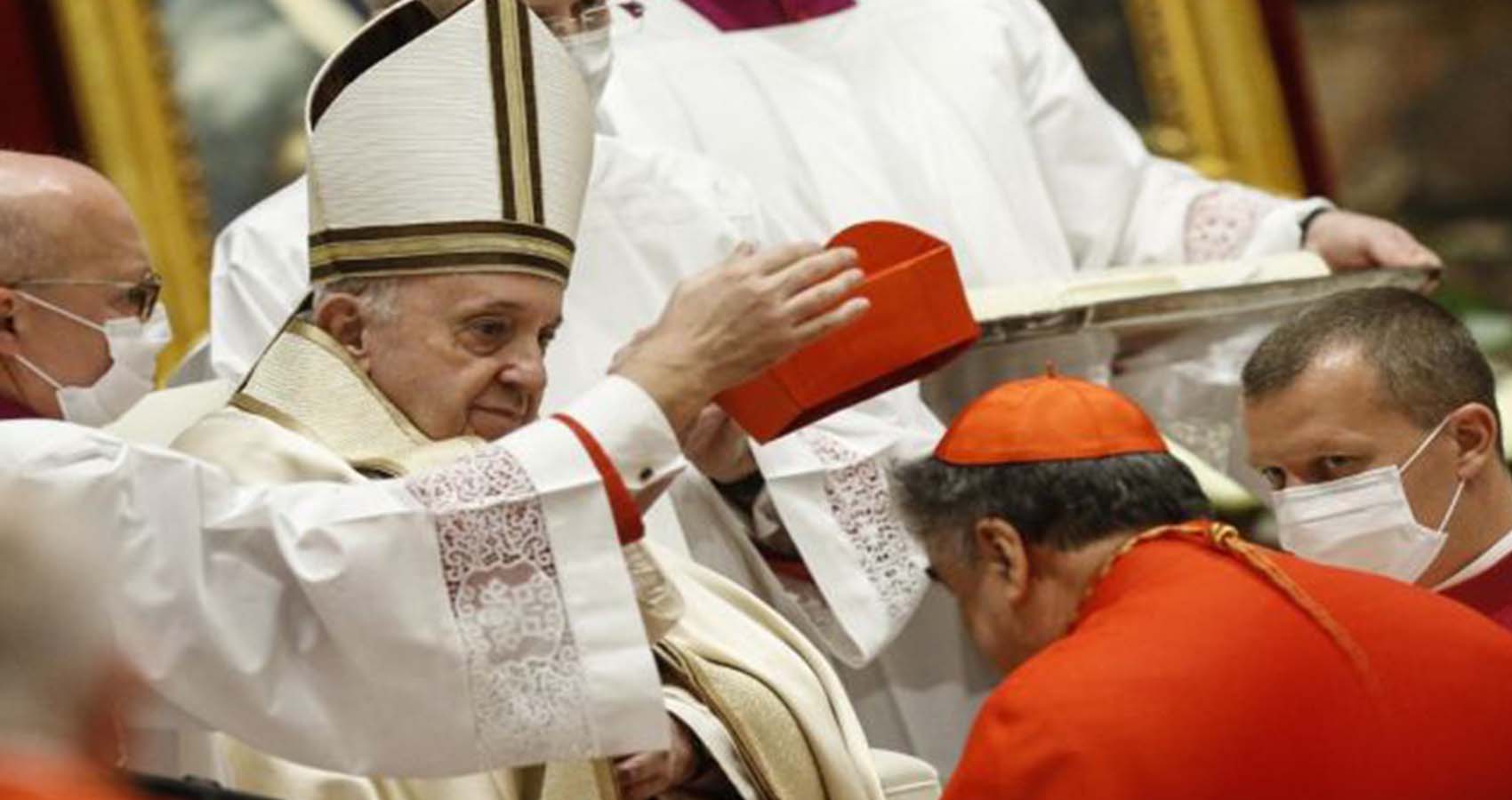
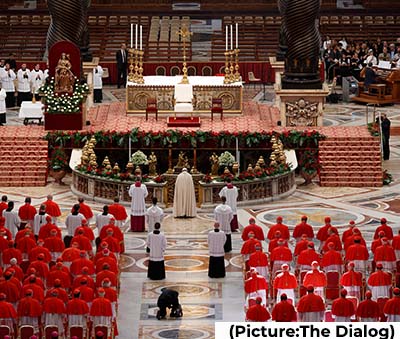 Sixteen of those who will receive the prestigious red cardinal’s hat from Francis in a consistory ceremony at the Vatican on Aug. 27 are younger than 80 and thus would be eligible to vote for his successor if a conclave — in which pontiffs are secretly elected — were to be held.
Sixteen of those who will receive the prestigious red cardinal’s hat from Francis in a consistory ceremony at the Vatican on Aug. 27 are younger than 80 and thus would be eligible to vote for his successor if a conclave — in which pontiffs are secretly elected — were to be held.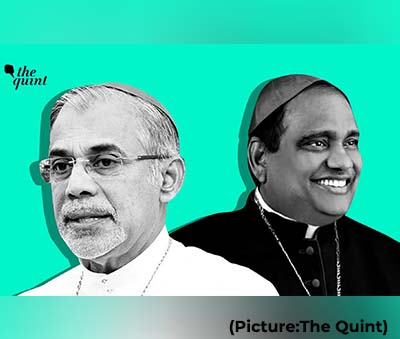 Due to their historical power and influence, they are still called the “Princes of the Church”. It is a reference to those who held the equivalent role of a royal prince and in feudal times ruled a principality. However,
Due to their historical power and influence, they are still called the “Princes of the Church”. It is a reference to those who held the equivalent role of a royal prince and in feudal times ruled a principality. However, 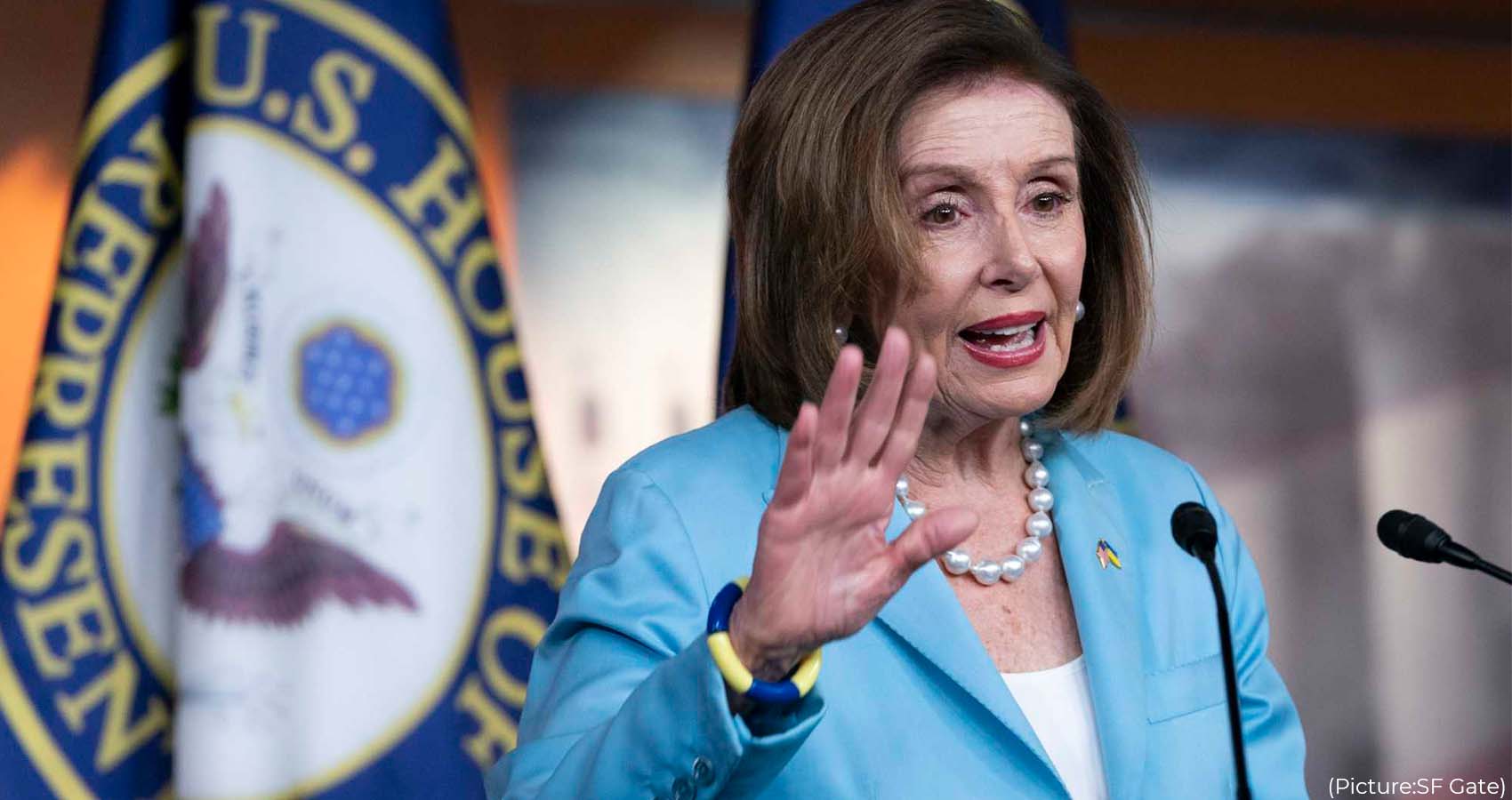
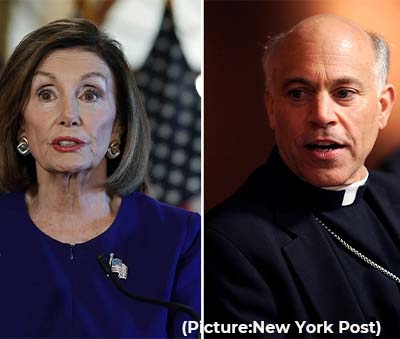 In his letter and in a separate
In his letter and in a separate 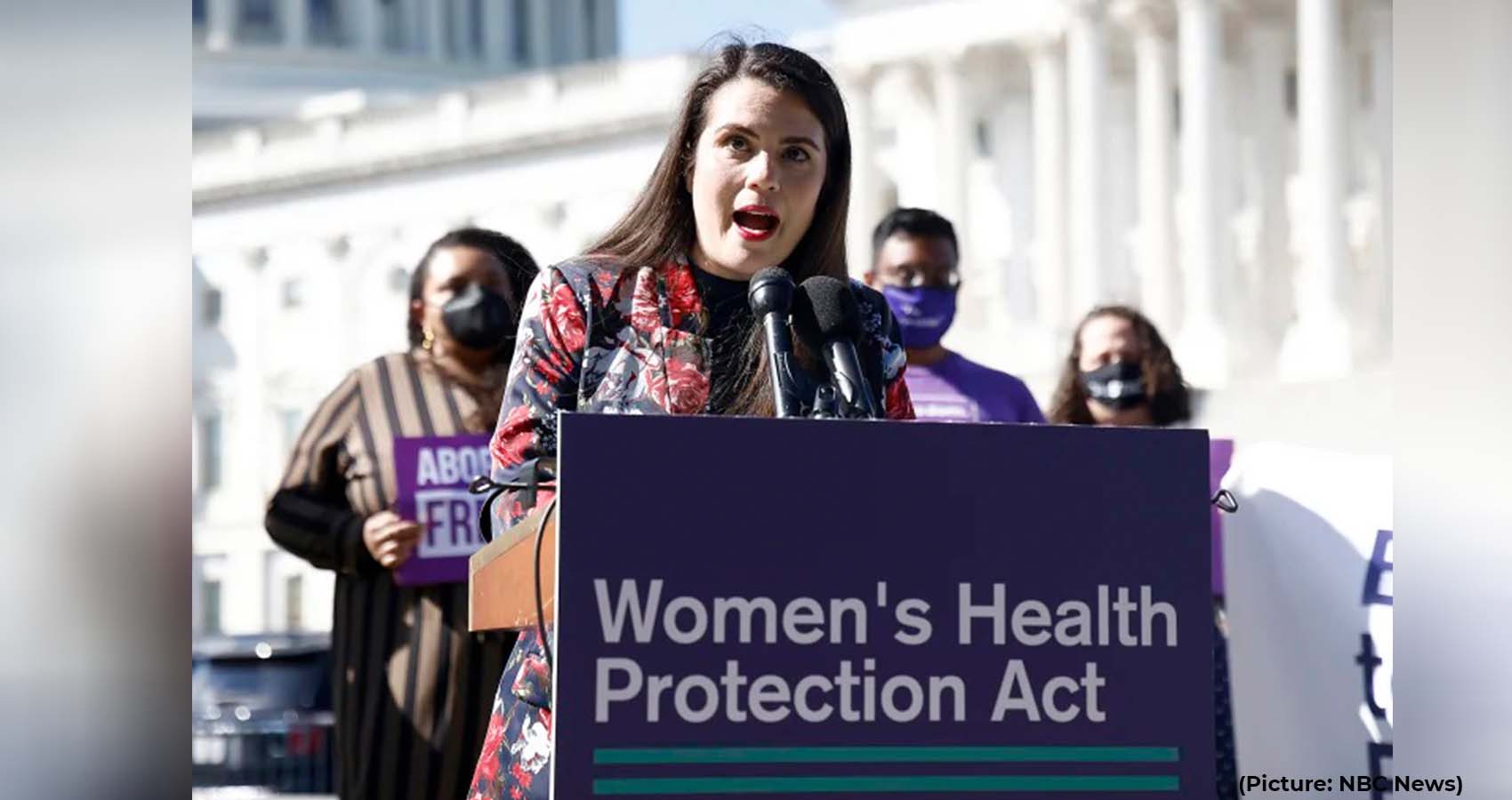
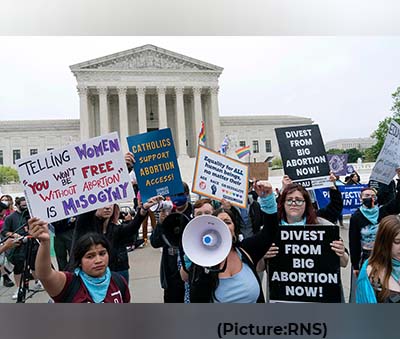 But Alito also overlooks the actual issue at stake. If Roe were overturned, it would abrogate the religious freedom and individual rights of several minority religious communities, including U.S. Jews, Muslims and Hindus. These communities support abortion rights in some or all cases in numbers equivalent to or much greater than the general public. That support is often rooted in their faith and the ethics of individual choice.
But Alito also overlooks the actual issue at stake. If Roe were overturned, it would abrogate the religious freedom and individual rights of several minority religious communities, including U.S. Jews, Muslims and Hindus. These communities support abortion rights in some or all cases in numbers equivalent to or much greater than the general public. That support is often rooted in their faith and the ethics of individual choice.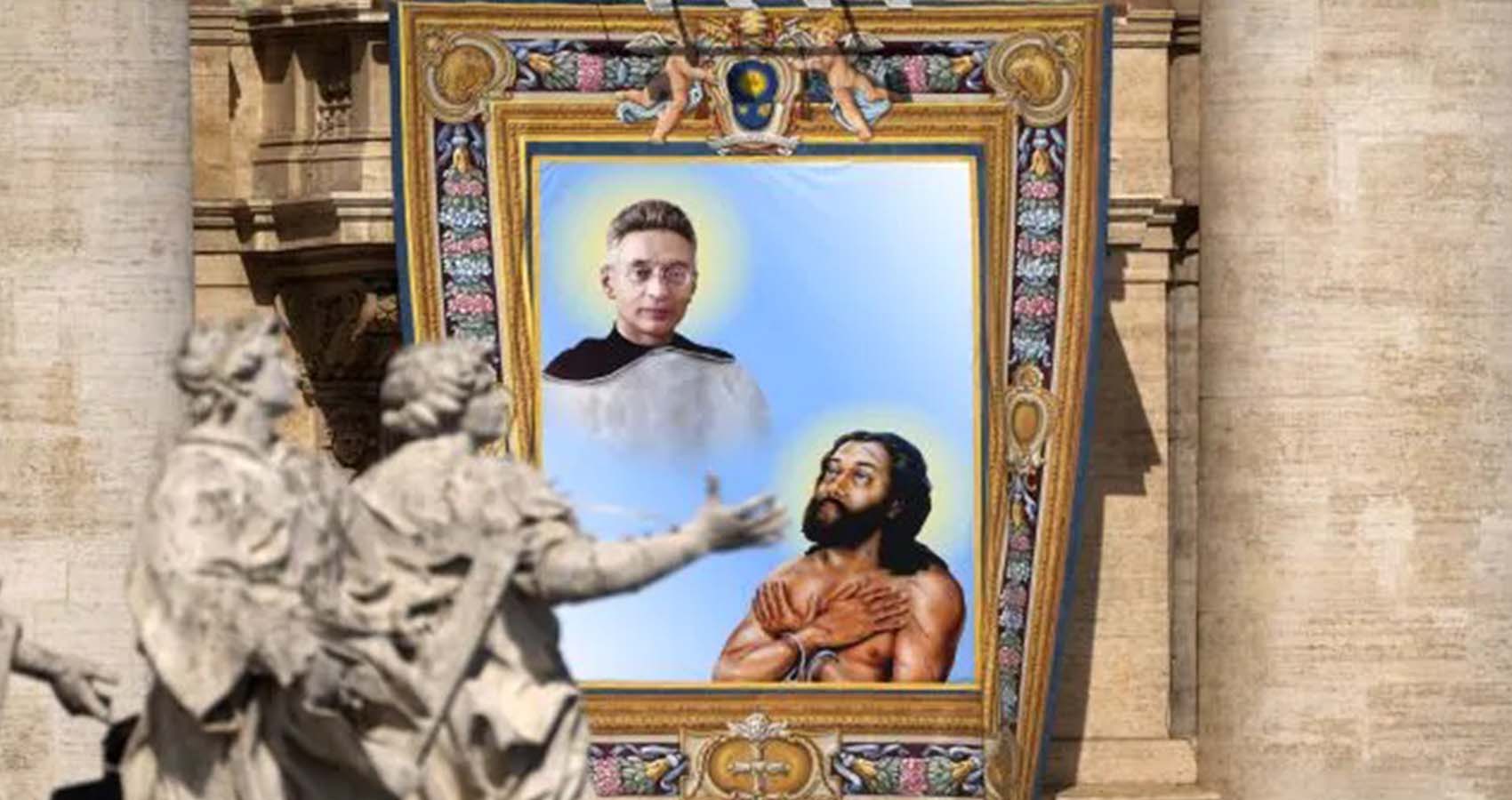
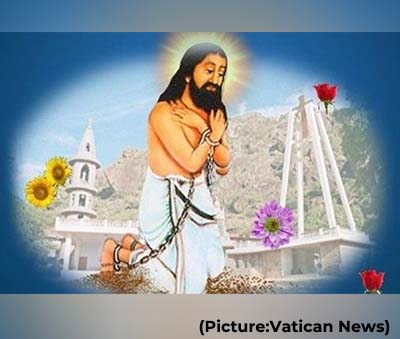 “Saint Devasahayam stood for equality and fought against casteism and communalism. His sainthood comes at a time India is facing a surge in communalism,” said retired Indian civil servant M G Devasahayam, who had written to the Vatican, seeking removal of Devasahayam’s caste name.
“Saint Devasahayam stood for equality and fought against casteism and communalism. His sainthood comes at a time India is facing a surge in communalism,” said retired Indian civil servant M G Devasahayam, who had written to the Vatican, seeking removal of Devasahayam’s caste name.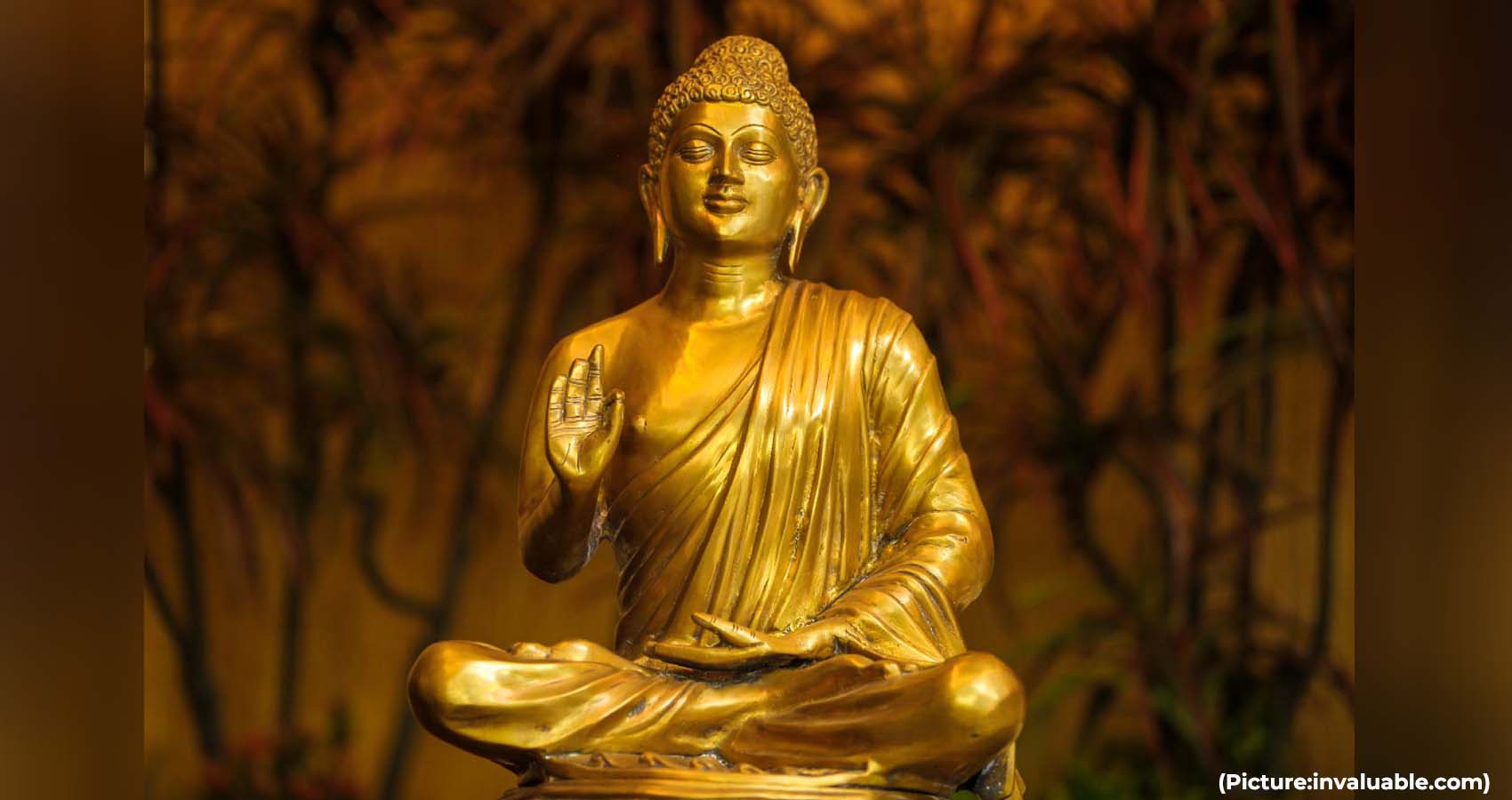
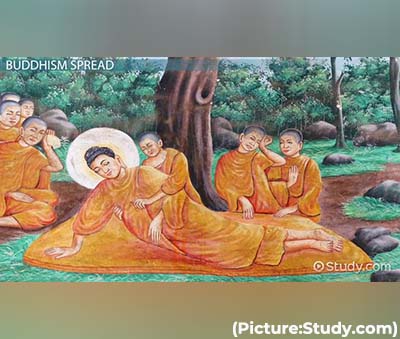 He said that Indian government is working on mission mode with state governments to develop Buddha Circuit.
He said that Indian government is working on mission mode with state governments to develop Buddha Circuit.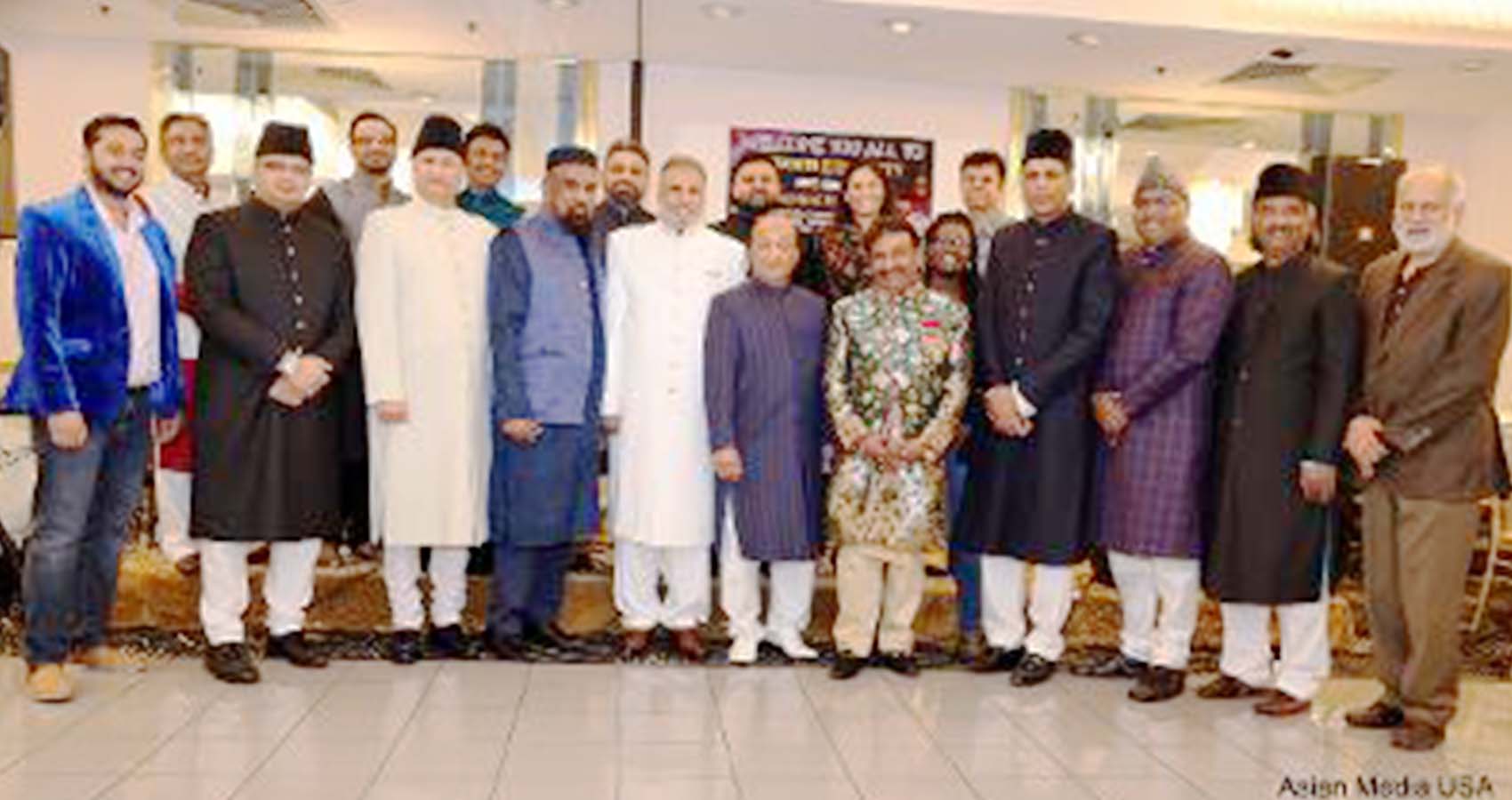
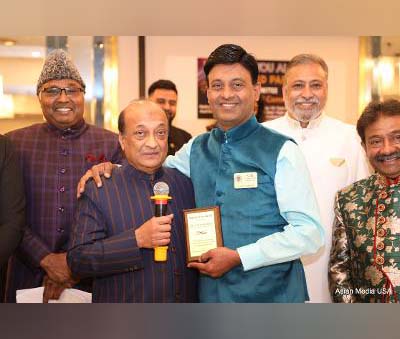 Dr. Tajamul Hussain, said all religions teach love and empathy and we have to build bridges and spread love. He opined that practicing these values is the need of the hour for giving a big boost to mutual co- existence, especially in the present times, which are characterized by increasing distances among people professing different faiths. “My hometown is Hyderabad in India, which is known for “Ganga Jamuni Tahzeeb’, that is, a fusion of elements of different religions”, he added.
Dr. Tajamul Hussain, said all religions teach love and empathy and we have to build bridges and spread love. He opined that practicing these values is the need of the hour for giving a big boost to mutual co- existence, especially in the present times, which are characterized by increasing distances among people professing different faiths. “My hometown is Hyderabad in India, which is known for “Ganga Jamuni Tahzeeb’, that is, a fusion of elements of different religions”, he added. The Chicago Eid Committee presented awards to the community leaders for their excellent service to the community of Chicago and Dr. Suresh Reddy, Dr Rajiv Kandala, Rezwanul Haque, Saima Azfar, Shalini Gupta and Rajendra Singh Mago were awarded. The book release of A.Q. Siddiqui was also done by the Chicago Eid Committee and Mr. Siddiqui signed the copies for the community.
The Chicago Eid Committee presented awards to the community leaders for their excellent service to the community of Chicago and Dr. Suresh Reddy, Dr Rajiv Kandala, Rezwanul Haque, Saima Azfar, Shalini Gupta and Rajendra Singh Mago were awarded. The book release of A.Q. Siddiqui was also done by the Chicago Eid Committee and Mr. Siddiqui signed the copies for the community.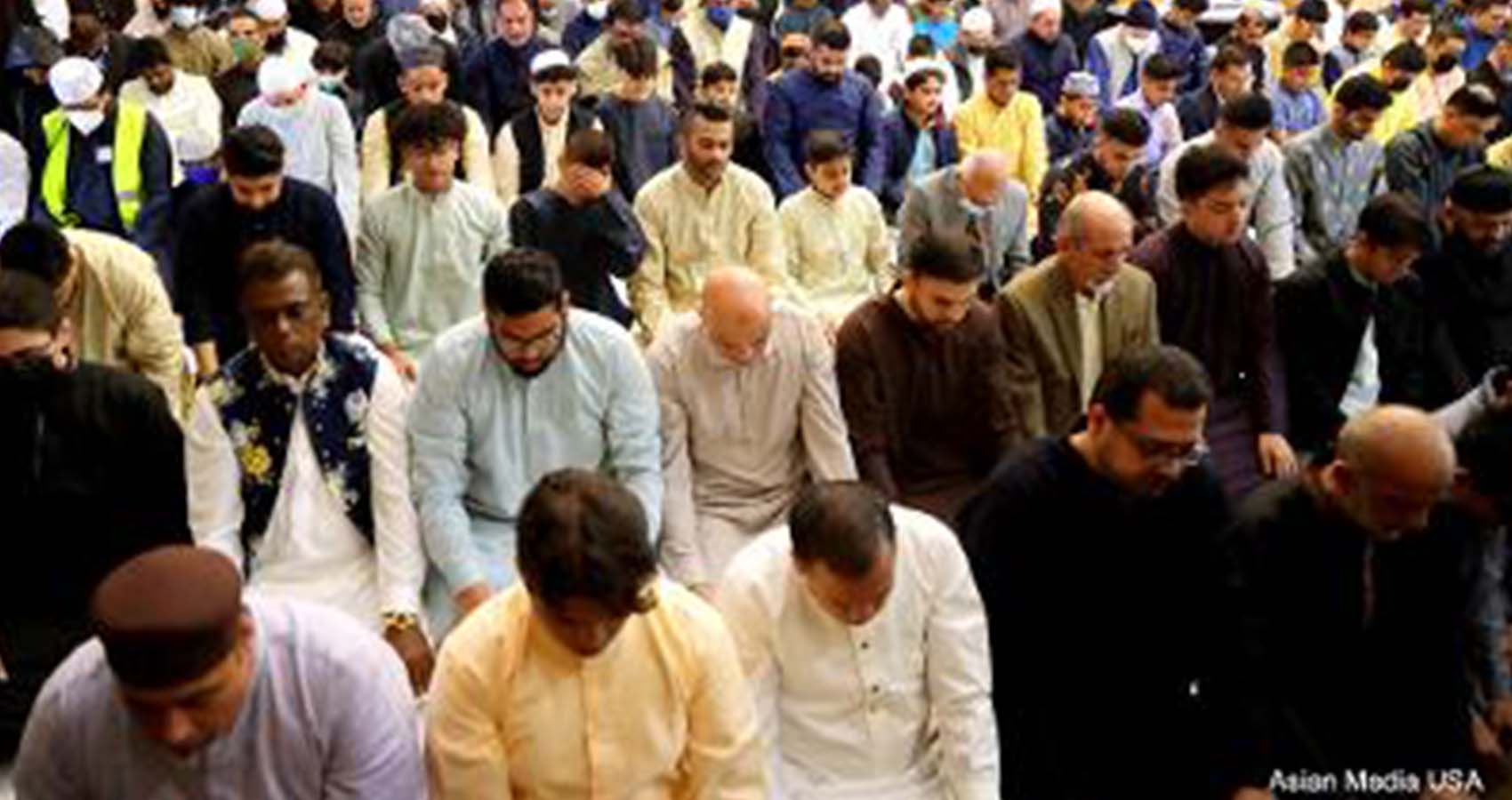
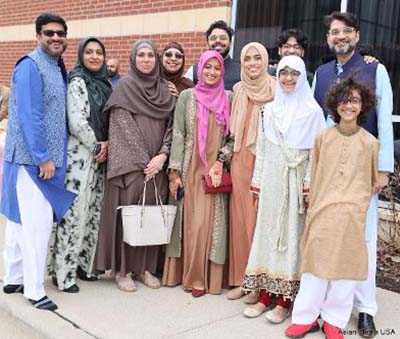 Women in vibrant colored dresses, men in ethnic outfits and children, smiling and laughing, filled the parking lots and poured into all the three locations. Volunteers of the Eid Committee of the ICN open-heartedly welcomed the incoming persons so as to ensure that every one of them was able to partake in the Eid prayers, without any inconvenience. Despite the large numbers, the volunteers of the ICN and board members were able to direct the crowds effortlessly and efficiently.
Women in vibrant colored dresses, men in ethnic outfits and children, smiling and laughing, filled the parking lots and poured into all the three locations. Volunteers of the Eid Committee of the ICN open-heartedly welcomed the incoming persons so as to ensure that every one of them was able to partake in the Eid prayers, without any inconvenience. Despite the large numbers, the volunteers of the ICN and board members were able to direct the crowds effortlessly and efficiently.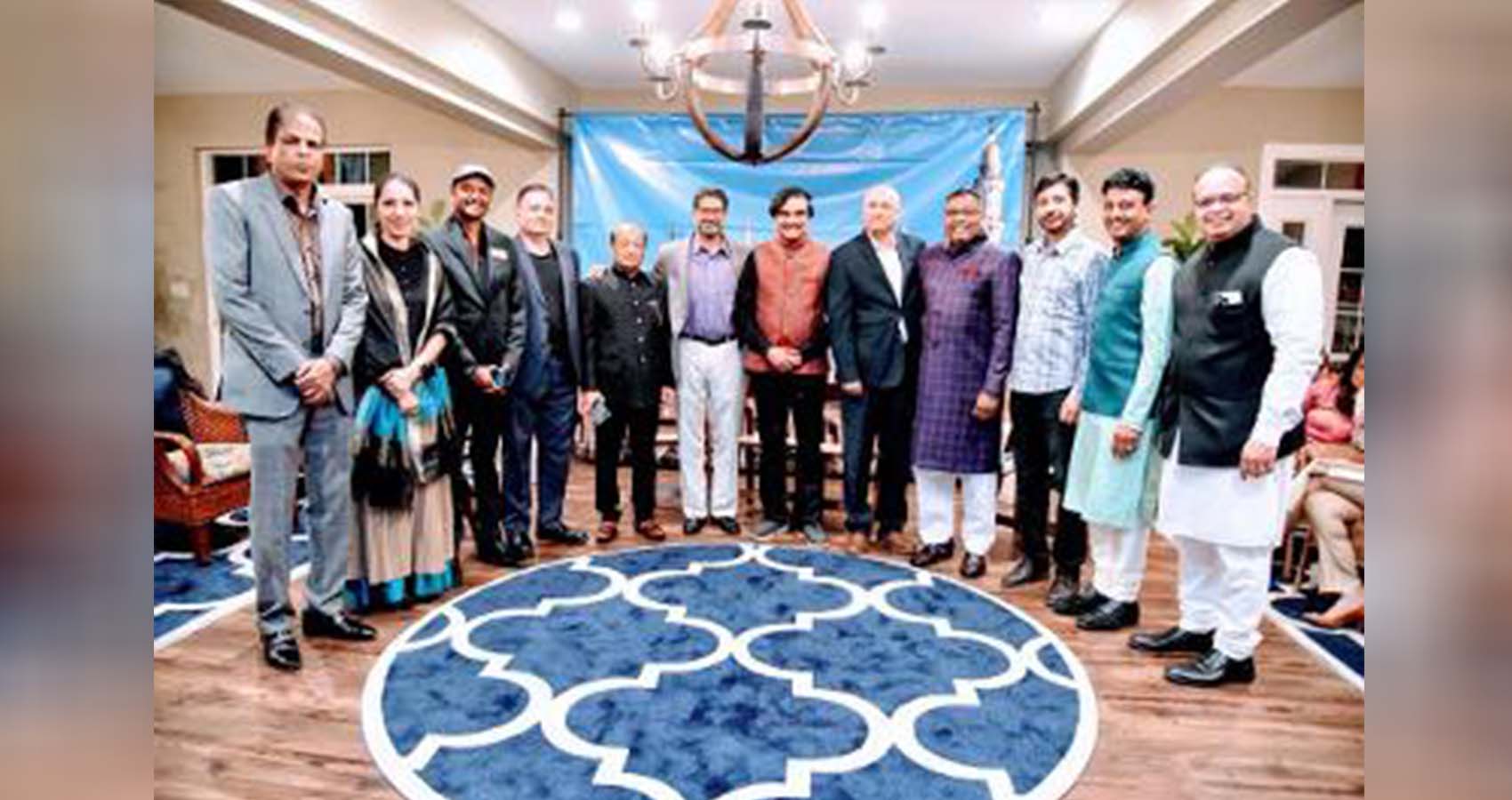
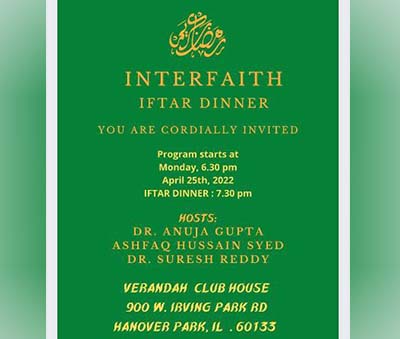 Recognizing the imperative need for dialogue and appreciation among different faiths and religions to enhance mutual understanding, harmony and cooperation among people, an Interfaith Iftar was hosted by Dr. Suresh Reddy, Dr. Anuja Gupta, and Shri Ashfaq Hussain Syed, under the auspices of Verandah Community Outreach on April 25th in Hanover Park, near Chicago, in Illinois. Dr. Suresh Reddy, born and grew up in from Hyderabad, India, a city of many religions, shared his own experiences of Iftar celebrations while growing up in Hyderabad.
Recognizing the imperative need for dialogue and appreciation among different faiths and religions to enhance mutual understanding, harmony and cooperation among people, an Interfaith Iftar was hosted by Dr. Suresh Reddy, Dr. Anuja Gupta, and Shri Ashfaq Hussain Syed, under the auspices of Verandah Community Outreach on April 25th in Hanover Park, near Chicago, in Illinois. Dr. Suresh Reddy, born and grew up in from Hyderabad, India, a city of many religions, shared his own experiences of Iftar celebrations while growing up in Hyderabad.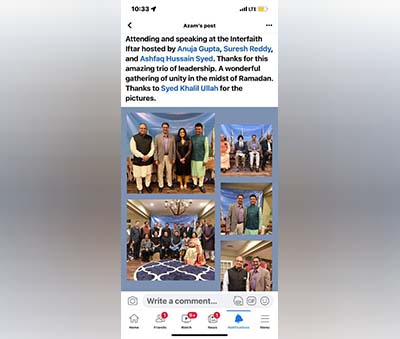 Iftar is the fast-breaking meal observed each evening at sundown during the holy month of Ramadan. The Interfaith Iftar Dinner is an opportunity for the community to join our Muslim friends for an evening meal as they break their Ramadan fast, added Ashfaq Syed. Ramadan is a time of revelation and a time of disruption, he said, in which Muslims draw near to God by breaking away from the distractions of the world.
Iftar is the fast-breaking meal observed each evening at sundown during the holy month of Ramadan. The Interfaith Iftar Dinner is an opportunity for the community to join our Muslim friends for an evening meal as they break their Ramadan fast, added Ashfaq Syed. Ramadan is a time of revelation and a time of disruption, he said, in which Muslims draw near to God by breaking away from the distractions of the world.
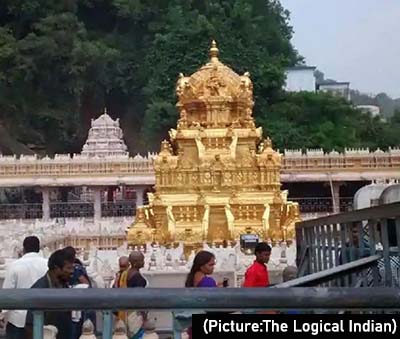 Pratik Khedkar, an avid biker and Koo employee, will ride 4000 kilometres from Madhya Pradesh to Uttarakhand. Pratik will visit key pilgrimage sites in the Himalayan state, including Haridwar, Rishikesh, Uttarkashi, Gangotri, Yamunotri, and Badrinath, as part of Koo’s Operations Team. The journey will come to an end at Gaurikund, the base camp for the Kedarnath trek. This campaign, which has the support of Uttarakhand Tourism, aims to assist temple trusts and spiritual centres across the state in harnessing the social media revolution that is currently transforming the world. The ‘India Spiritual Journey’ will be gradually expanded to pilgrimage sites throughout India.
Pratik Khedkar, an avid biker and Koo employee, will ride 4000 kilometres from Madhya Pradesh to Uttarakhand. Pratik will visit key pilgrimage sites in the Himalayan state, including Haridwar, Rishikesh, Uttarkashi, Gangotri, Yamunotri, and Badrinath, as part of Koo’s Operations Team. The journey will come to an end at Gaurikund, the base camp for the Kedarnath trek. This campaign, which has the support of Uttarakhand Tourism, aims to assist temple trusts and spiritual centres across the state in harnessing the social media revolution that is currently transforming the world. The ‘India Spiritual Journey’ will be gradually expanded to pilgrimage sites throughout India.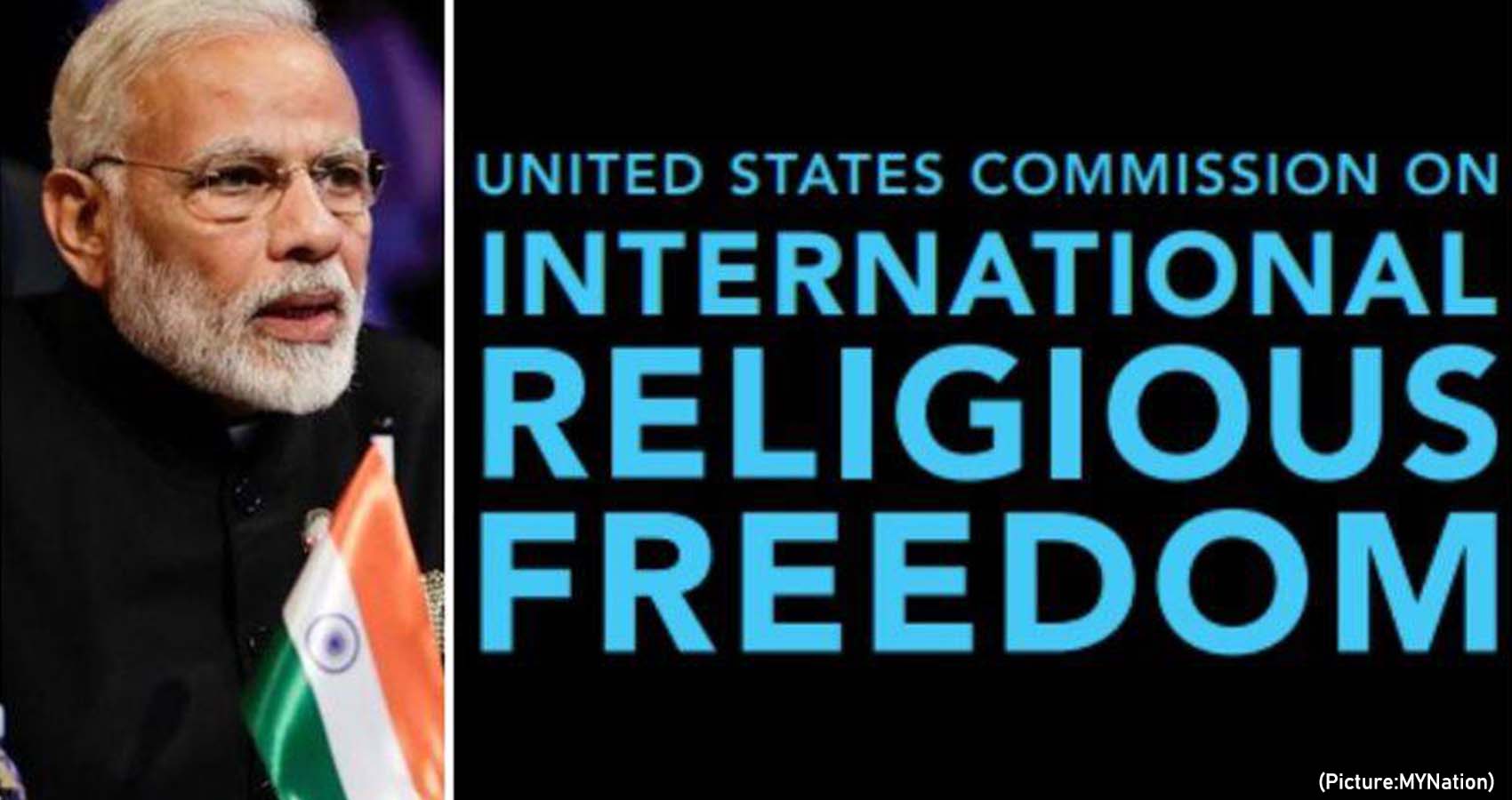
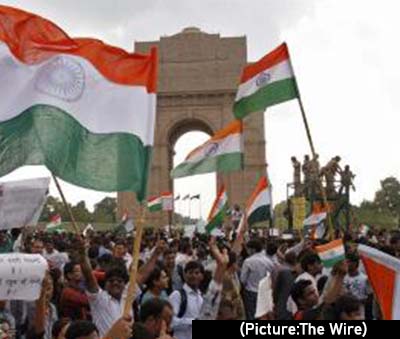 In 2021, the report said in its key findings, “The Indian government escalated its promotion and enforcement of policies — including those promoting a Hindu-nationalist agenda — that negatively affected Muslims, Christians, Sikhs, Dalits, and other religious minorities. The government continued to systemize its ideological vision of a Hindu state at both the national and state levels through the use of both existing and new laws and structural changes hostile to the country’s religious minorities”.
In 2021, the report said in its key findings, “The Indian government escalated its promotion and enforcement of policies — including those promoting a Hindu-nationalist agenda — that negatively affected Muslims, Christians, Sikhs, Dalits, and other religious minorities. The government continued to systemize its ideological vision of a Hindu state at both the national and state levels through the use of both existing and new laws and structural changes hostile to the country’s religious minorities”.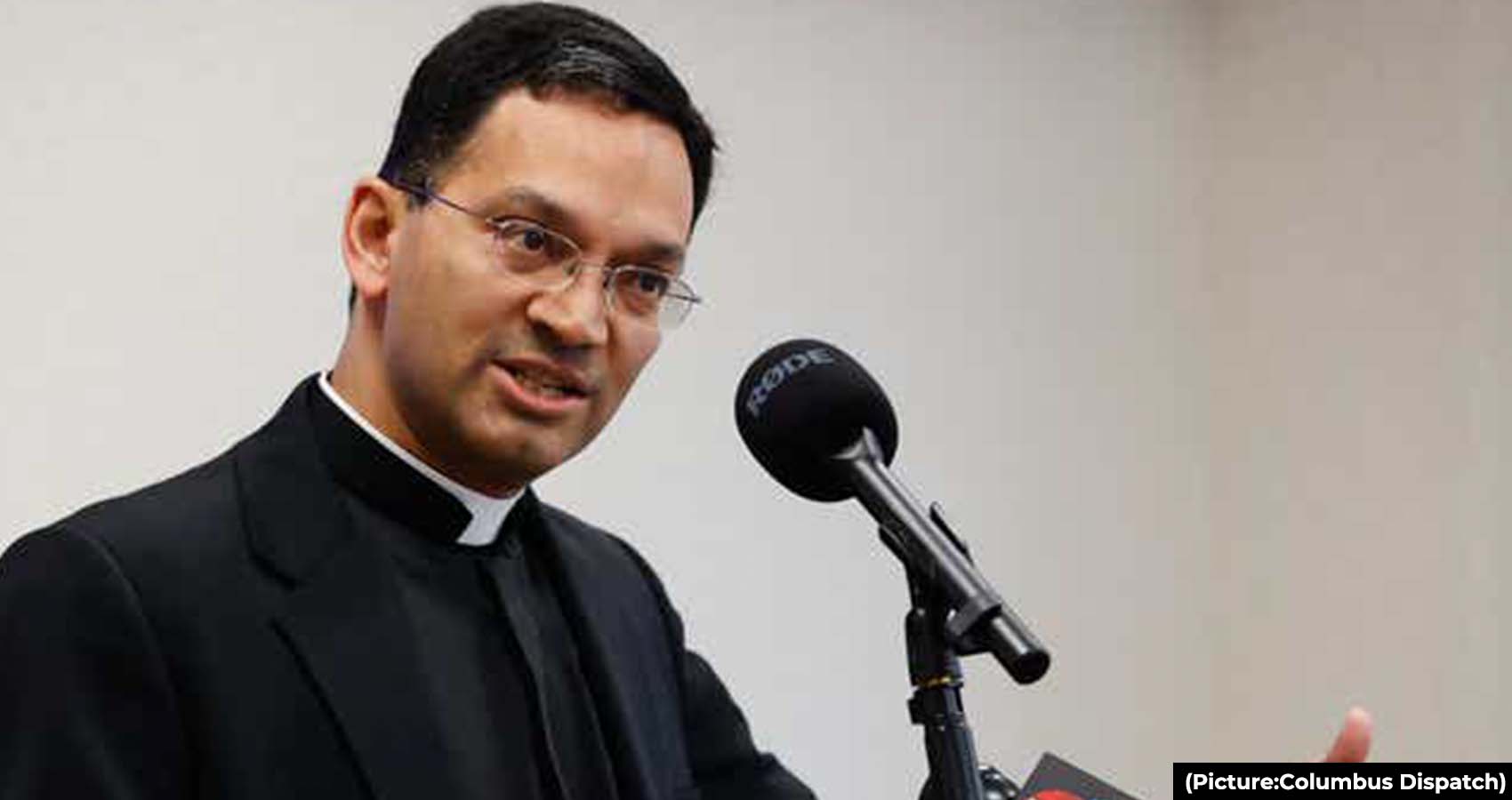
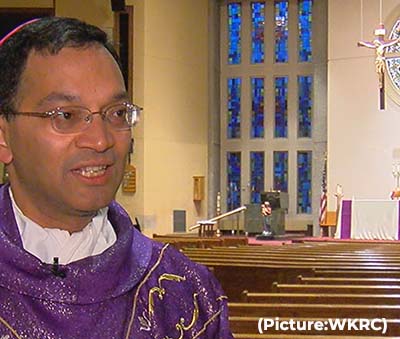 Rev. Fernandes was ordained a priest on May 18, 2002, for the Archdiocese of Cincinnati and two years later he went to Rome to earn a licentiate and doctoral degree in moral theology from the Alphonsian Academy. Fr Earl served as vicar of Holy Angels parish and was a religious teacher at Lehman Catholic High School from 2002 to 2004.
Rev. Fernandes was ordained a priest on May 18, 2002, for the Archdiocese of Cincinnati and two years later he went to Rome to earn a licentiate and doctoral degree in moral theology from the Alphonsian Academy. Fr Earl served as vicar of Holy Angels parish and was a religious teacher at Lehman Catholic High School from 2002 to 2004.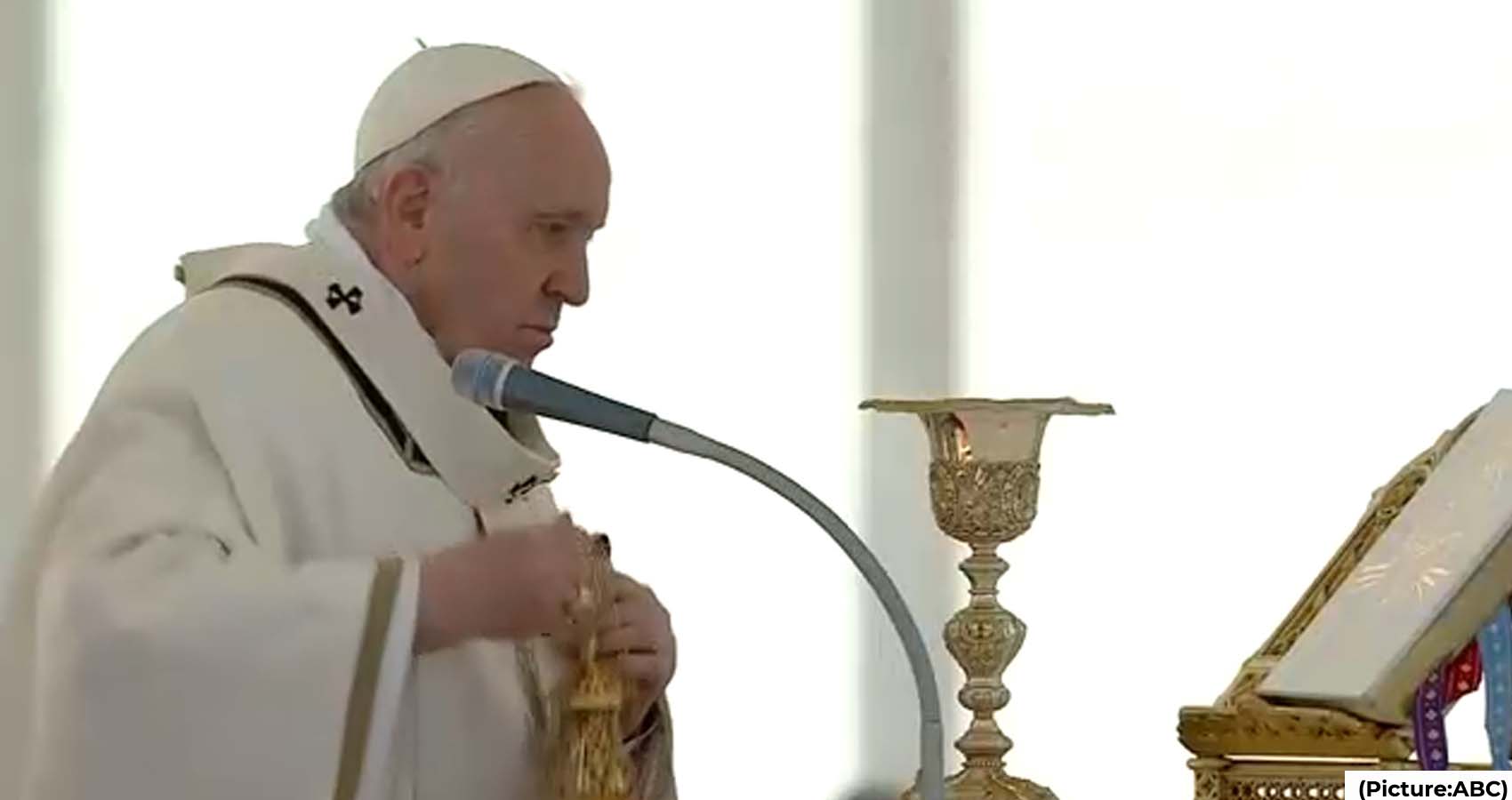
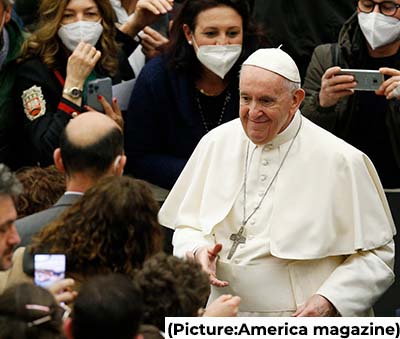 “Let us all commit ourselves to imploring peace, from our balconies and in our streets,″ Francis said. ”May the leaders of nations hear people’s plea for peace.”
“Let us all commit ourselves to imploring peace, from our balconies and in our streets,″ Francis said. ”May the leaders of nations hear people’s plea for peace.”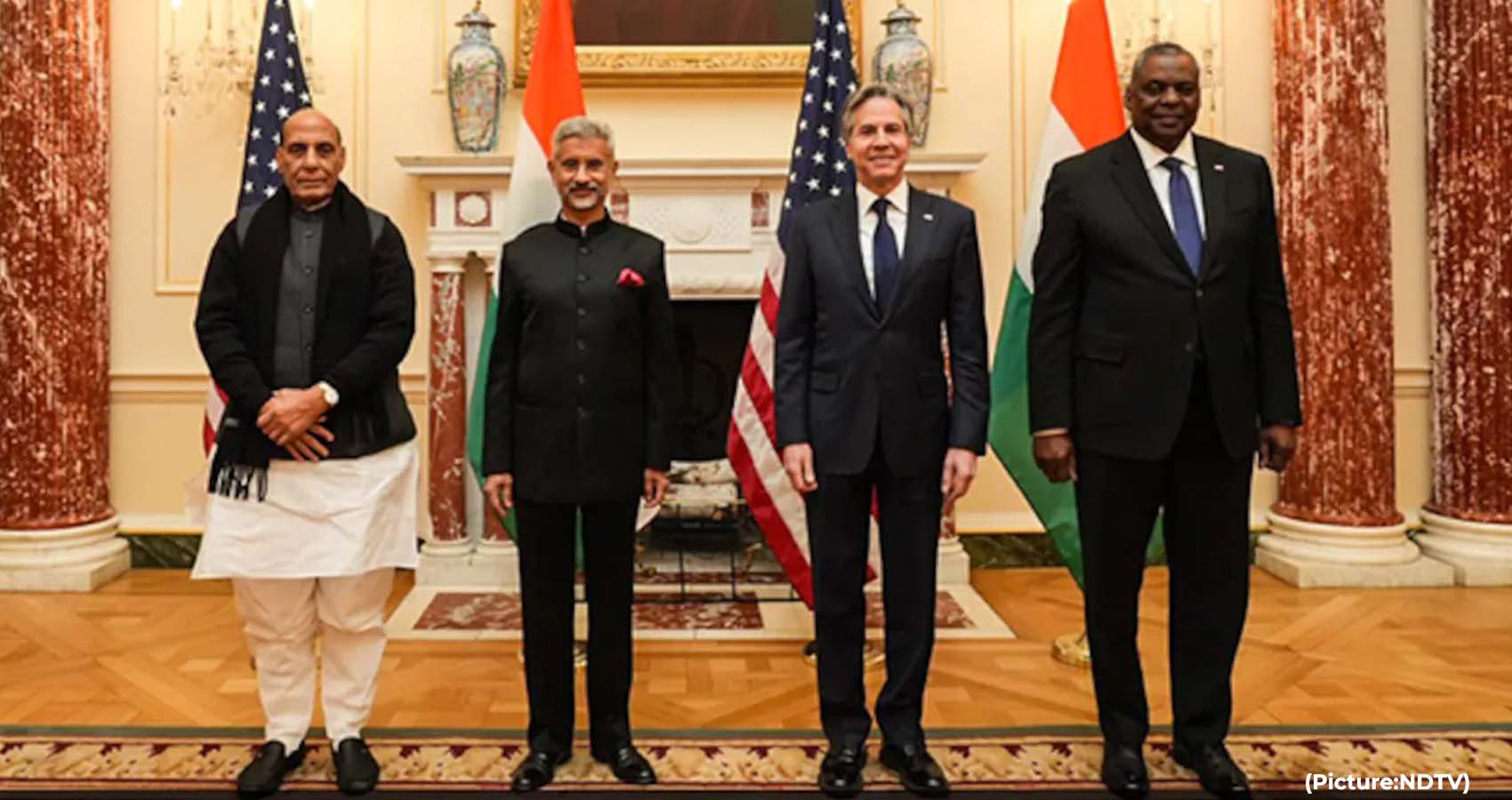
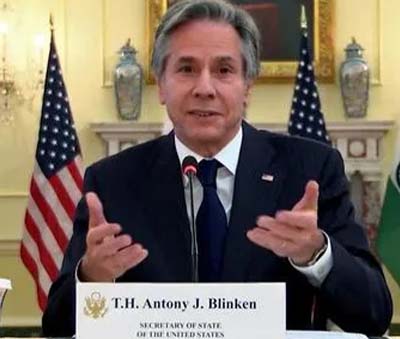 “What does Modi need to do to India’s Muslim population before we will stop considering them a partner in peace?” Omar, who belongs to President Joe Biden’s Democratic Party, said last week.
“What does Modi need to do to India’s Muslim population before we will stop considering them a partner in peace?” Omar, who belongs to President Joe Biden’s Democratic Party, said last week.
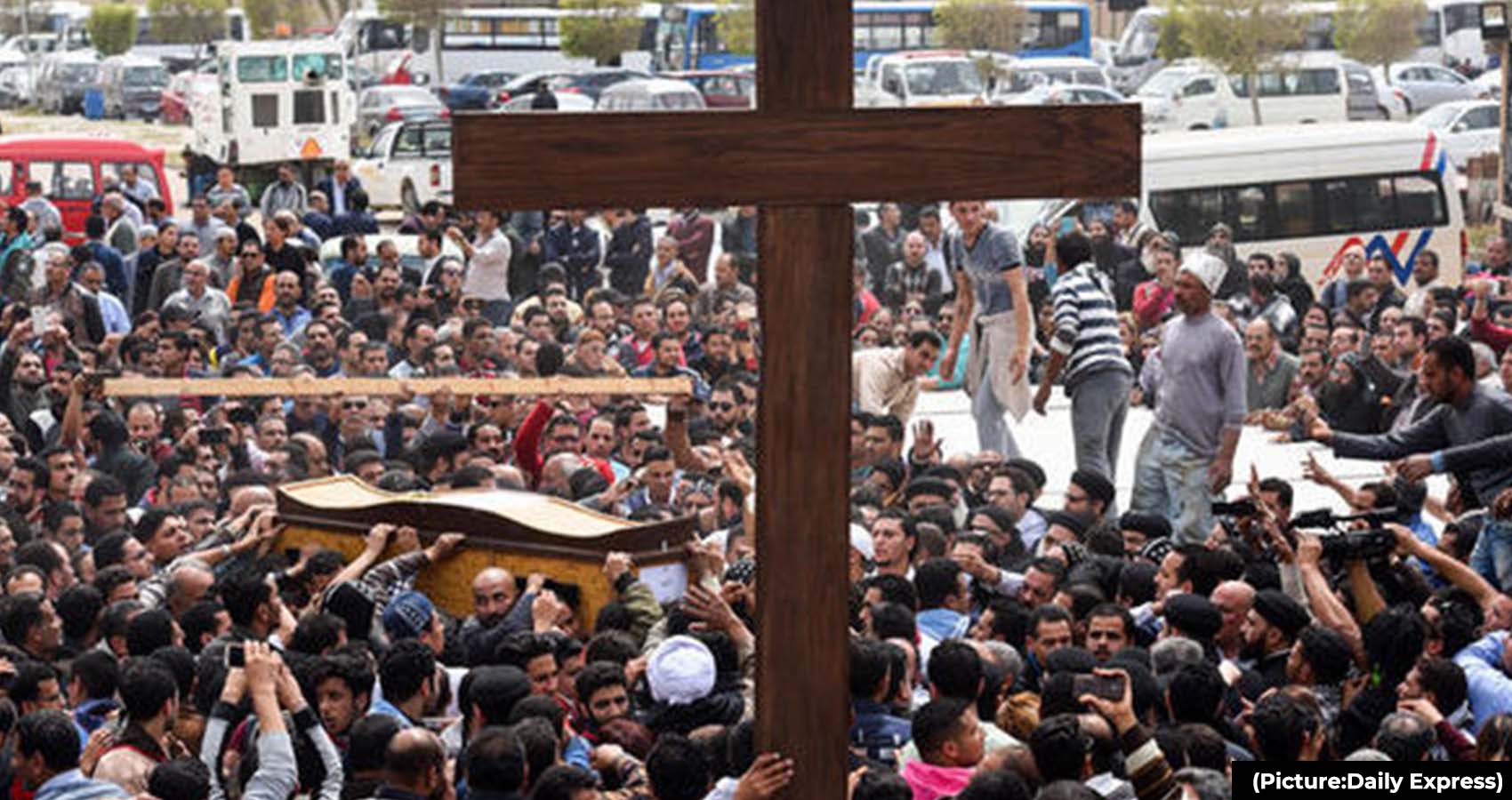
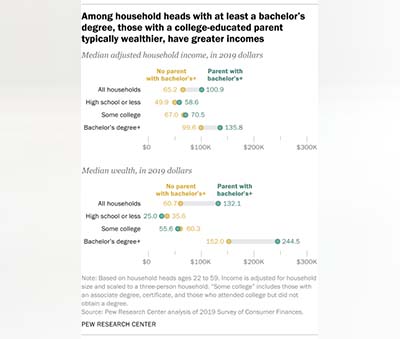 There are racial and ethnic differences in college graduation patterns, as well as in the reasons for not completing a degree. Among adults ages 25 and older, 61% of Asian Americans have a bachelor’s degree or more education, along with 42% of White adults, 28% of Black adults and 21% of Hispanic adults, according to 2021
There are racial and ethnic differences in college graduation patterns, as well as in the reasons for not completing a degree. Among adults ages 25 and older, 61% of Asian Americans have a bachelor’s degree or more education, along with 42% of White adults, 28% of Black adults and 21% of Hispanic adults, according to 2021  Only 62% of students who start a degree or certificate program finish their program within six years, according to the most recent data from the
Only 62% of students who start a degree or certificate program finish their program within six years, according to the most recent data from the 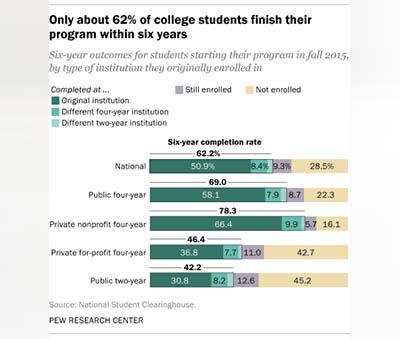 The unemployment rate is lower for college graduates than for workers without a bachelor’s degree, and that gap widened as a result of the coronavirus pandemic. In February 2020, just before the
The unemployment rate is lower for college graduates than for workers without a bachelor’s degree, and that gap widened as a result of the coronavirus pandemic. In February 2020, just before the 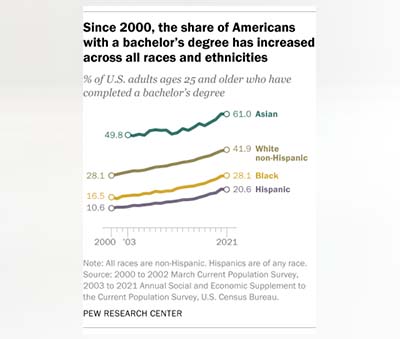 When it comes to income and wealth accumulation, first-generation college graduates lag substantially behind those with college-educated parents, according to a
When it comes to income and wealth accumulation, first-generation college graduates lag substantially behind those with college-educated parents, according to a 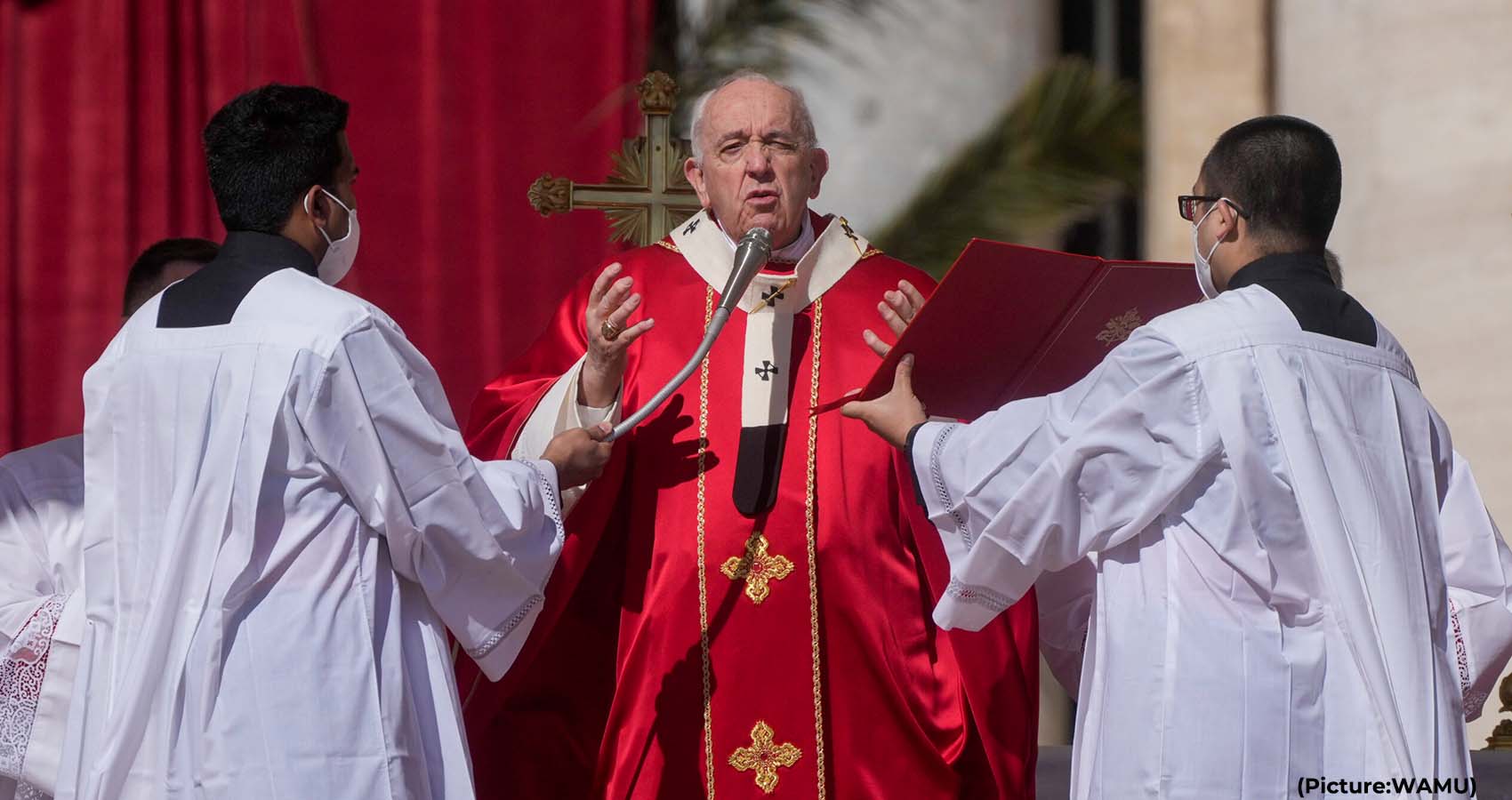
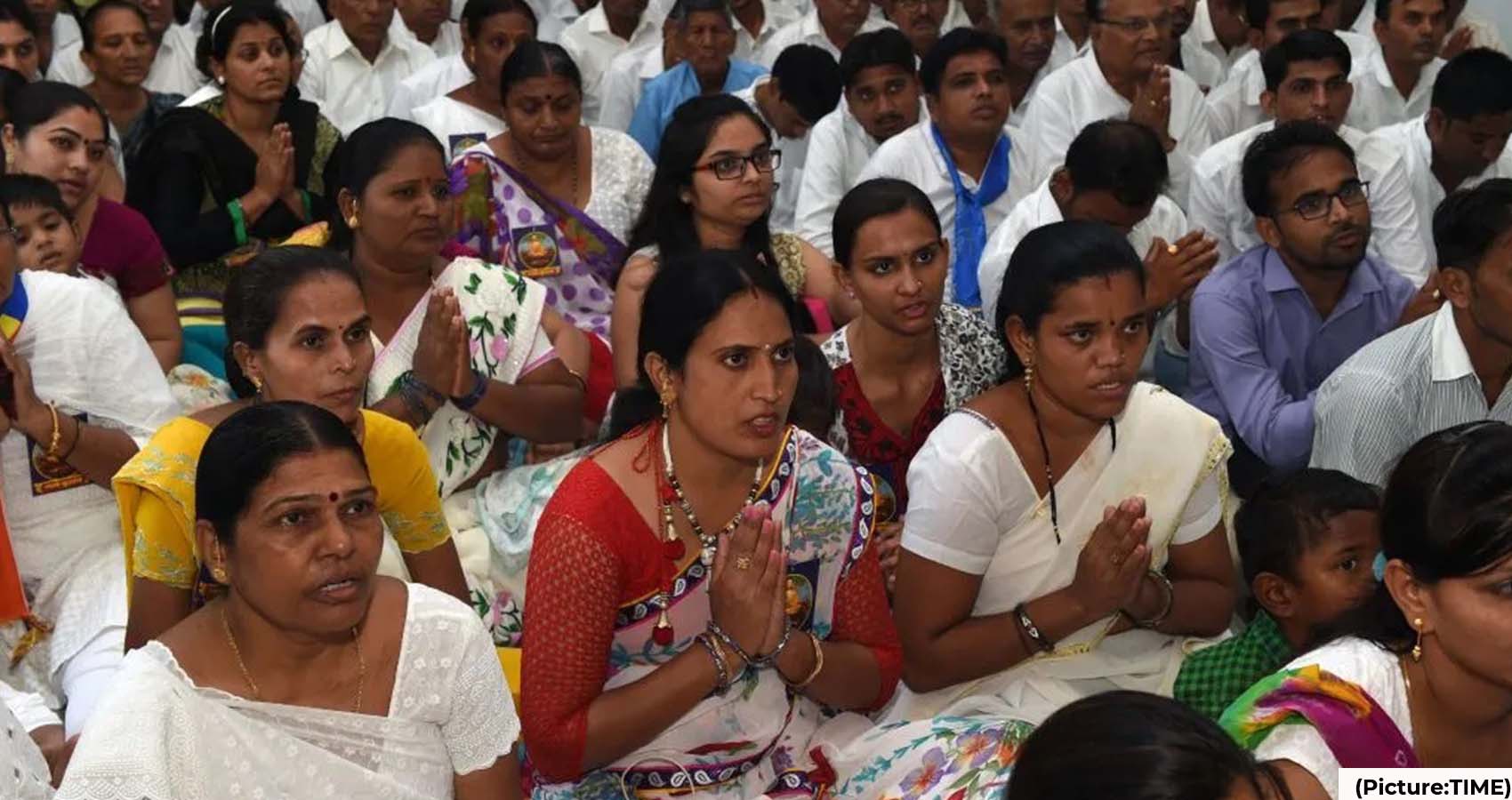
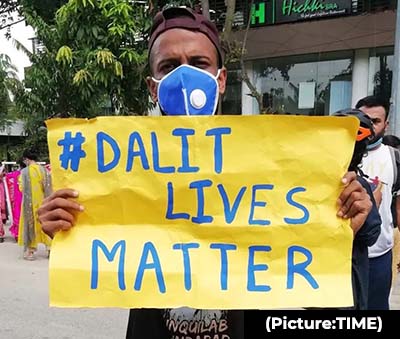 If Hindu unity is a facade, it also follows that the Hindu-Muslim binary, while a common framing for the discussion of Indian politics, cannot be as straightforward as it appears.
If Hindu unity is a facade, it also follows that the Hindu-Muslim binary, while a common framing for the discussion of Indian politics, cannot be as straightforward as it appears.
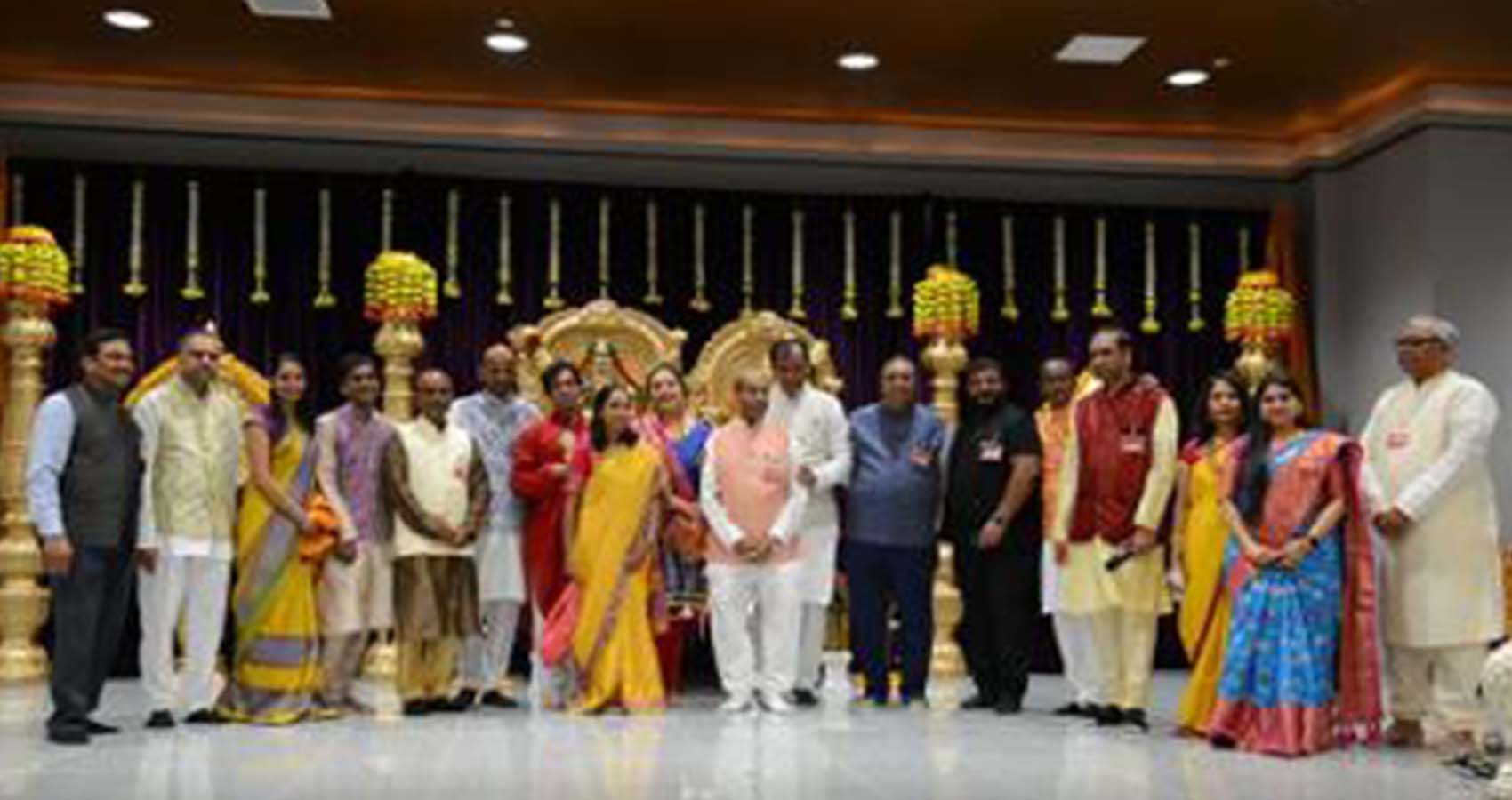
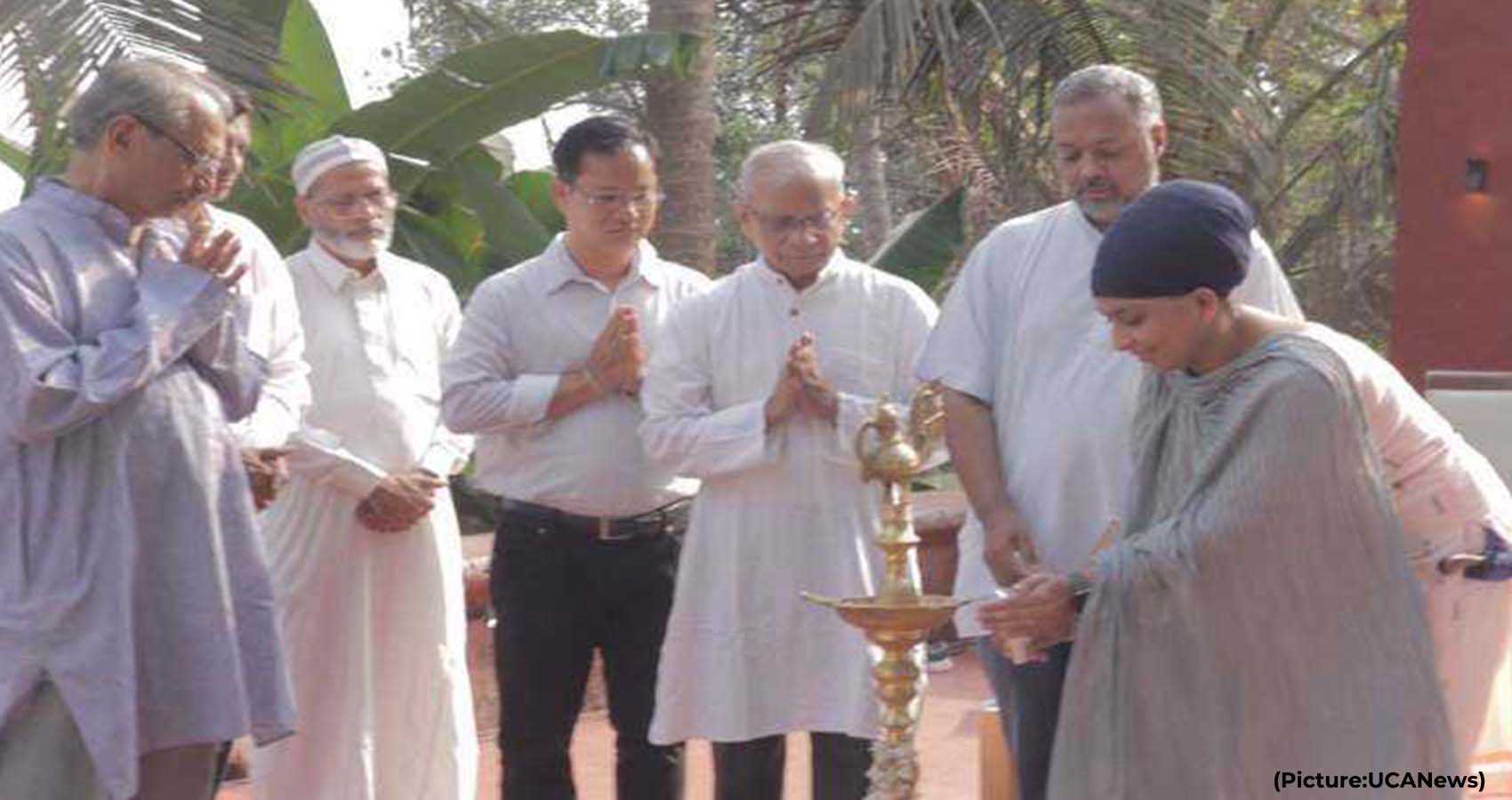

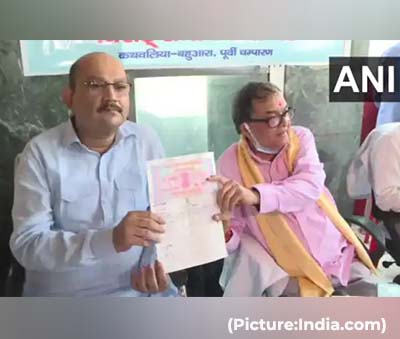 “He recently completed all formalities pertaining to the donation of land belonging to his family for the construction of the temple at the registrar office of the Kesharia sub-division (East Chanmparan),” Kunal, a former police officer, told reporters.
“He recently completed all formalities pertaining to the donation of land belonging to his family for the construction of the temple at the registrar office of the Kesharia sub-division (East Chanmparan),” Kunal, a former police officer, told reporters.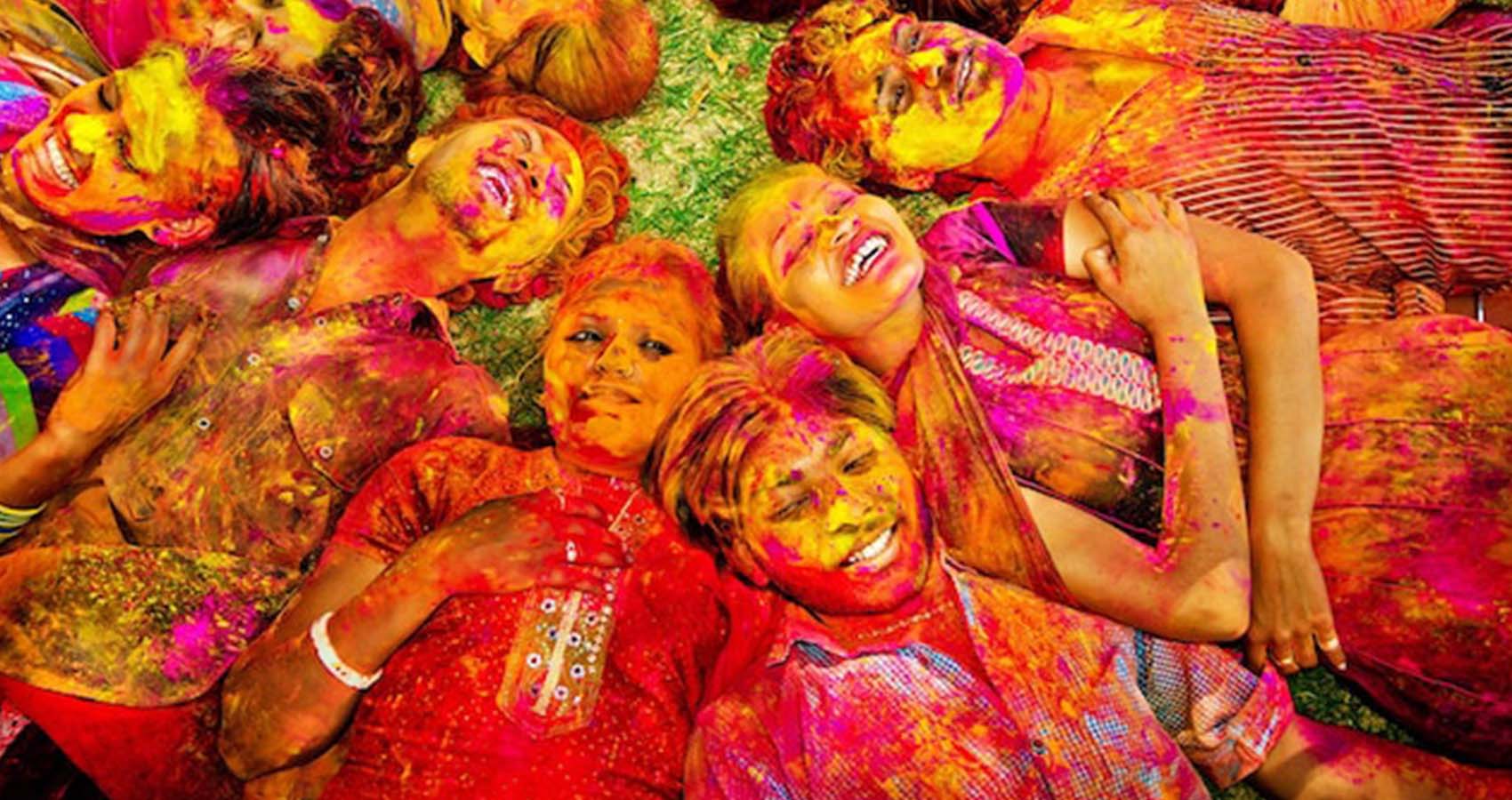
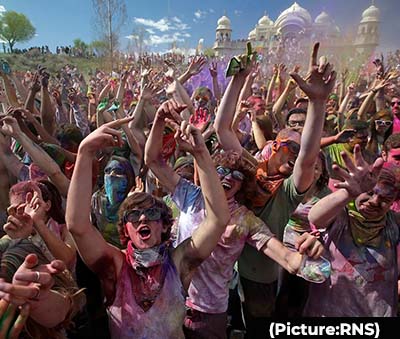 Traditionally celebrated on the last full moon in the lunar month of Phalguna, which falls this year on Friday (March 18), Holi commemorates the triumph of good over evil. In Hindu mythology the demon king Hiranyakashipu commands his subjects to acknowledge him as the supreme God, but his son Prahalada, a devotee of the god Vishnu, refuses. In a rage Hiranyakashipu gives his sister, Holika, a protective cloak and instructs her to take Prahalada in her lap and sit on a burning pyre.
Traditionally celebrated on the last full moon in the lunar month of Phalguna, which falls this year on Friday (March 18), Holi commemorates the triumph of good over evil. In Hindu mythology the demon king Hiranyakashipu commands his subjects to acknowledge him as the supreme God, but his son Prahalada, a devotee of the god Vishnu, refuses. In a rage Hiranyakashipu gives his sister, Holika, a protective cloak and instructs her to take Prahalada in her lap and sit on a burning pyre. Caru Das, director of the Krishna Temple, said that after the first celebrations started at the temple in 1995, festivities soon moved outdoors to accommodate a rock band, and more people started to come as word got around.
Caru Das, director of the Krishna Temple, said that after the first celebrations started at the temple in 1995, festivities soon moved outdoors to accommodate a rock band, and more people started to come as word got around.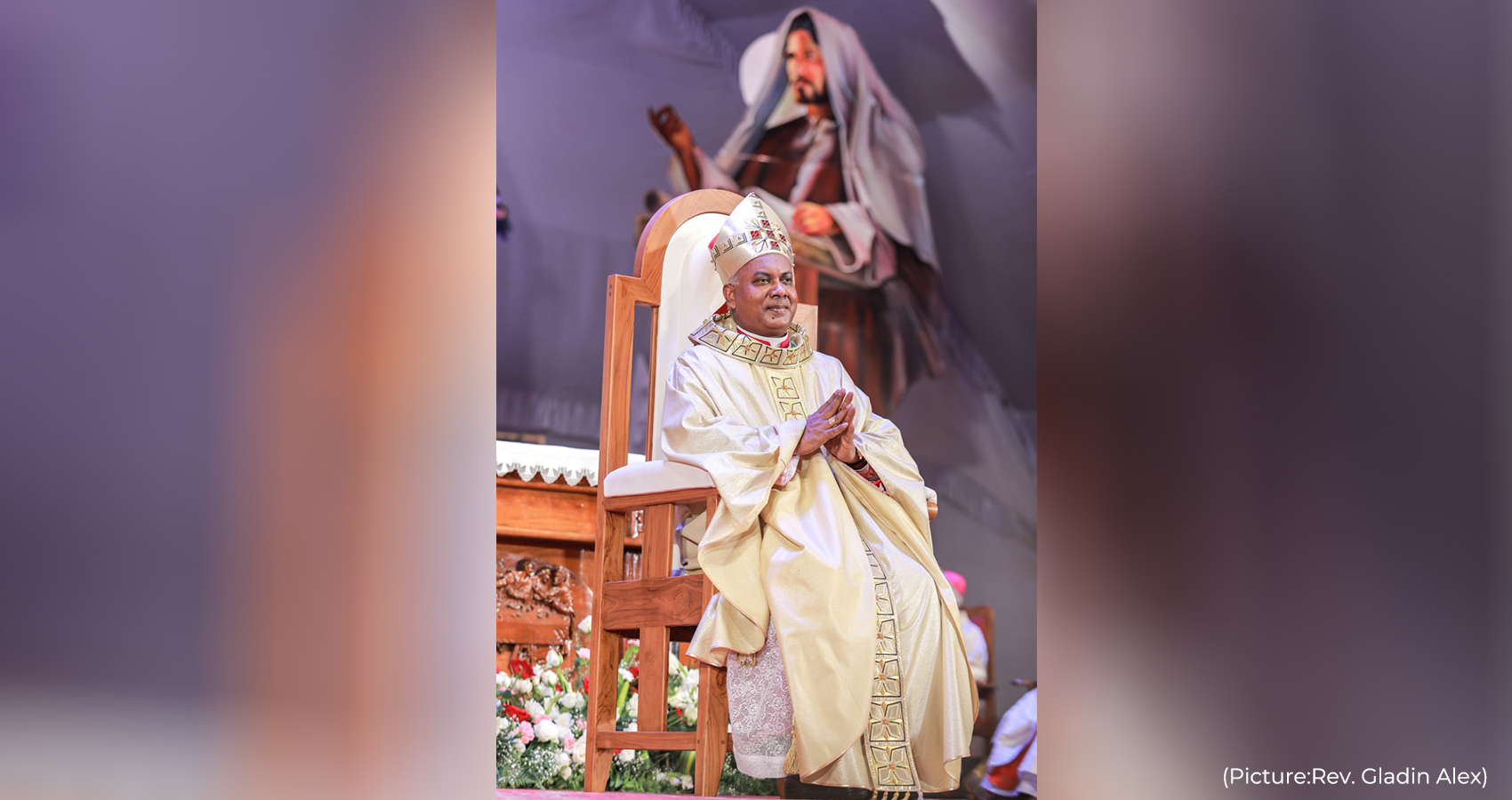
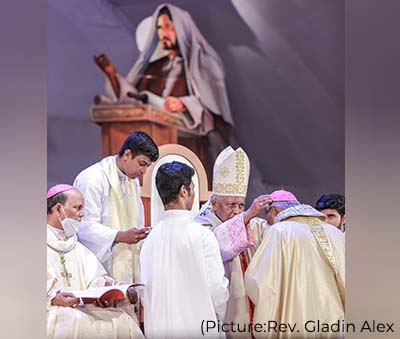 Known among his priest friends and the larger Catholic community in Kerala, the state with the maximum number of Christians in the country, having as many as 20% of the state’s population being Christian, the newly consecrated Archbishop Netto is known for his simplicity, goodness at heart, down to earth approach and cordial relationship with one and all.
Known among his priest friends and the larger Catholic community in Kerala, the state with the maximum number of Christians in the country, having as many as 20% of the state’s population being Christian, the newly consecrated Archbishop Netto is known for his simplicity, goodness at heart, down to earth approach and cordial relationship with one and all.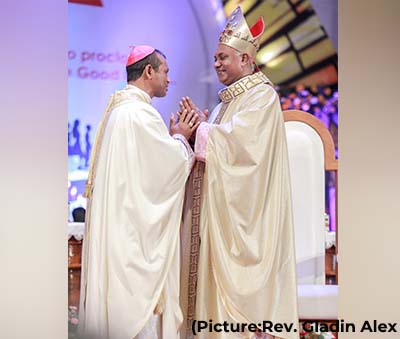 Delivering the benediction, Cardinal Baselios Cleemis Catholicos, Major Archbishop-Catholicos of Malankara Syrian Catholic Church, called upon the new Archbishop to lead the coastal population from the front for their rights and betterment. The benefactors of such efforts must not be the parishioners alone, but the entire community in the region. He also recounted the selfless deeds of the fisher-folks in rescuing those stranded in the floods of 2018.
Delivering the benediction, Cardinal Baselios Cleemis Catholicos, Major Archbishop-Catholicos of Malankara Syrian Catholic Church, called upon the new Archbishop to lead the coastal population from the front for their rights and betterment. The benefactors of such efforts must not be the parishioners alone, but the entire community in the region. He also recounted the selfless deeds of the fisher-folks in rescuing those stranded in the floods of 2018. During his long pastoral ministry, serving the Church, Archbishop Netto has held the following offices: He was the parish vicar in Peringamala (1990-1991) and of the Cathedral of Palayam (1991-1995) and executive secretary for ecumenism and interreligious dialogue (1994-1995). He then served as parish priest in Pettah (1999-2003), and executive secretary for the Basic Christian Communities (2000-2004) and rector of Saint Vincent’s Minor Seminary in Trivandrum (2003-2010).
During his long pastoral ministry, serving the Church, Archbishop Netto has held the following offices: He was the parish vicar in Peringamala (1990-1991) and of the Cathedral of Palayam (1991-1995) and executive secretary for ecumenism and interreligious dialogue (1994-1995). He then served as parish priest in Pettah (1999-2003), and executive secretary for the Basic Christian Communities (2000-2004) and rector of Saint Vincent’s Minor Seminary in Trivandrum (2003-2010). The diocese of Trivandrum was established by His Holiness Pope Pius XI on July 1, 1937 through the Bull “In Ora Malabarica” with the four taluks of Neyyantinkara, Nedumangad, Trivandrum and Chirayinkeezh bifurcated from the diocese of Quilon.
The diocese of Trivandrum was established by His Holiness Pope Pius XI on July 1, 1937 through the Bull “In Ora Malabarica” with the four taluks of Neyyantinkara, Nedumangad, Trivandrum and Chirayinkeezh bifurcated from the diocese of Quilon.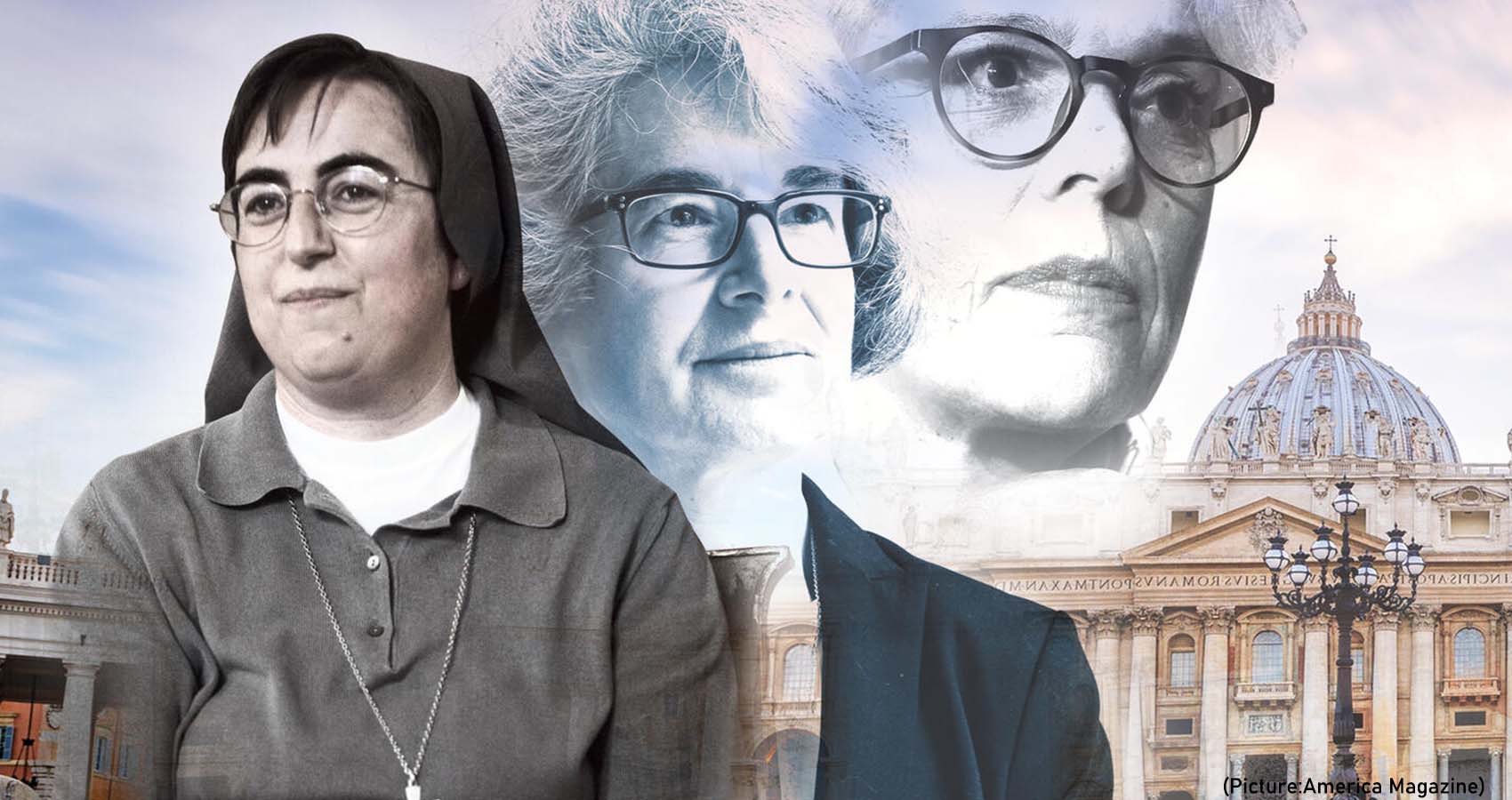
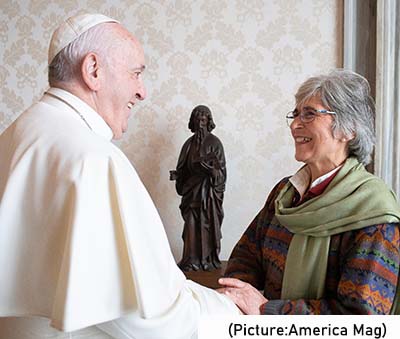 Advocating for a peace process that is more diverse, Susana Raffalli, a nutrition adviser at Caritas Venezuela, who appeared via Zoom, was one of several speakers who praised women’s emphasis on dialogue. Women tend to be more concerned with “actually bringing commitments and agreements toward peace,” Raffalli said. In Venezuela, she said, women are more conscious of vulnerable populations’ stake in the peace process.
Advocating for a peace process that is more diverse, Susana Raffalli, a nutrition adviser at Caritas Venezuela, who appeared via Zoom, was one of several speakers who praised women’s emphasis on dialogue. Women tend to be more concerned with “actually bringing commitments and agreements toward peace,” Raffalli said. In Venezuela, she said, women are more conscious of vulnerable populations’ stake in the peace process.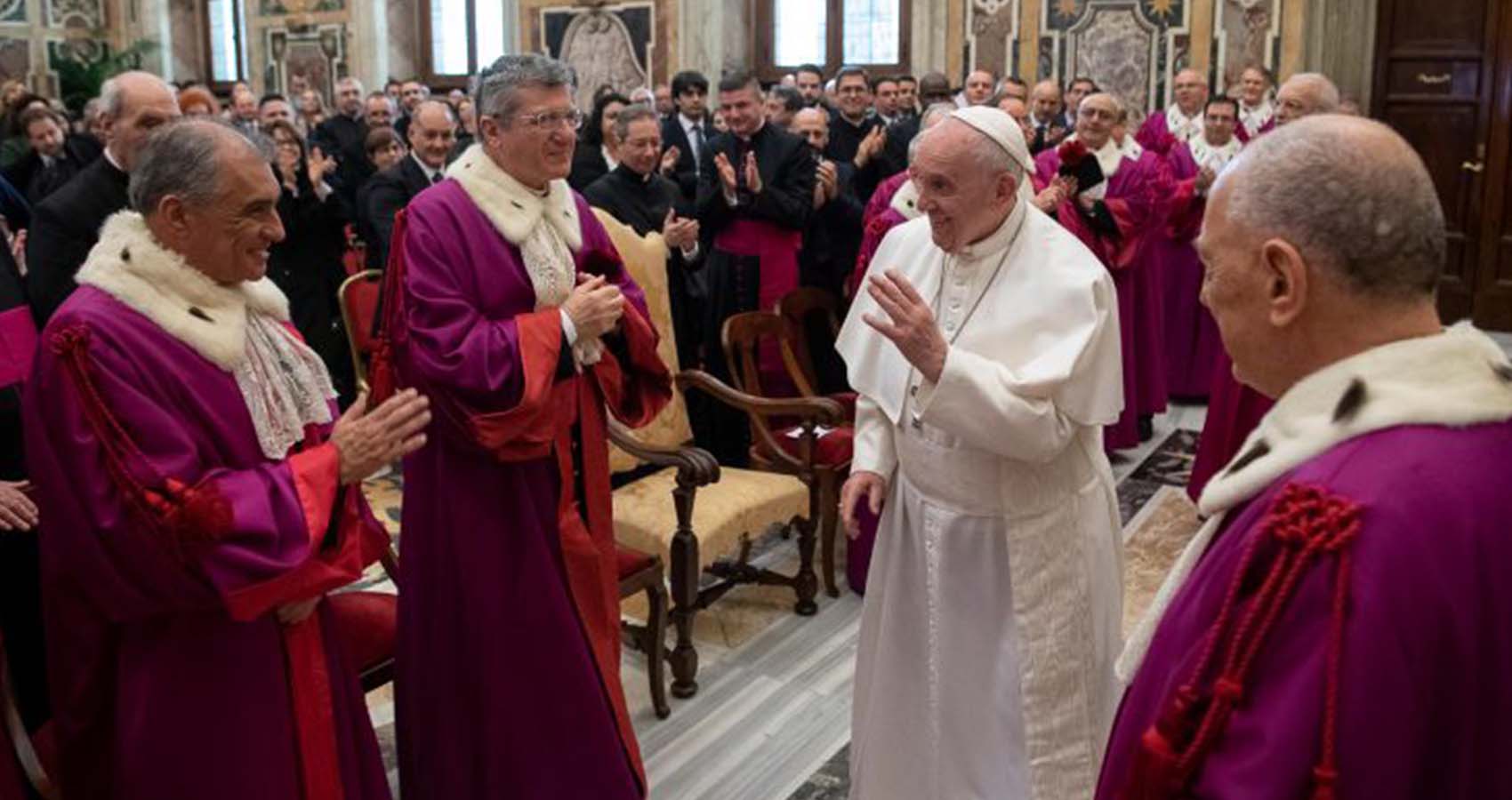
 Speaking about “the fundamental theology of the priesthood” at the conference, which was organized by the Vatican’s Congregation for Bishops and the Center for the Research and Anthropology of Vocations, Pope Francis identified “mercenary” attitudes that emerge during crisis.
Speaking about “the fundamental theology of the priesthood” at the conference, which was organized by the Vatican’s Congregation for Bishops and the Center for the Research and Anthropology of Vocations, Pope Francis identified “mercenary” attitudes that emerge during crisis.
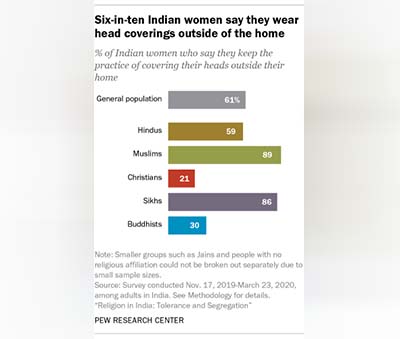 Head coverings are relatively common among Indian women. About six-in-ten women in India (61%) say they keep the practice of covering their heads outside of their homes, according to a
Head coverings are relatively common among Indian women. About six-in-ten women in India (61%) say they keep the practice of covering their heads outside of their homes, according to a 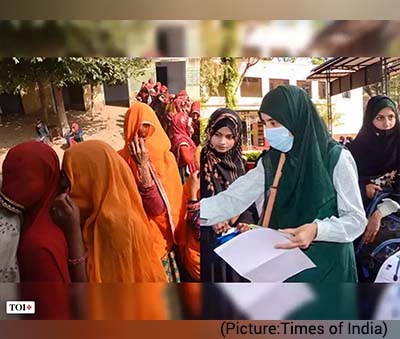 These regional differences are largely driven by Hindu women, as Muslim women tend to keep the practice of covering their heads in public regardless of what region they live in. This leads to large differences between Muslims and Hindus in the South in particular.
These regional differences are largely driven by Hindu women, as Muslim women tend to keep the practice of covering their heads in public regardless of what region they live in. This leads to large differences between Muslims and Hindus in the South in particular. Nationally, head coverings tend to be more common among women who are older, married, more religious and who have less formal educational attainment. The practice is also more prevalent in rural areas.
Nationally, head coverings tend to be more common among women who are older, married, more religious and who have less formal educational attainment. The practice is also more prevalent in rural areas.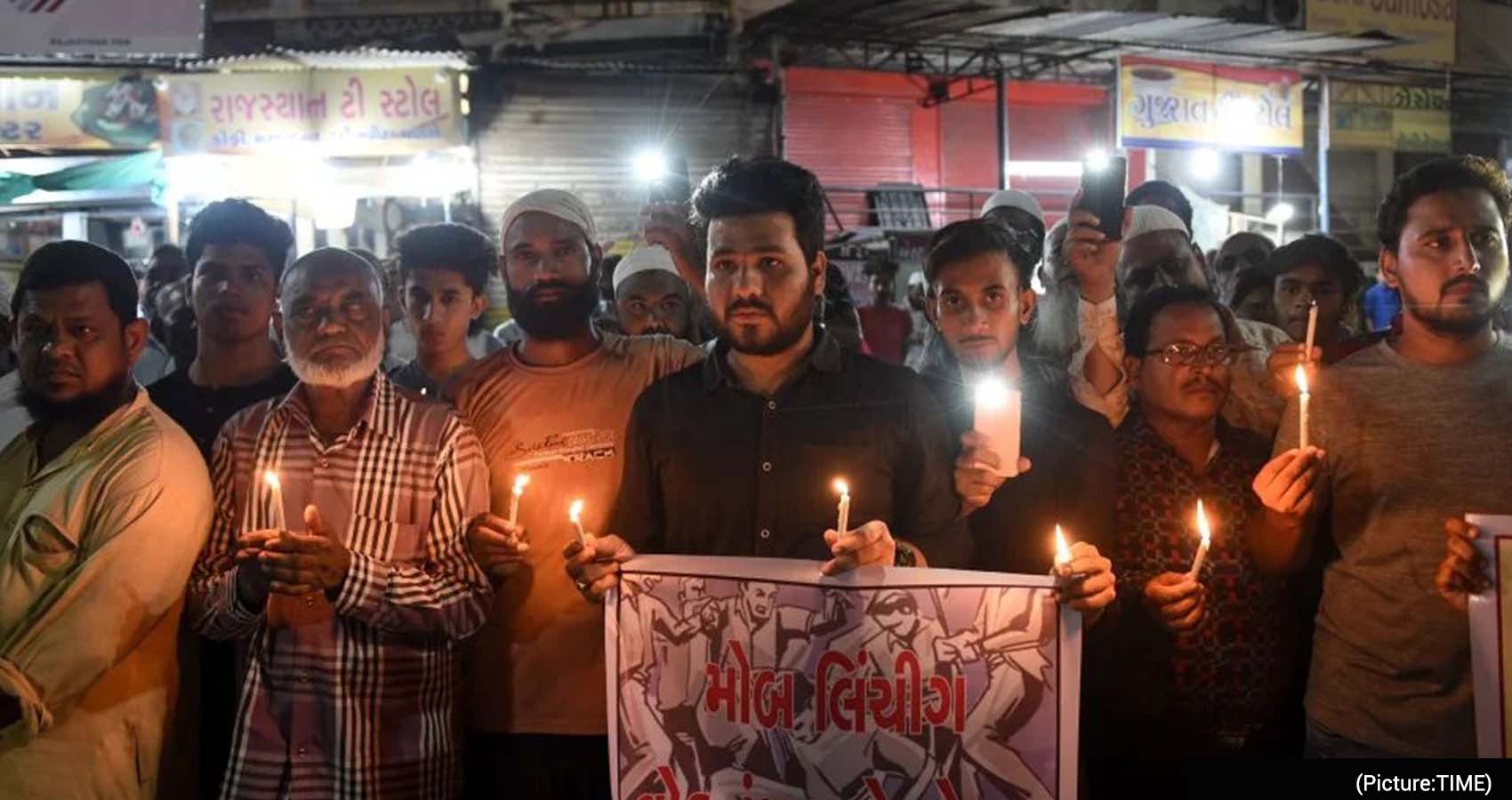
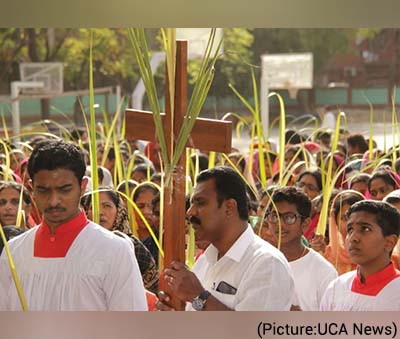 This was perhaps the third most violent Christmas the community has faced in India. On Christmas eve of 1998, 36 rural log churches were burnt and destroyed in the Dangs forested district of the state of Gujarat. The incidents were dubbed a “laboratory for right wing religious and nationalist fanatics.” On Christmas eve of 2007, another forest district, this time Kandhamal in the state of Orissa [now called Odisha] became the laboratory. Villages, houses, small prayer halls, large churches, and institutions were burnt, and people forced to flee for their lives into the forest. The violence was repeated a few months later. More than 100 were killed, many women, including a Catholic Nun raped, and close to 400 Churches and institutions destroyed. The Orissa government had identified the attackers as belonging to an arm of the Rashtriya Swayamsewak Sangh which had launched a massive hate campaign targeting the Christian community.
This was perhaps the third most violent Christmas the community has faced in India. On Christmas eve of 1998, 36 rural log churches were burnt and destroyed in the Dangs forested district of the state of Gujarat. The incidents were dubbed a “laboratory for right wing religious and nationalist fanatics.” On Christmas eve of 2007, another forest district, this time Kandhamal in the state of Orissa [now called Odisha] became the laboratory. Villages, houses, small prayer halls, large churches, and institutions were burnt, and people forced to flee for their lives into the forest. The violence was repeated a few months later. More than 100 were killed, many women, including a Catholic Nun raped, and close to 400 Churches and institutions destroyed. The Orissa government had identified the attackers as belonging to an arm of the Rashtriya Swayamsewak Sangh which had launched a massive hate campaign targeting the Christian community.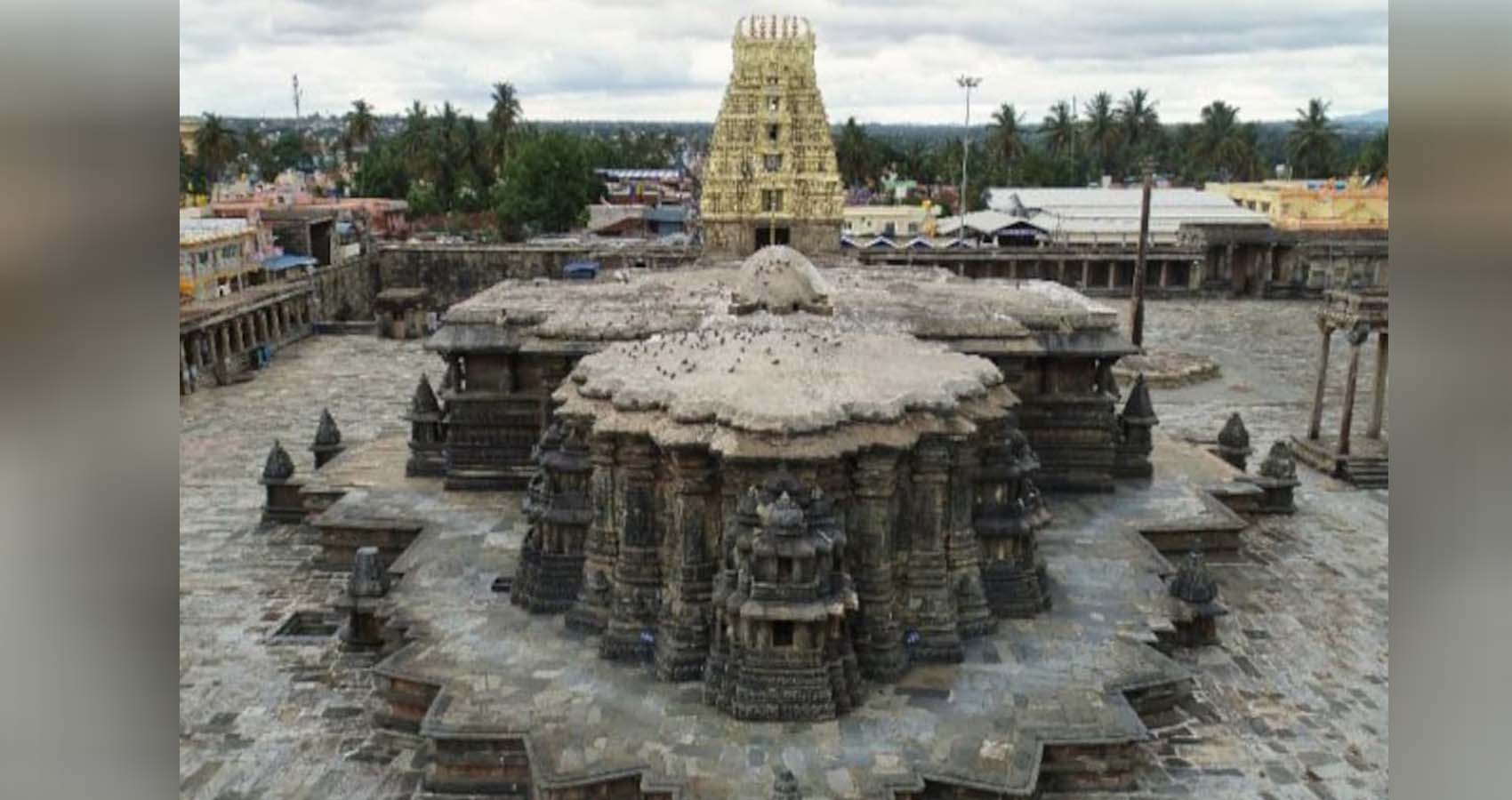
 “This is a great moment for India to see the Sacred Ensembles of the Hoysalas temples being submitted for inscription in the World Heritage List.”
“This is a great moment for India to see the Sacred Ensembles of the Hoysalas temples being submitted for inscription in the World Heritage List.”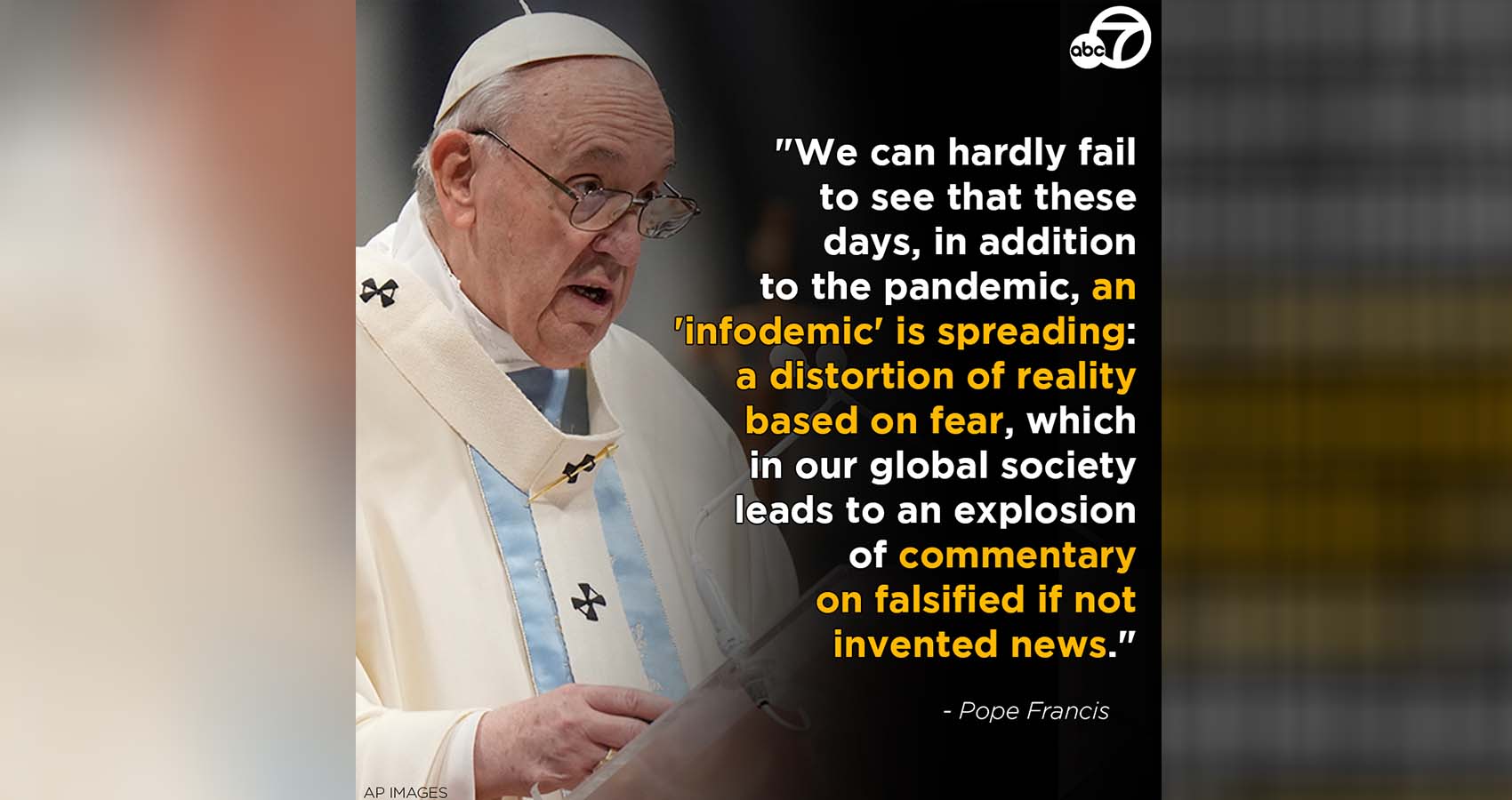

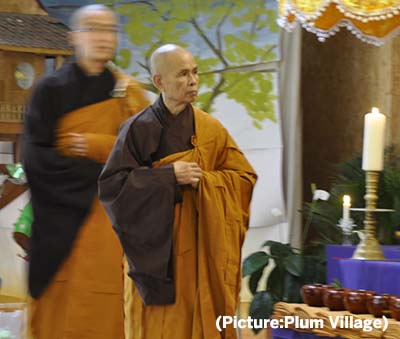 Top aides countered the rumors but admitted he was notably weaker. In 2018, Thích Nhất Hạnh returned to Tu Hiếu Temple where, at age 16, he had become a novice monk. He called it his “final homecoming.”
Top aides countered the rumors but admitted he was notably weaker. In 2018, Thích Nhất Hạnh returned to Tu Hiếu Temple where, at age 16, he had become a novice monk. He called it his “final homecoming.”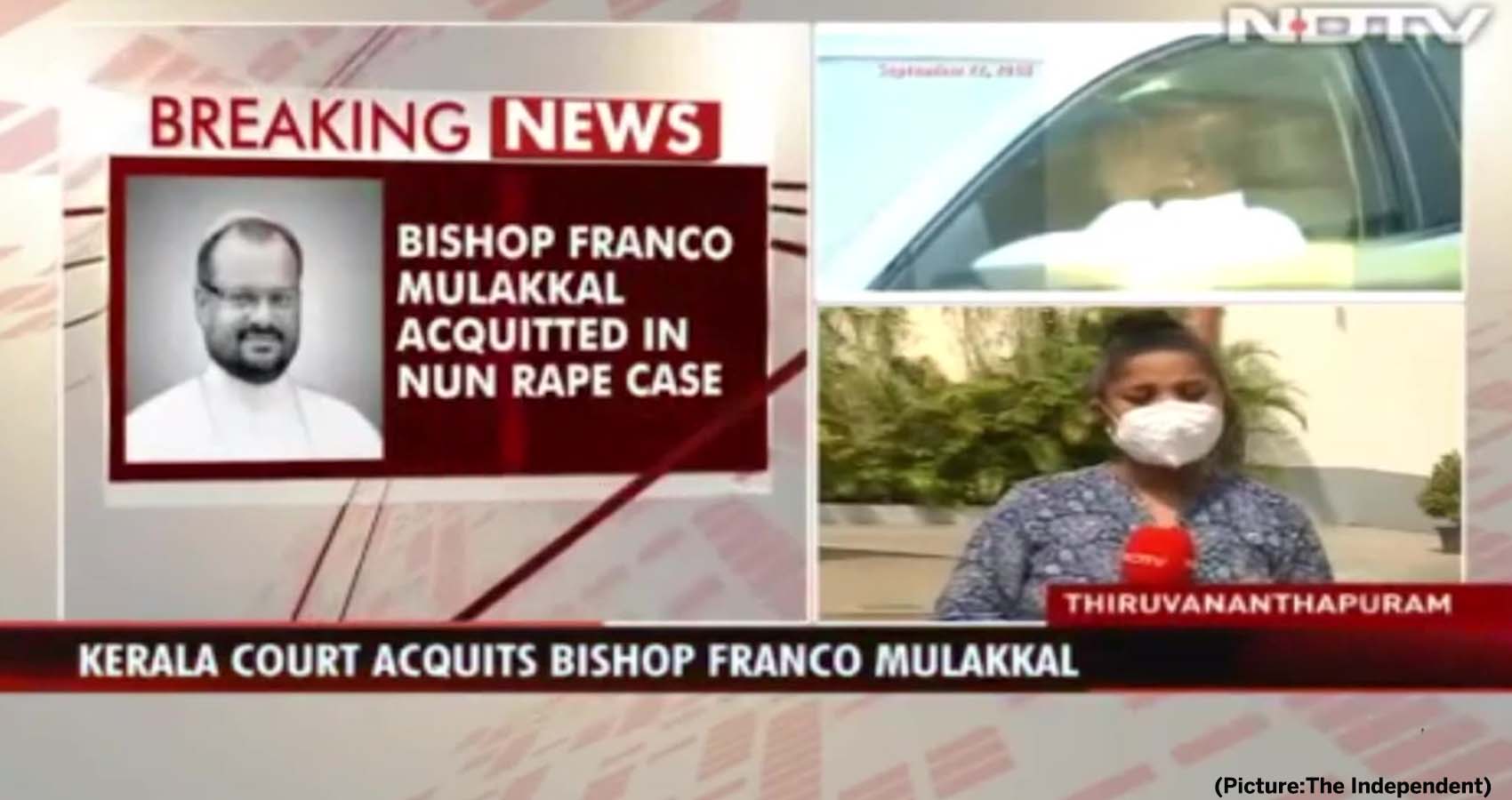
 The Court order last week said that “This court is unable to place reliance on the solitary testimony of PW1 and to hold the accused guilty of the offences charged against him”. Mulakkal was present in the courtroom when the verdict was pronounced. He later broke down in the corridor outside, hugged his lawyers, and told reporters before leaving the premises: “Daivathinu sthuthi’ (Praise the Lord).”
The Court order last week said that “This court is unable to place reliance on the solitary testimony of PW1 and to hold the accused guilty of the offences charged against him”. Mulakkal was present in the courtroom when the verdict was pronounced. He later broke down in the corridor outside, hugged his lawyers, and told reporters before leaving the premises: “Daivathinu sthuthi’ (Praise the Lord).”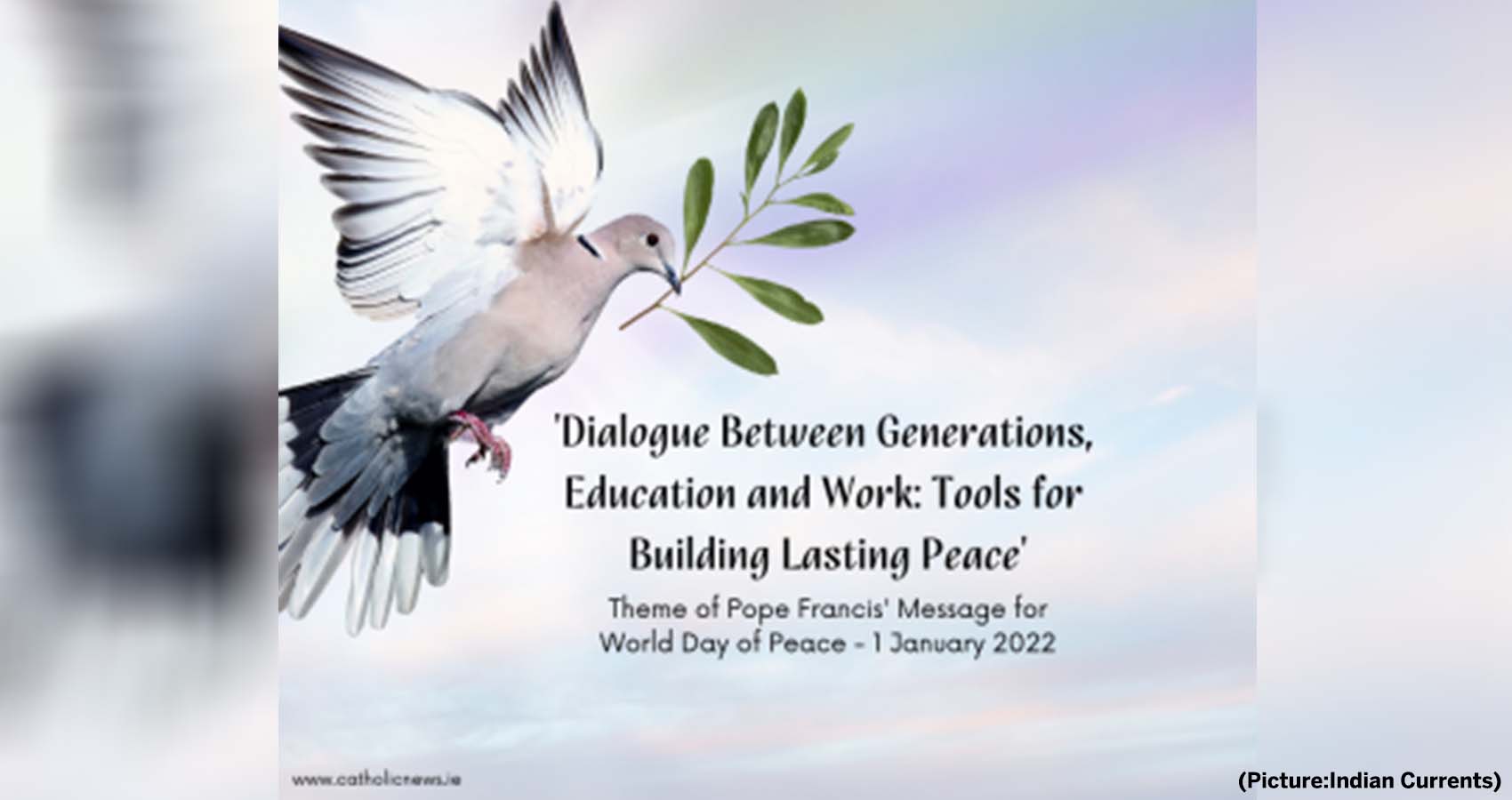
 Pope Francis proposes three paths for building lasting peace. First, Dialogue between Generations, second, Education and third Work. A word on each:
Pope Francis proposes three paths for building lasting peace. First, Dialogue between Generations, second, Education and third Work. A word on each: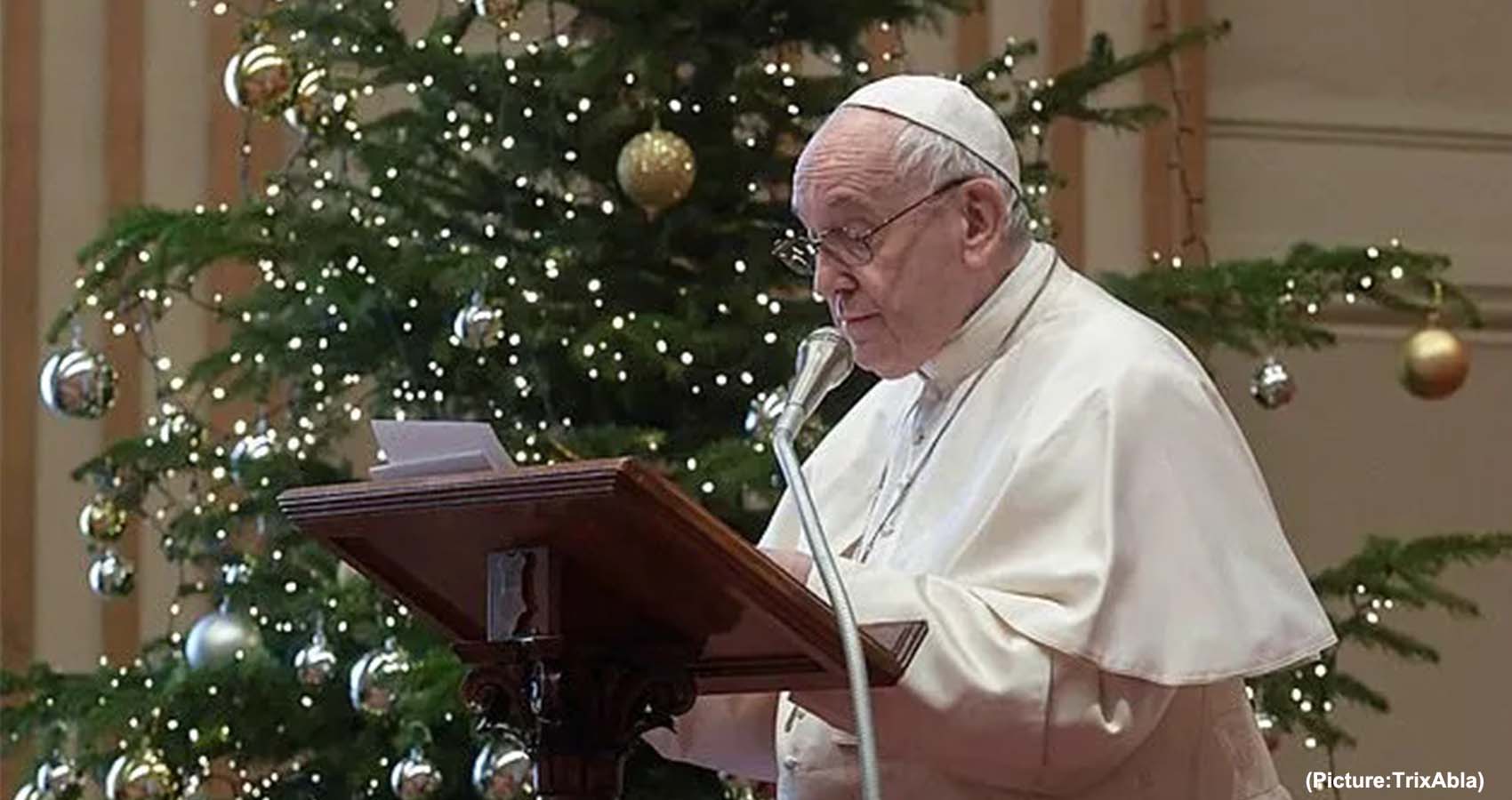
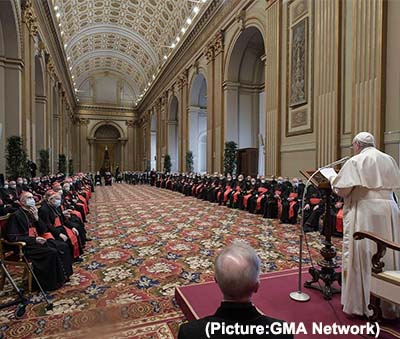 Pope Francis’ reform efforts at the Vatican and in the Catholic Church have been met with both enthusiasm and criticism. In March,
Pope Francis’ reform efforts at the Vatican and in the Catholic Church have been met with both enthusiasm and criticism. In March, 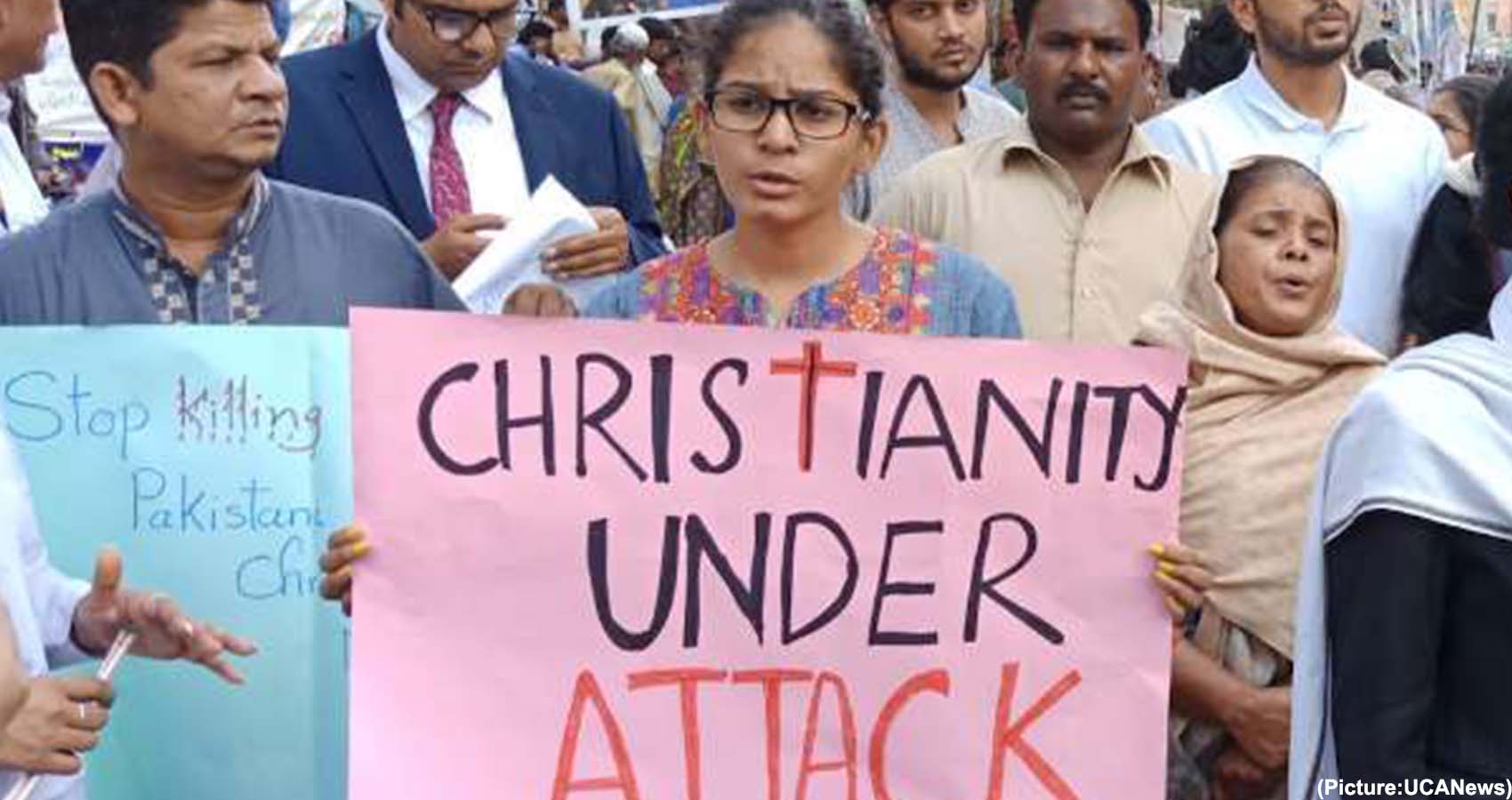
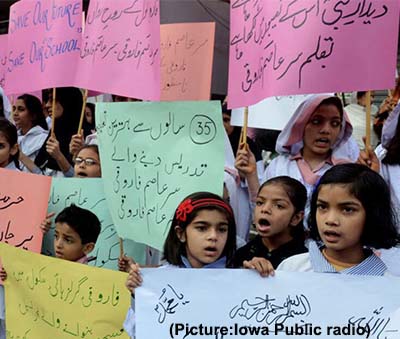 Evolution of Pakistan’s Blasphemy Laws Offences relating to religion in Pakistan were introduced in the colonial era in British India – which included the territory that is now Pakistan – to prevent and curb religious violence between Hindus and Muslims. Under the military government of General Zia-ul-Haq (1977-1988), who set the process of Islamization in Pakistan, additional laws were introduced against blasphemy that were specific to Islam.
Evolution of Pakistan’s Blasphemy Laws Offences relating to religion in Pakistan were introduced in the colonial era in British India – which included the territory that is now Pakistan – to prevent and curb religious violence between Hindus and Muslims. Under the military government of General Zia-ul-Haq (1977-1988), who set the process of Islamization in Pakistan, additional laws were introduced against blasphemy that were specific to Islam.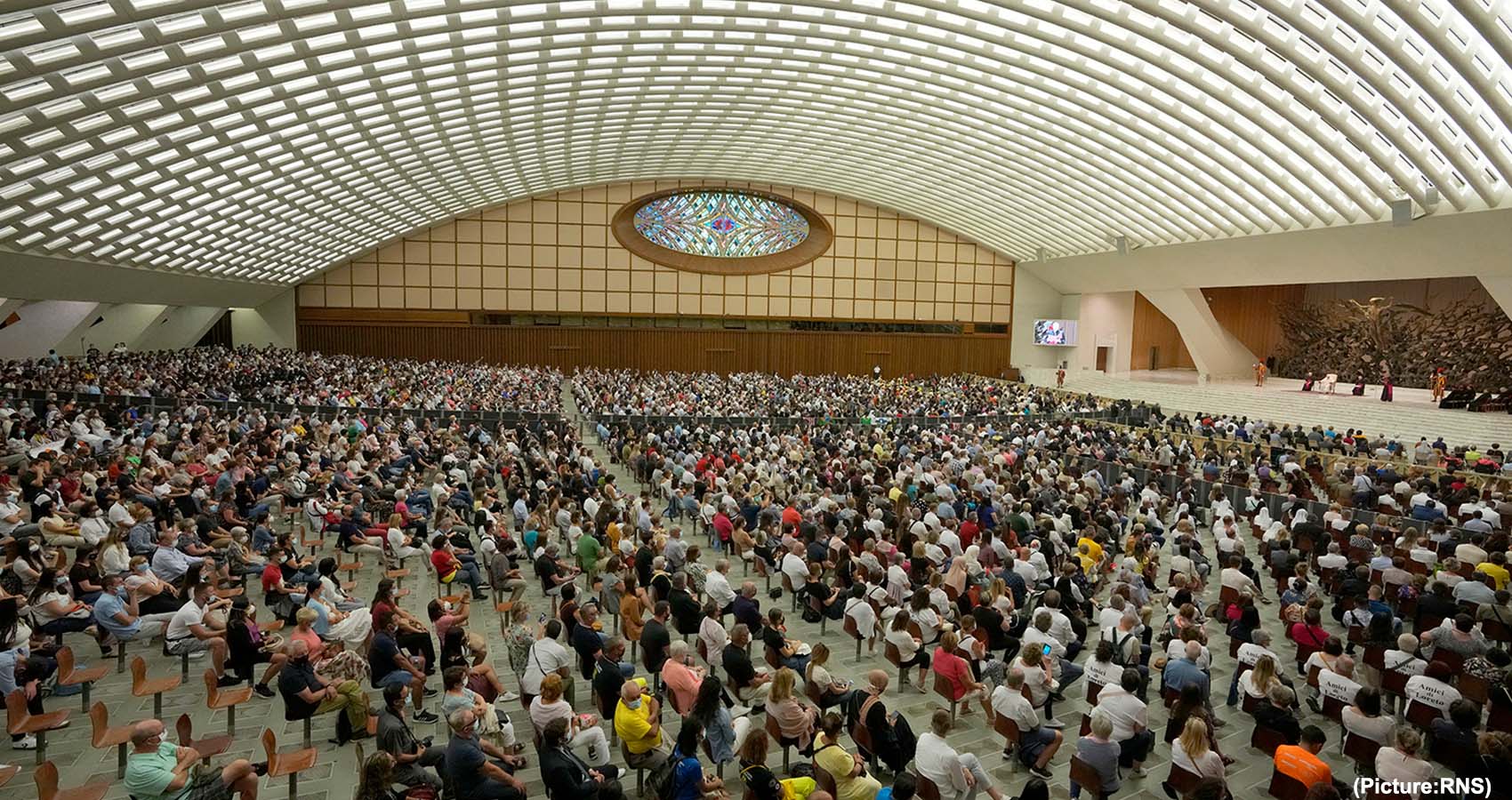
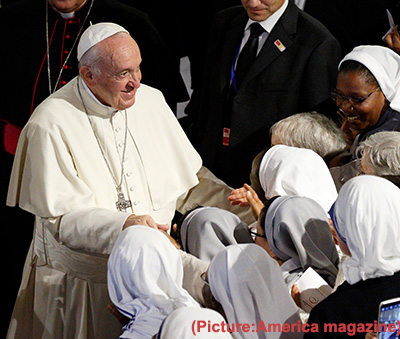 “Our role is to invite more and more women in, into the process, into the conversation and reflection,” said Sr. Patricia Murray, executive secretary of the International Union of Superiors General and a member of the spirituality commission of the Synod. “Particularly those who feel very much neglected, or that the church has forgotten about them or feel estranged from the church.”
“Our role is to invite more and more women in, into the process, into the conversation and reflection,” said Sr. Patricia Murray, executive secretary of the International Union of Superiors General and a member of the spirituality commission of the Synod. “Particularly those who feel very much neglected, or that the church has forgotten about them or feel estranged from the church.”
 According to India Tourism Statistics 2019, a government of India publication, in 2017, Goa had 68,95,234 domestic and 8,42,220 foreign tourists while in 2018, the respective number of 70,81,559 and 9,33,841 showing a growth rate of 2.70 per cent and 10.88 per cent, respectively. Of course, the pandemic changed the situation, and the tourism sector was the hardest hit. In 2021, even when the domestic sector has picked up slowly, foreign tourists’ numbers are no match.
According to India Tourism Statistics 2019, a government of India publication, in 2017, Goa had 68,95,234 domestic and 8,42,220 foreign tourists while in 2018, the respective number of 70,81,559 and 9,33,841 showing a growth rate of 2.70 per cent and 10.88 per cent, respectively. Of course, the pandemic changed the situation, and the tourism sector was the hardest hit. In 2021, even when the domestic sector has picked up slowly, foreign tourists’ numbers are no match.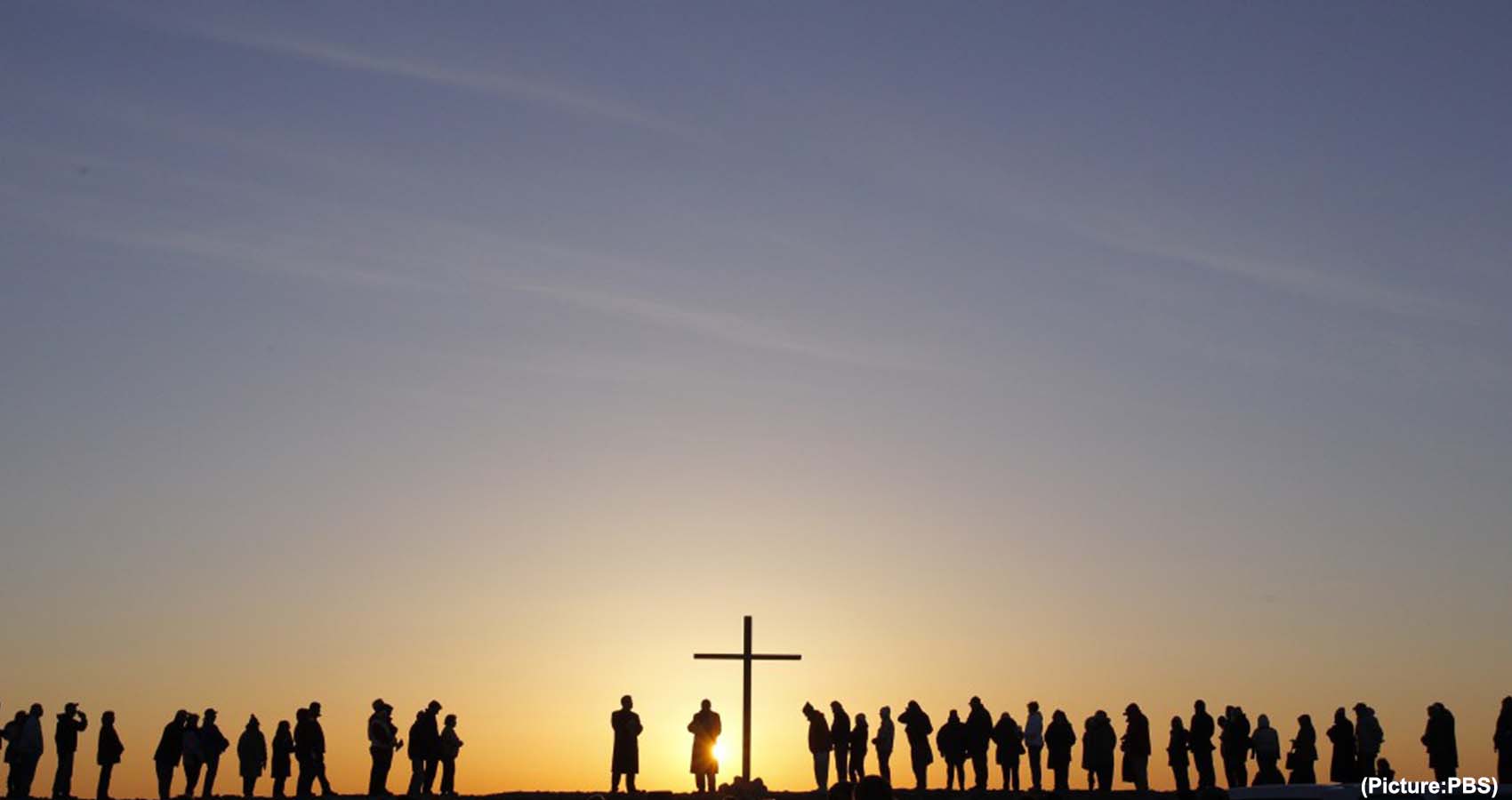

 ‘Kashi and Ganga belong to all. The invaders attacked this city, tried to destroy it. The history of Aurangzeb’s atrocities, his terror tried to change civilization by the sword.
‘Kashi and Ganga belong to all. The invaders attacked this city, tried to destroy it. The history of Aurangzeb’s atrocities, his terror tried to change civilization by the sword.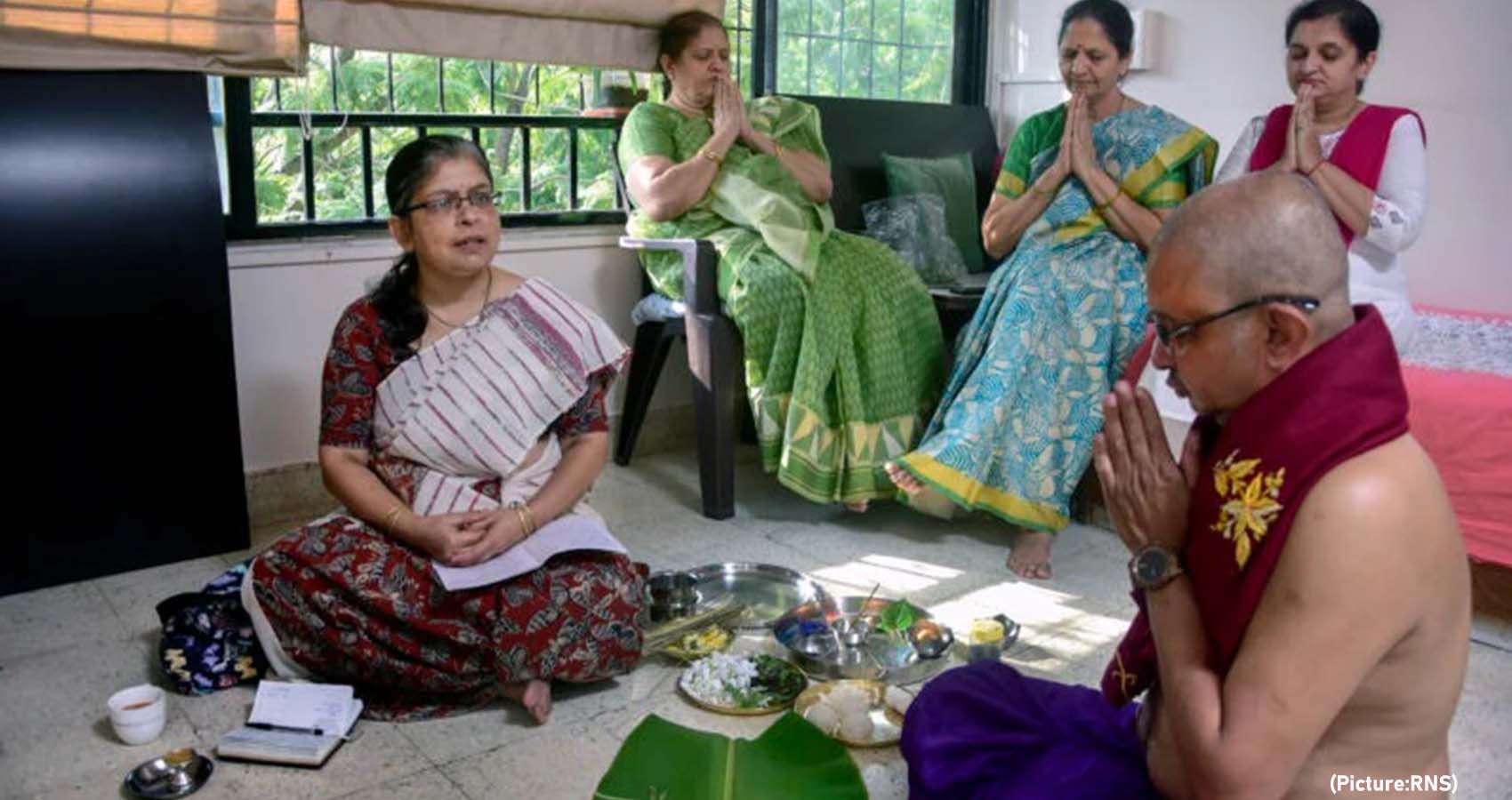
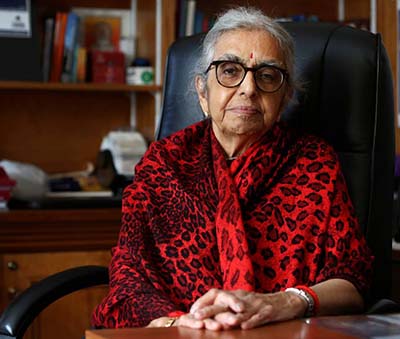 Her grandmother isn’t a pandit — in India, as well as in Indian diaspora communities, that’s been a domain that is largely populated by men, with cultural mores at play. But she had a wealth of religious knowledge, of ritual, of proper pronunciation, to share with her granddaughter.
Her grandmother isn’t a pandit — in India, as well as in Indian diaspora communities, that’s been a domain that is largely populated by men, with cultural mores at play. But she had a wealth of religious knowledge, of ritual, of proper pronunciation, to share with her granddaughter.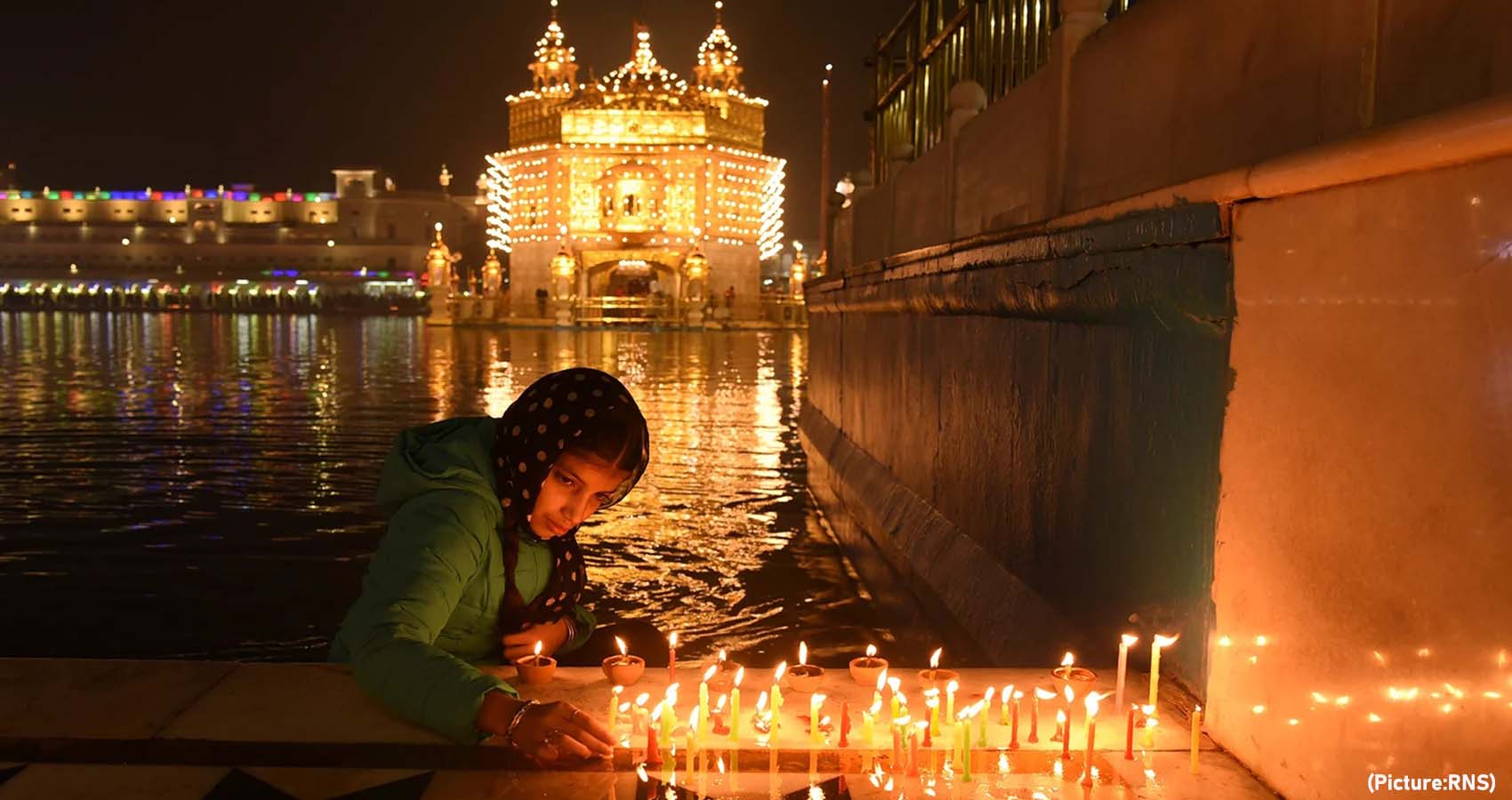
 The documentary, which will air in the early evening, is one piece of a campaign launched by NSC to bring more awareness to the Sikh faith, the world’s fifth-largest religion, and to garner acknowledgement of key dates in the life of the faith’s founder. The film is set to be broadcast in 15 of America’s largest metropolitan areas including Houston, San Francisco and Washington, D.C.
The documentary, which will air in the early evening, is one piece of a campaign launched by NSC to bring more awareness to the Sikh faith, the world’s fifth-largest religion, and to garner acknowledgement of key dates in the life of the faith’s founder. The film is set to be broadcast in 15 of America’s largest metropolitan areas including Houston, San Francisco and Washington, D.C.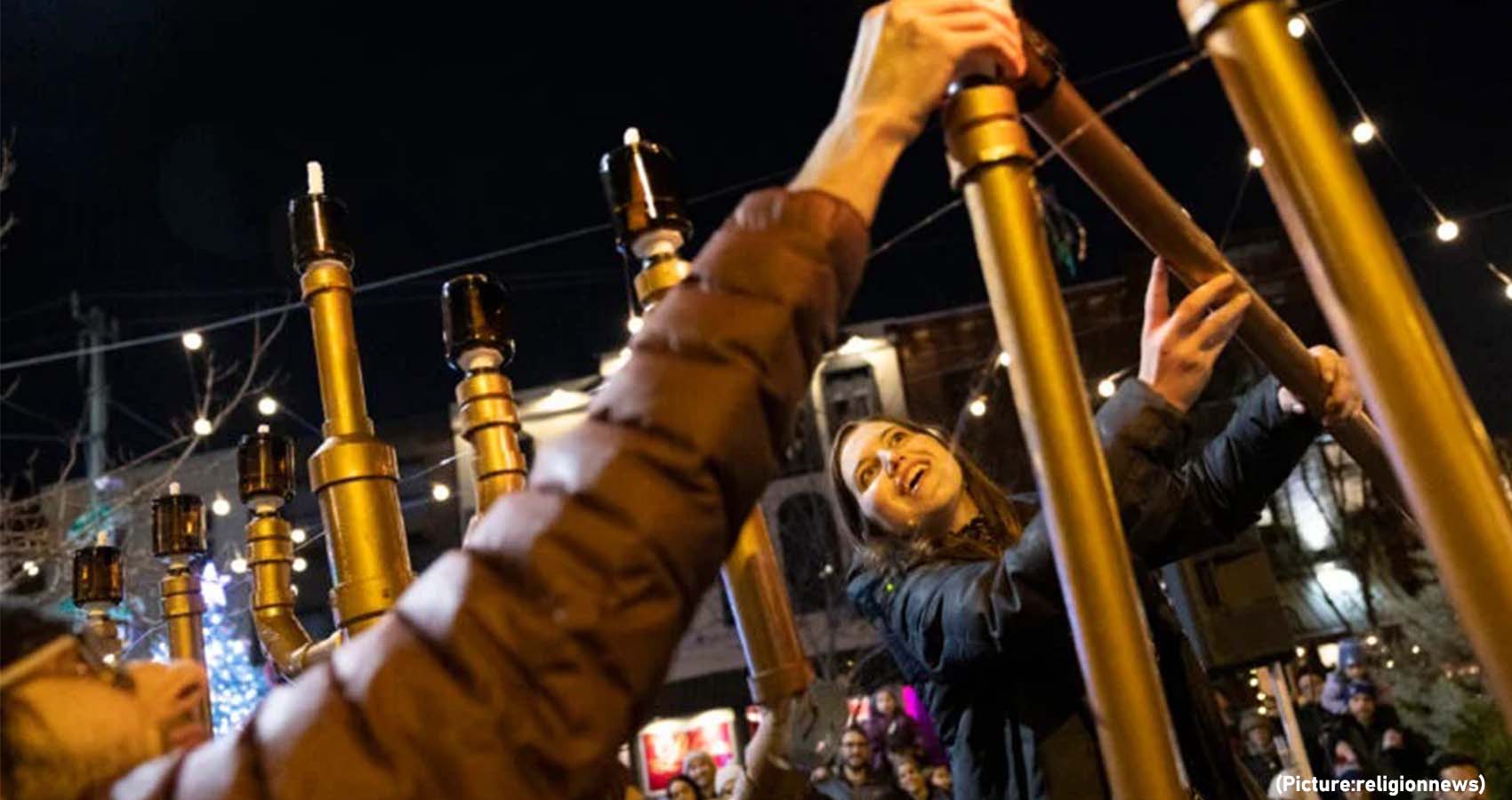
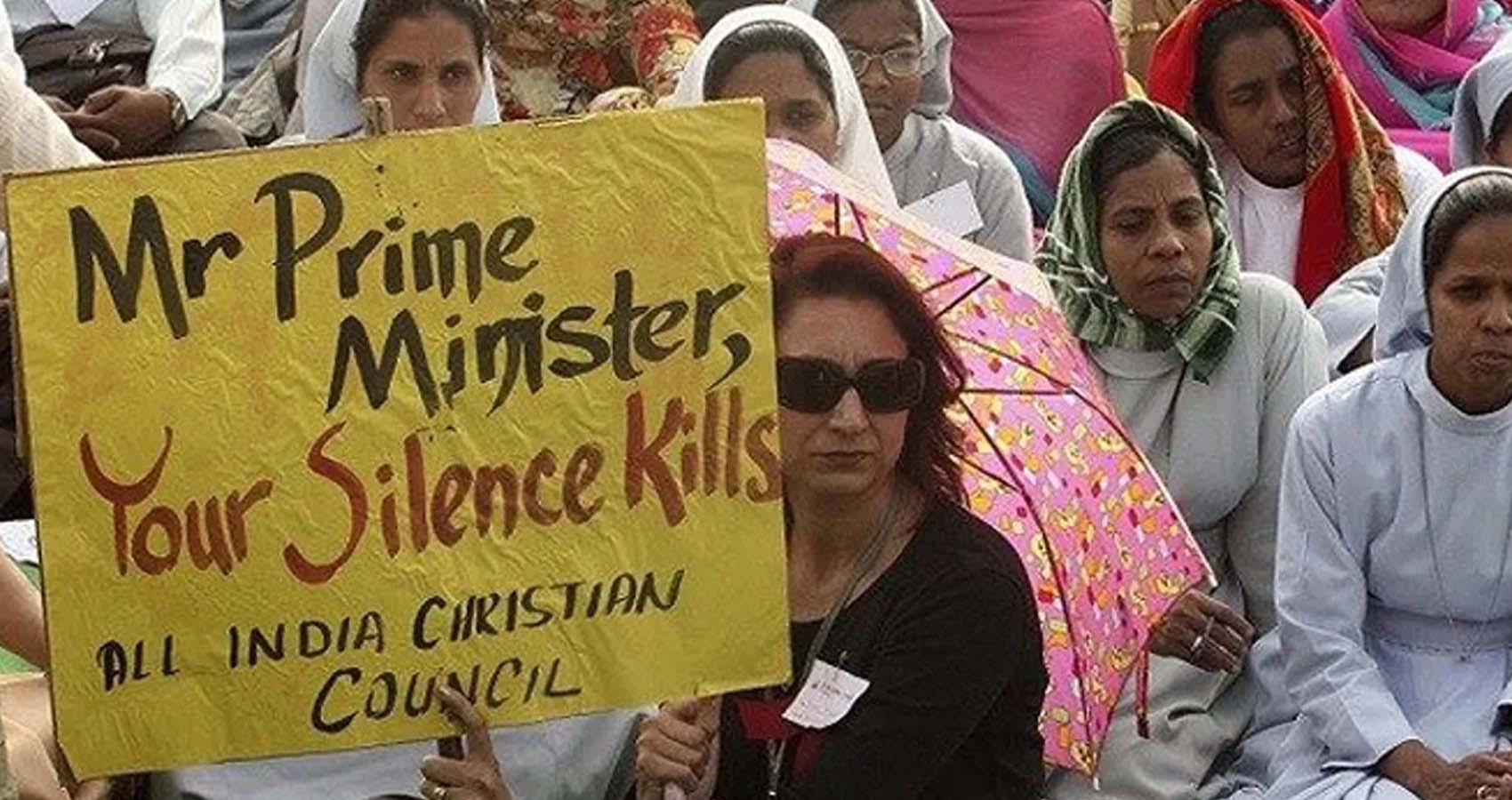
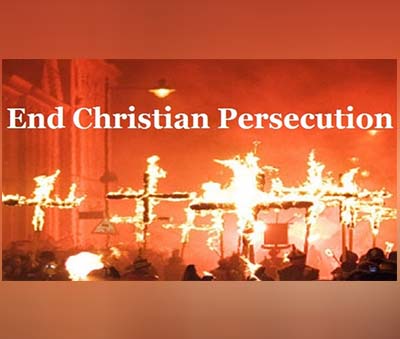 “A week from now, on December 9 and 10, the Biden Administration will be hosting the
“A week from now, on December 9 and 10, the Biden Administration will be hosting the 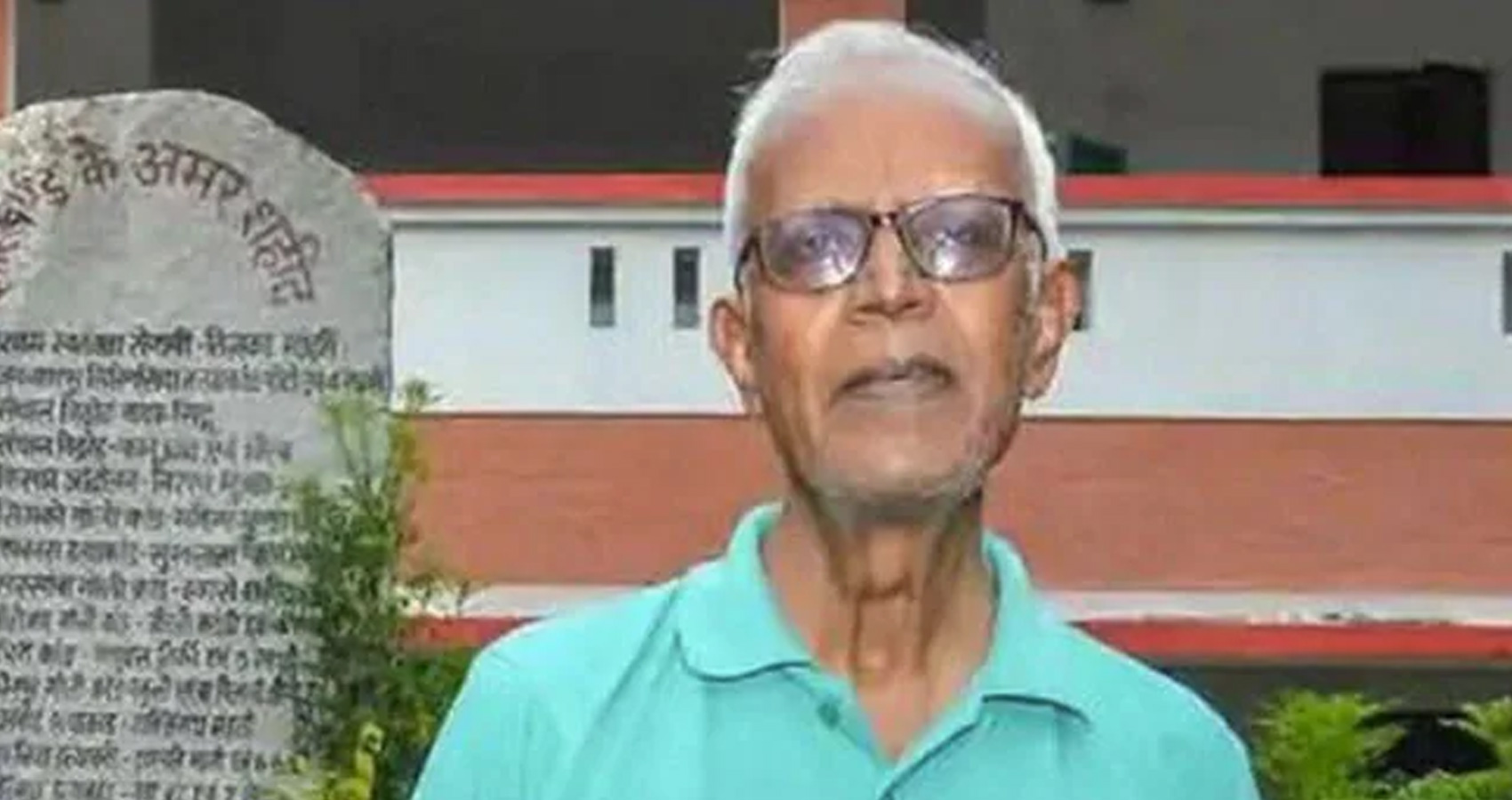
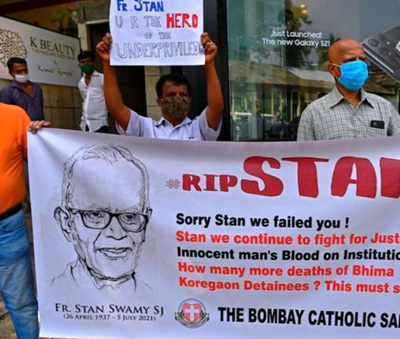 The 84-year-old Jesuit was arrested on Oct. 8, 2020, by the National Investigation Agency (NIA), a federal anti-terror combat unit, from his residence on the outskirts of Jharkhand’s state capital Ranchi in eastern India.
The 84-year-old Jesuit was arrested on Oct. 8, 2020, by the National Investigation Agency (NIA), a federal anti-terror combat unit, from his residence on the outskirts of Jharkhand’s state capital Ranchi in eastern India.